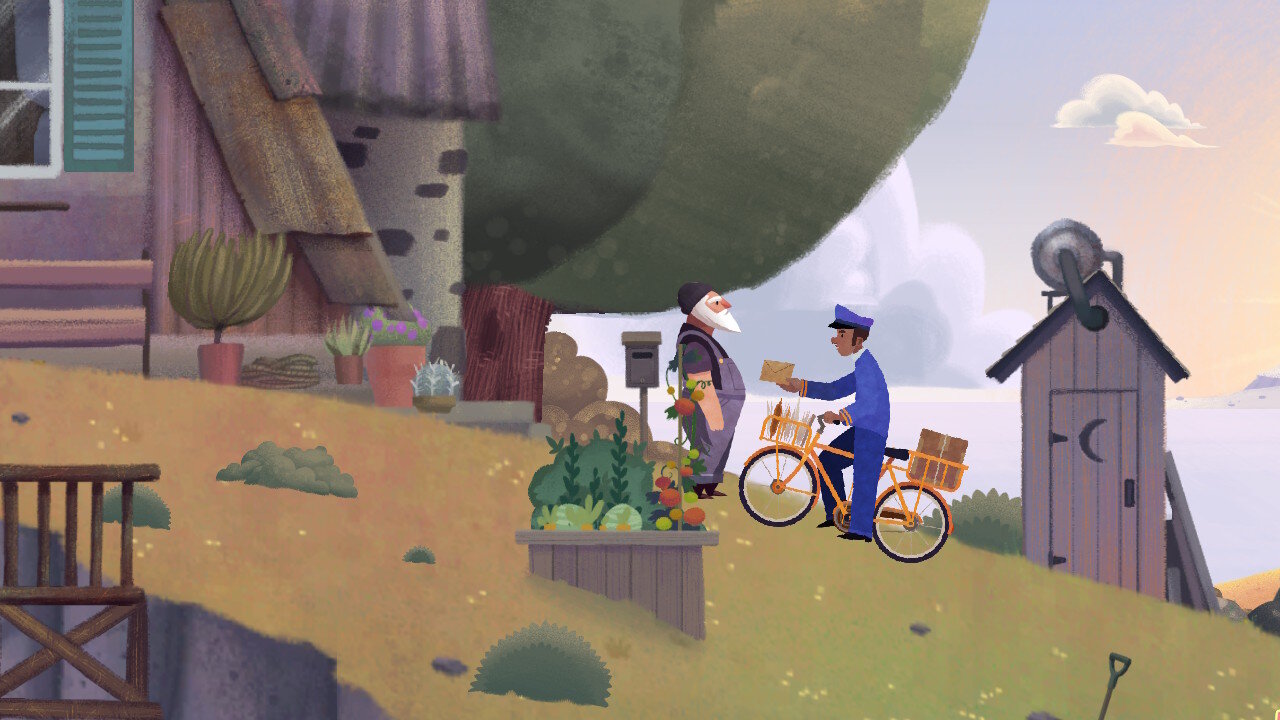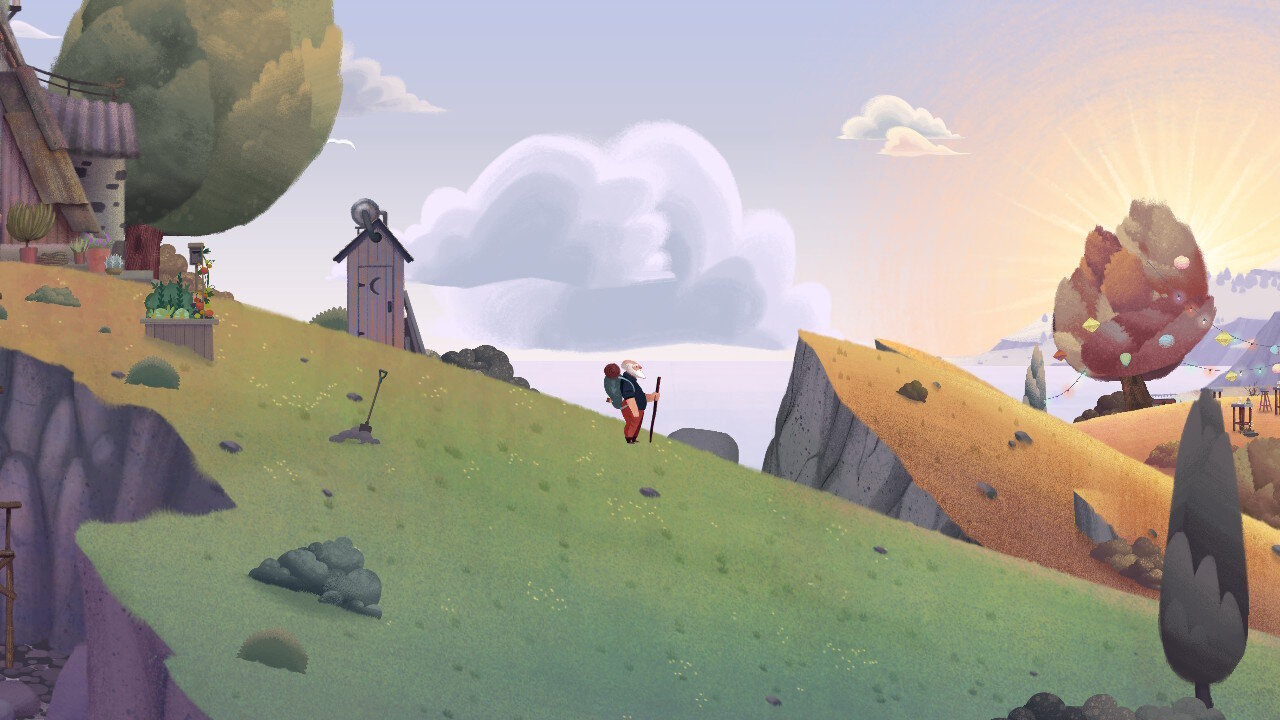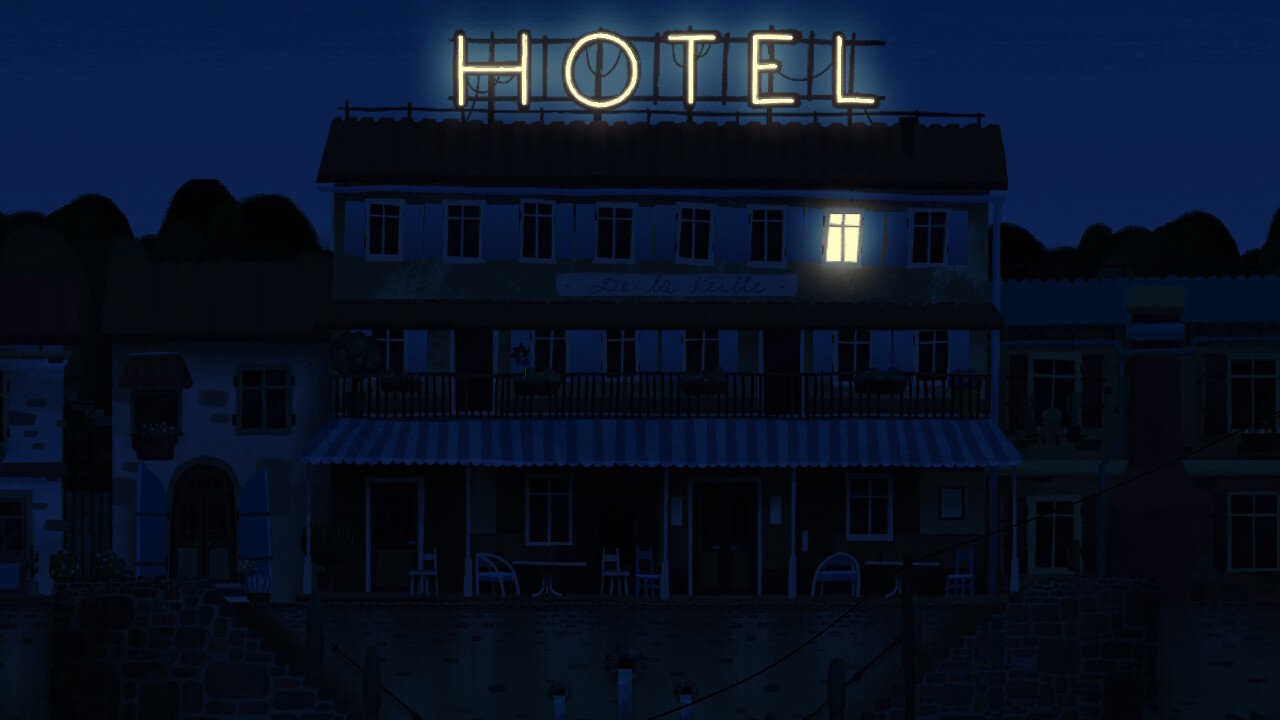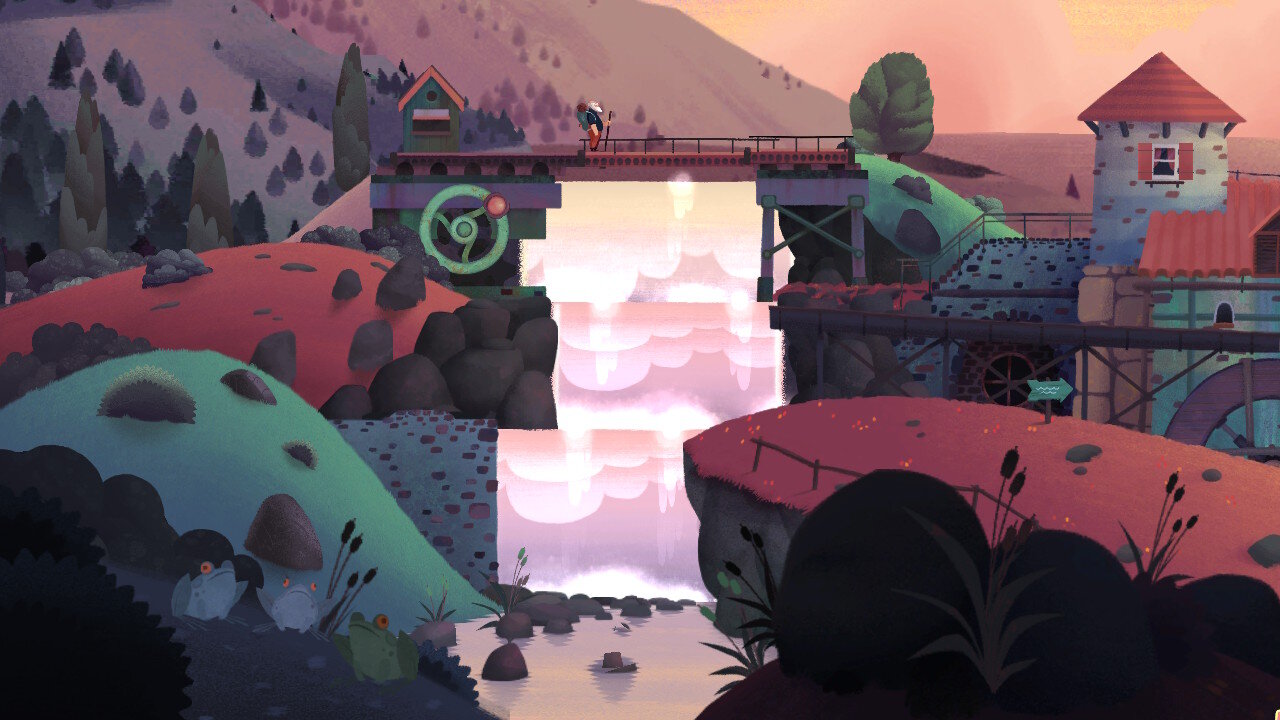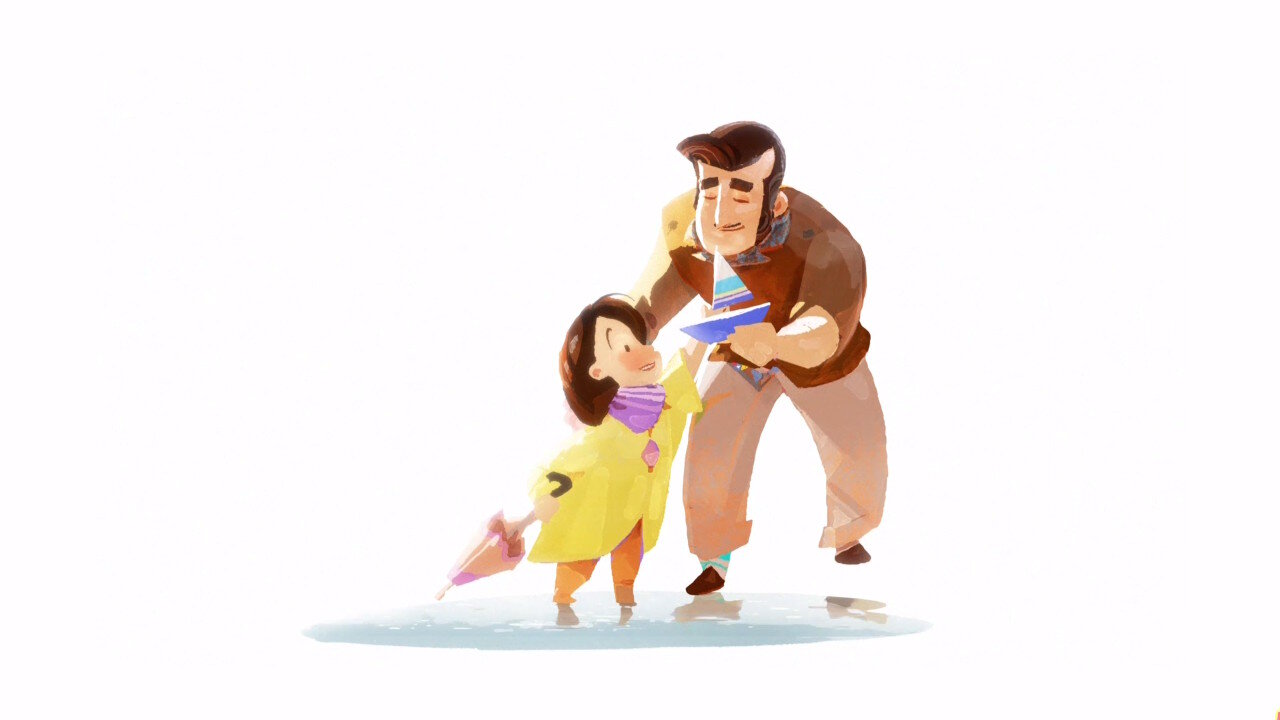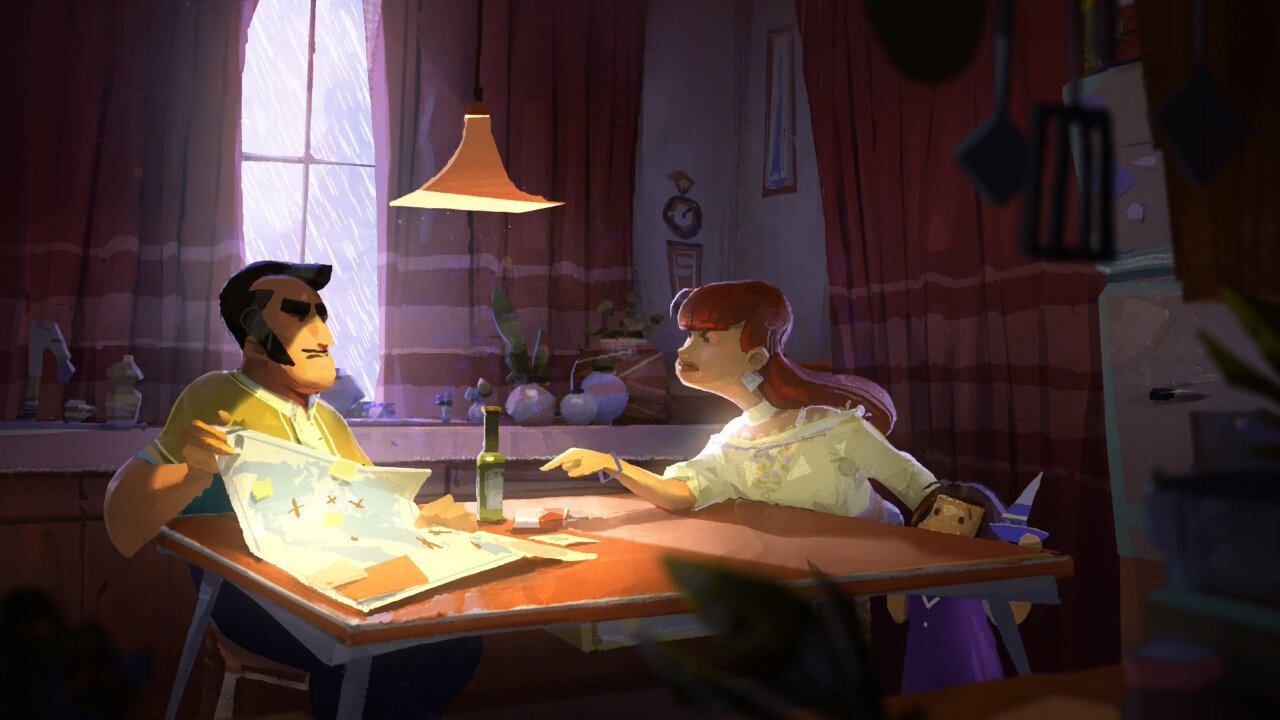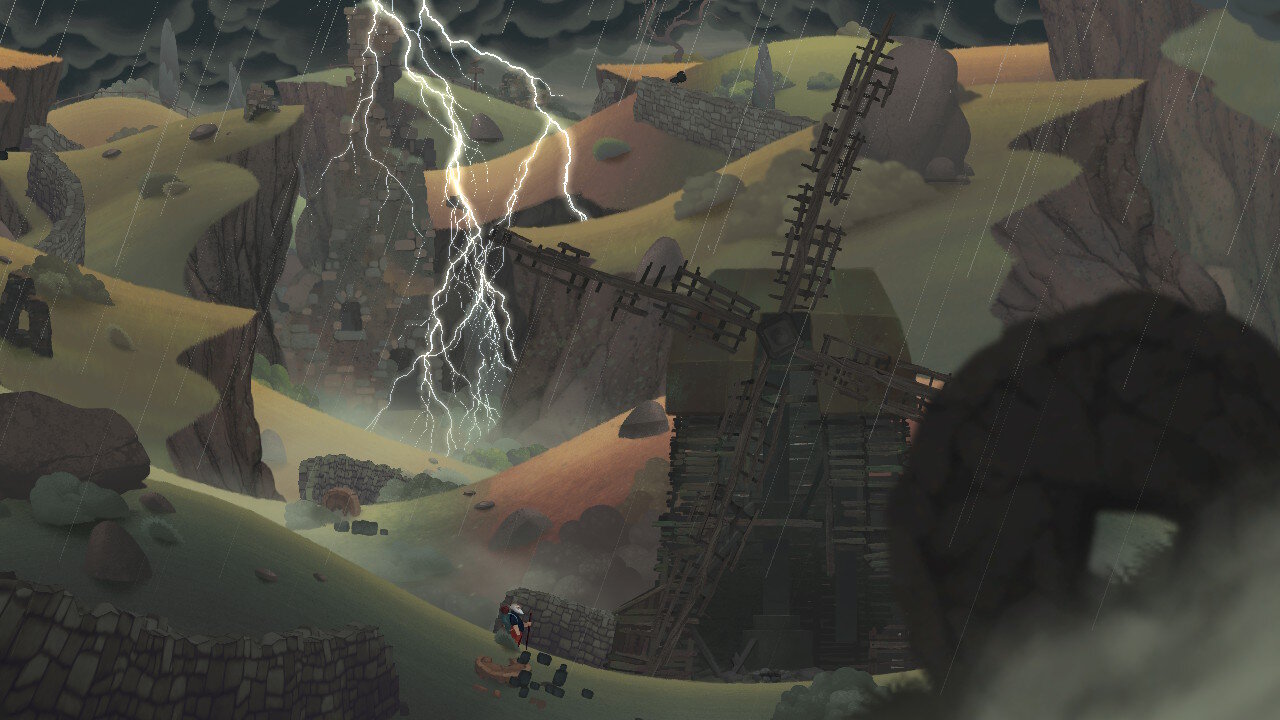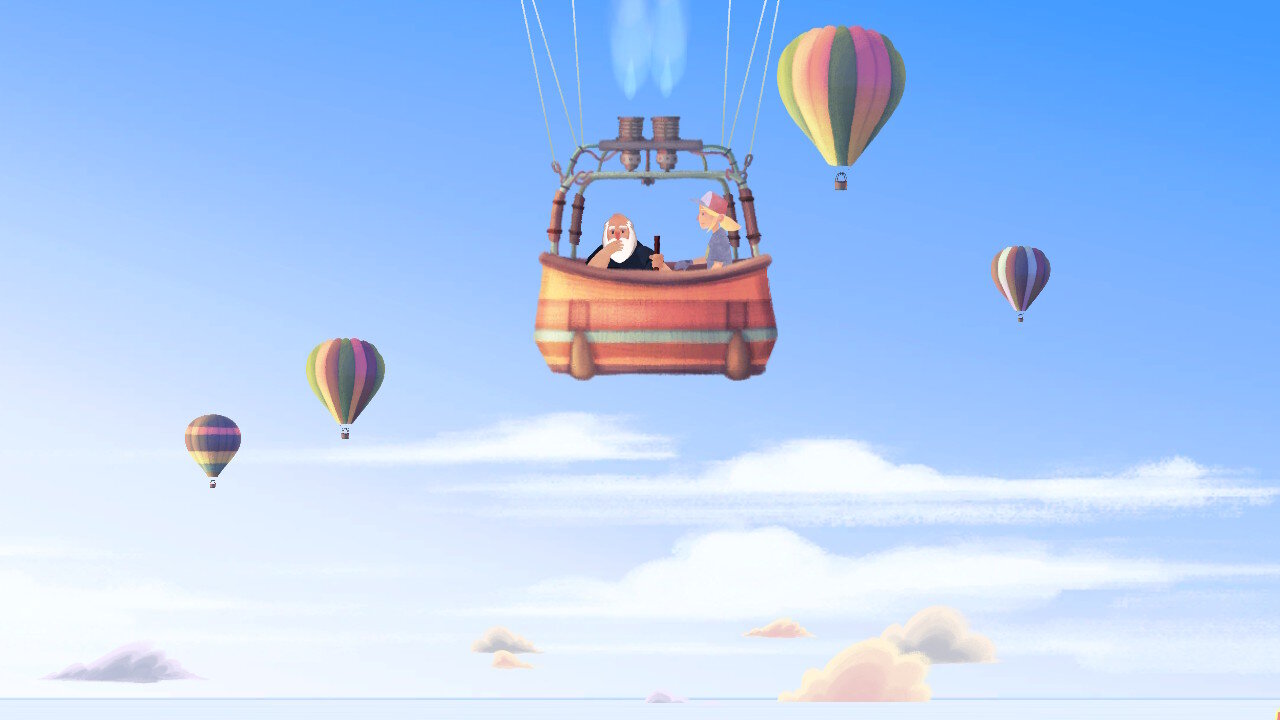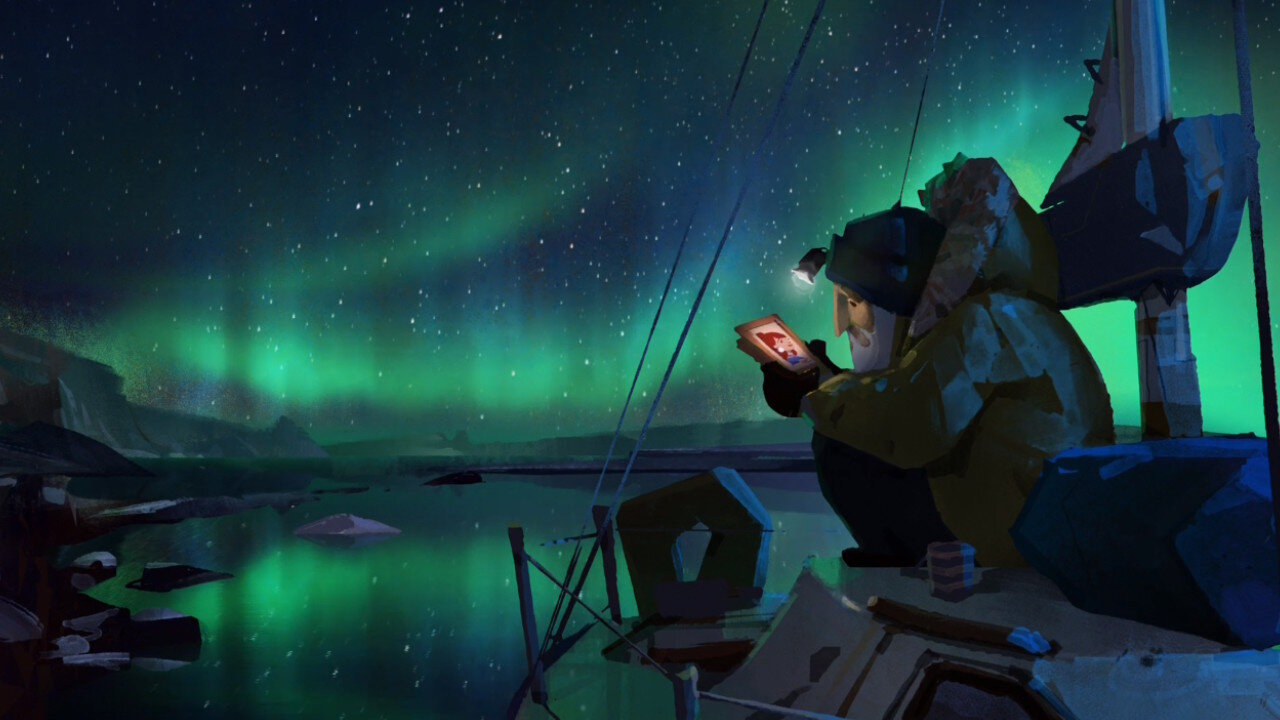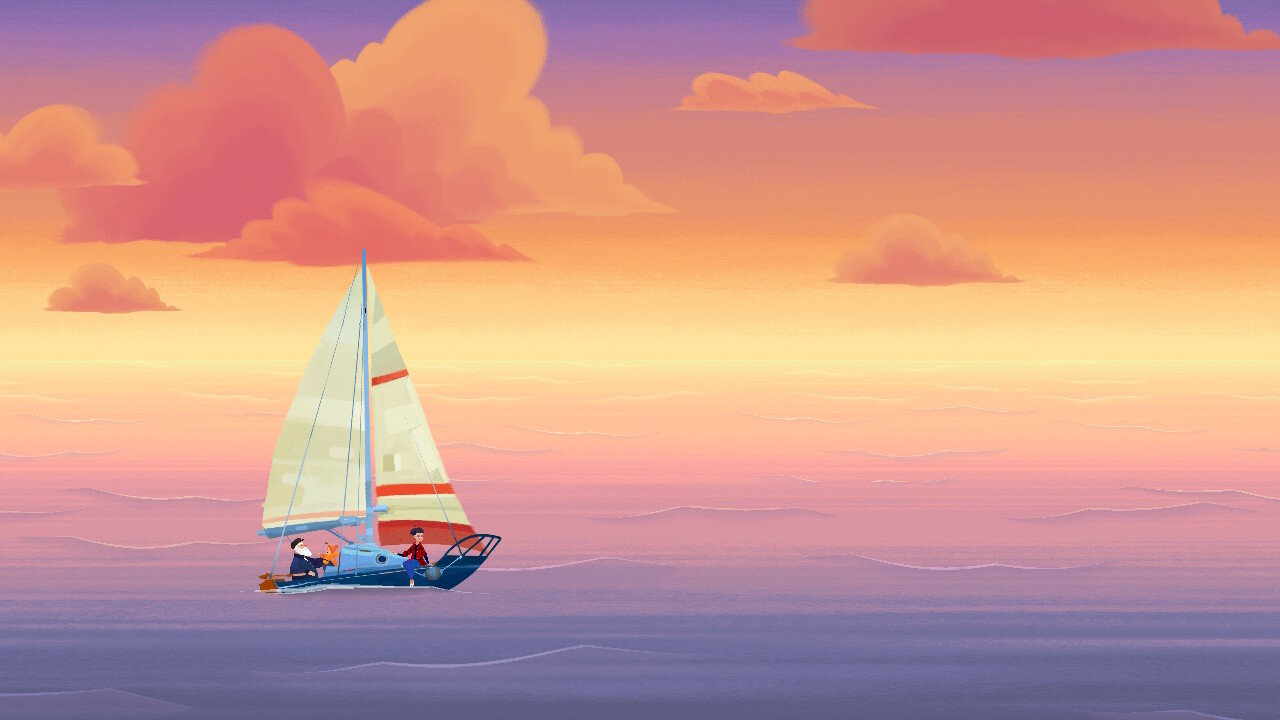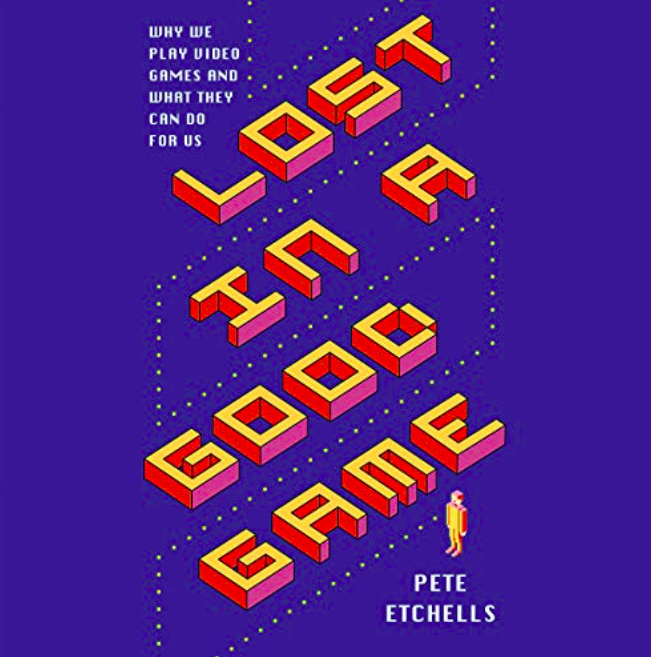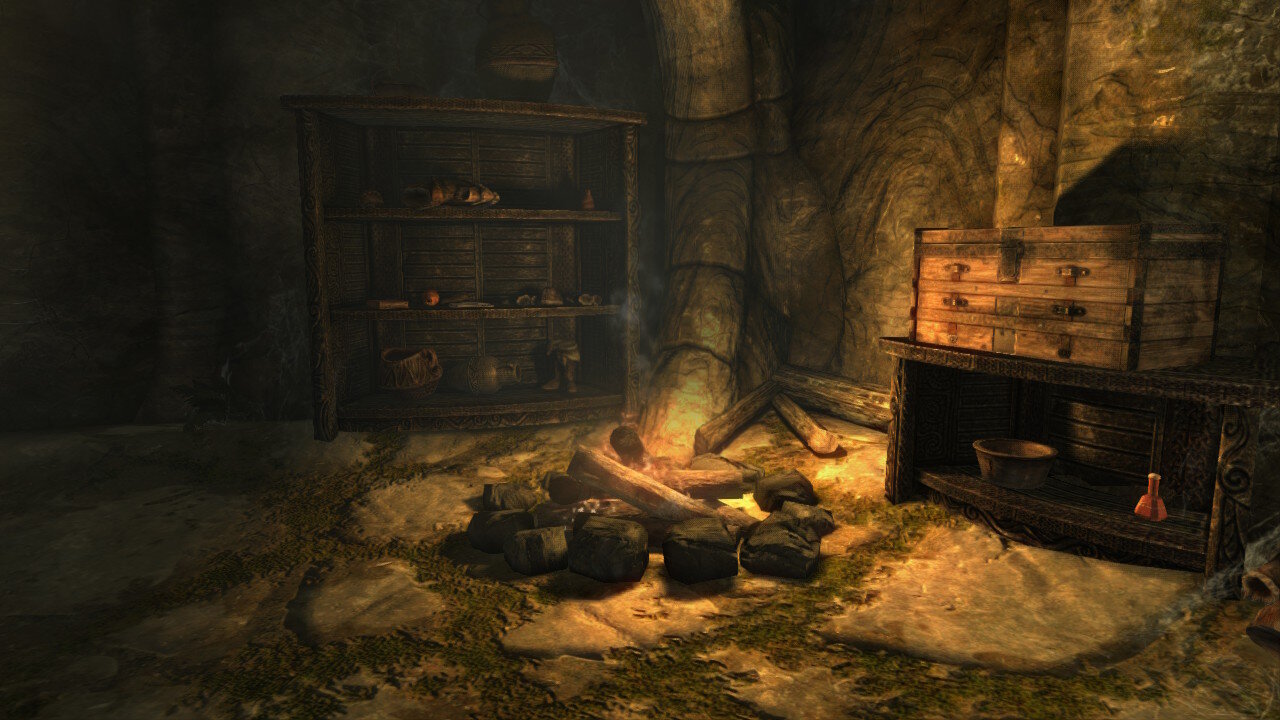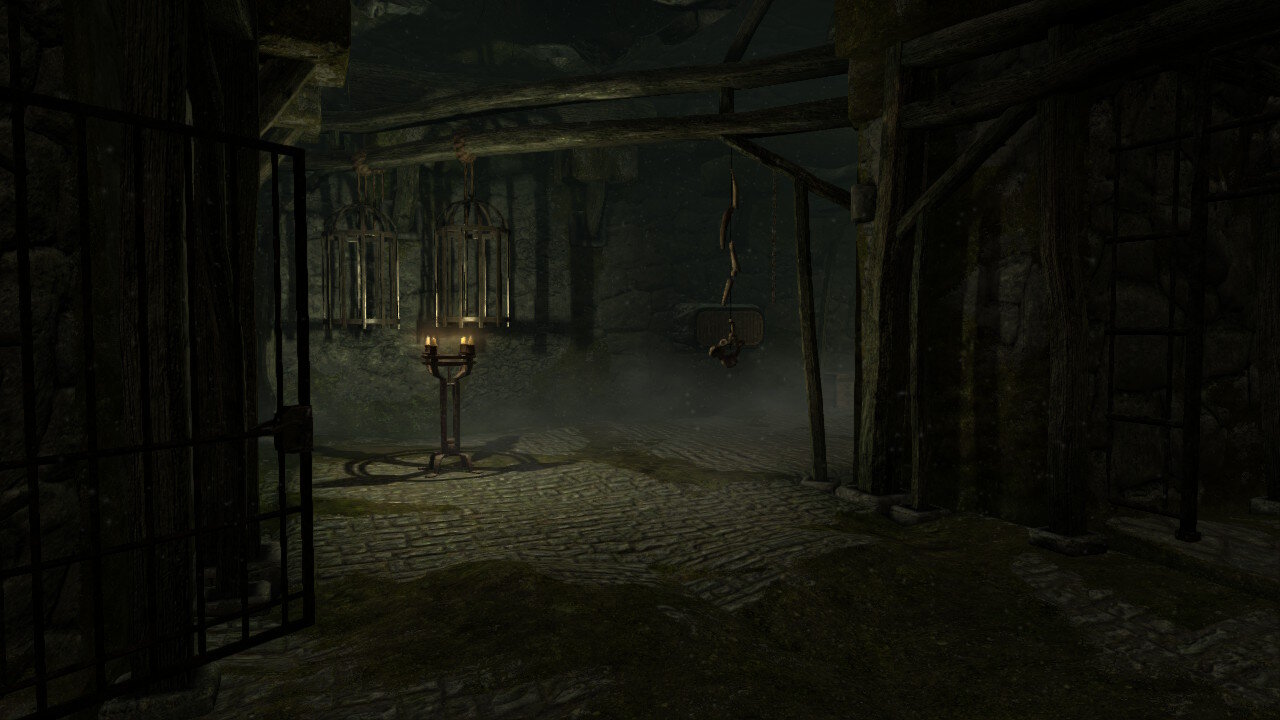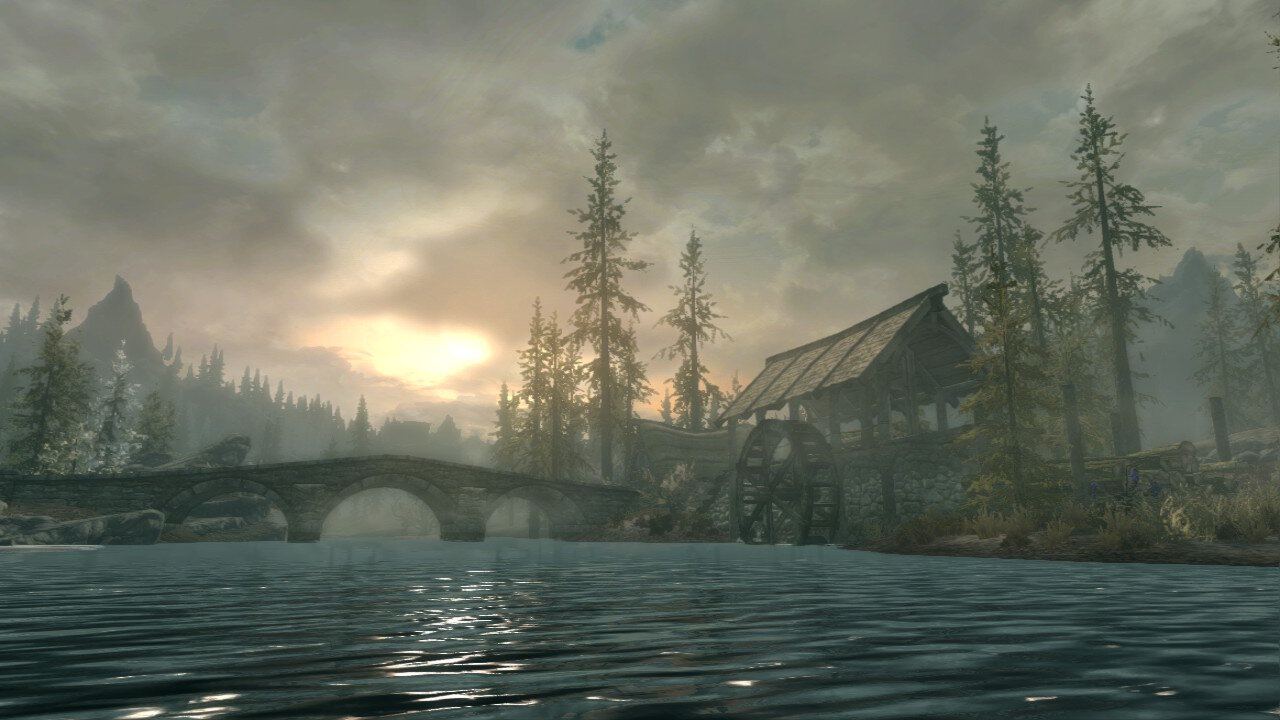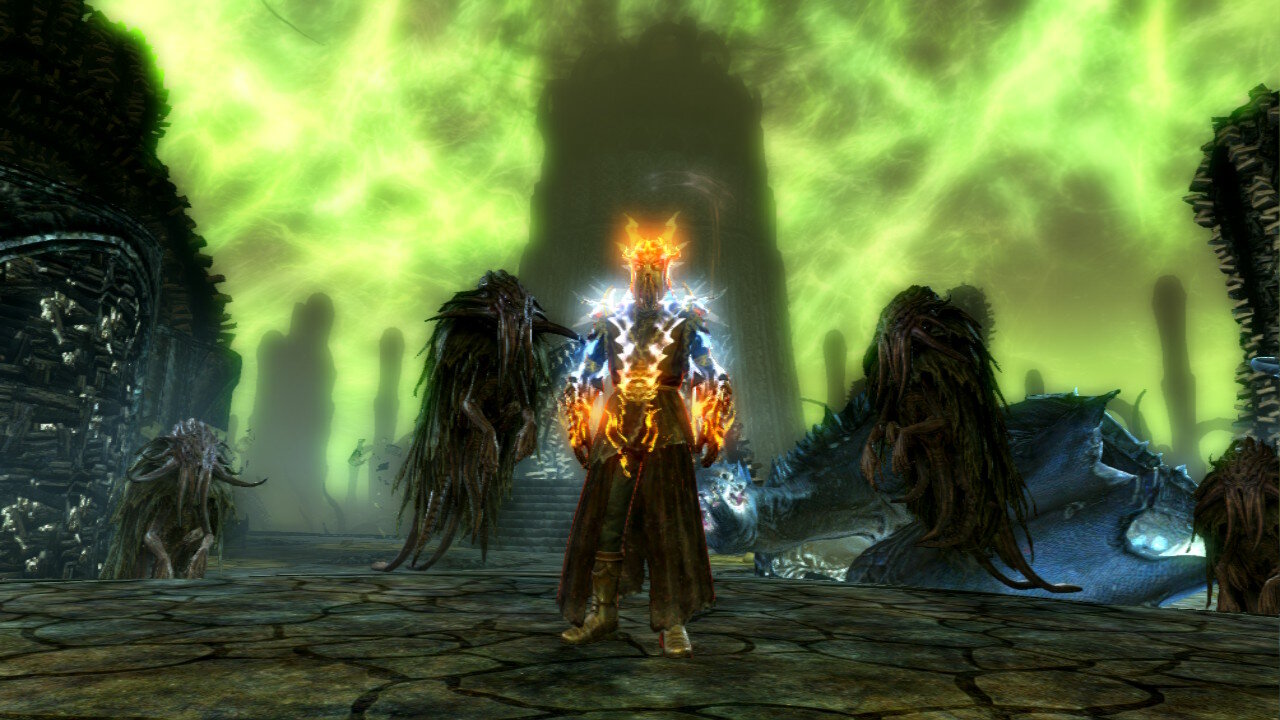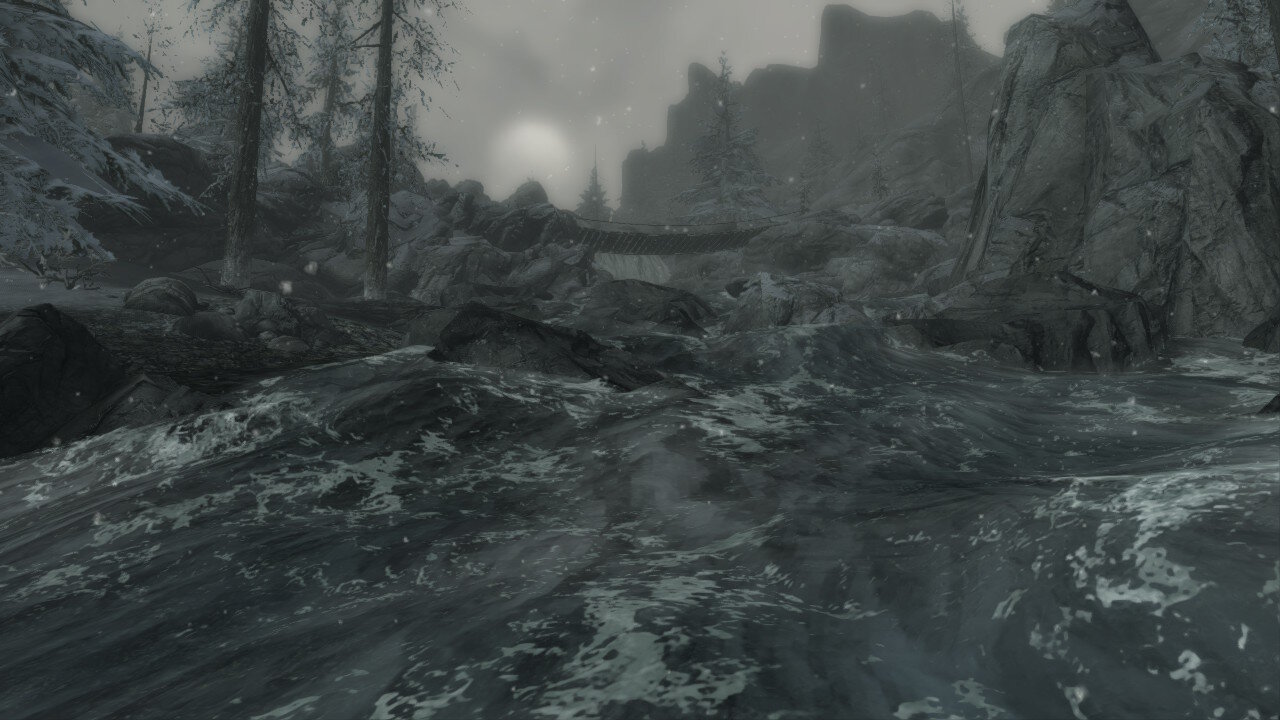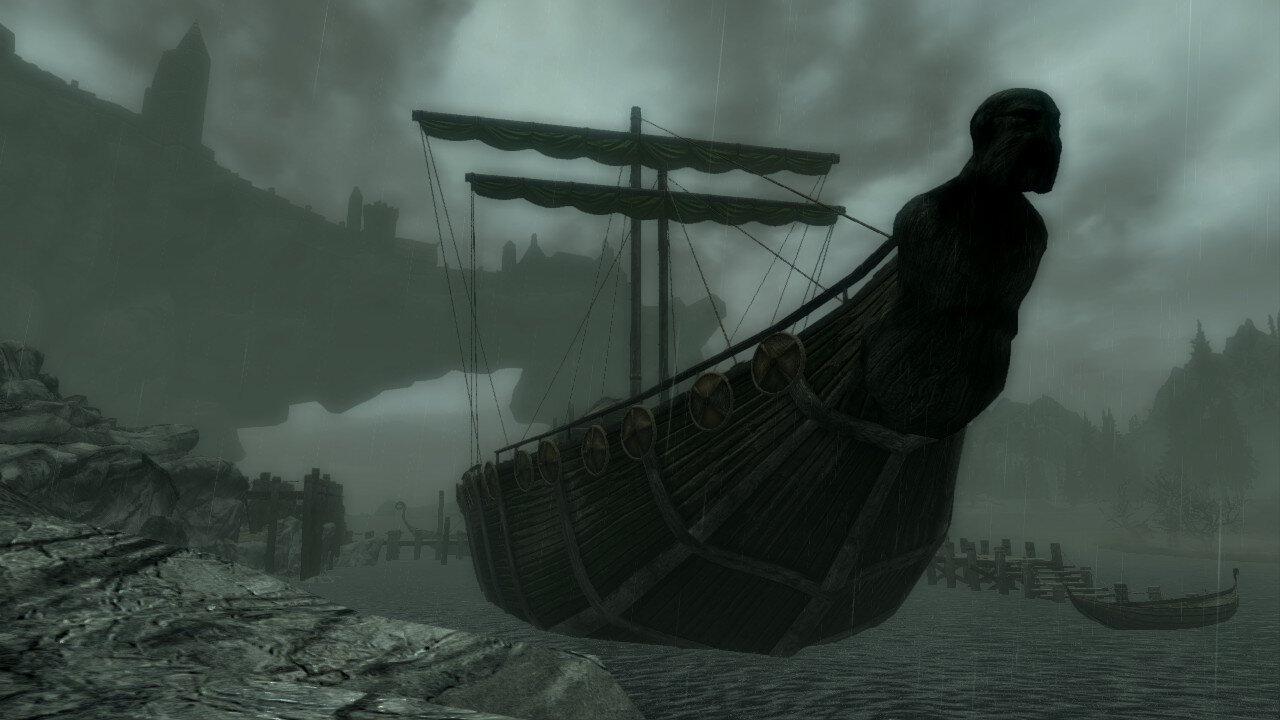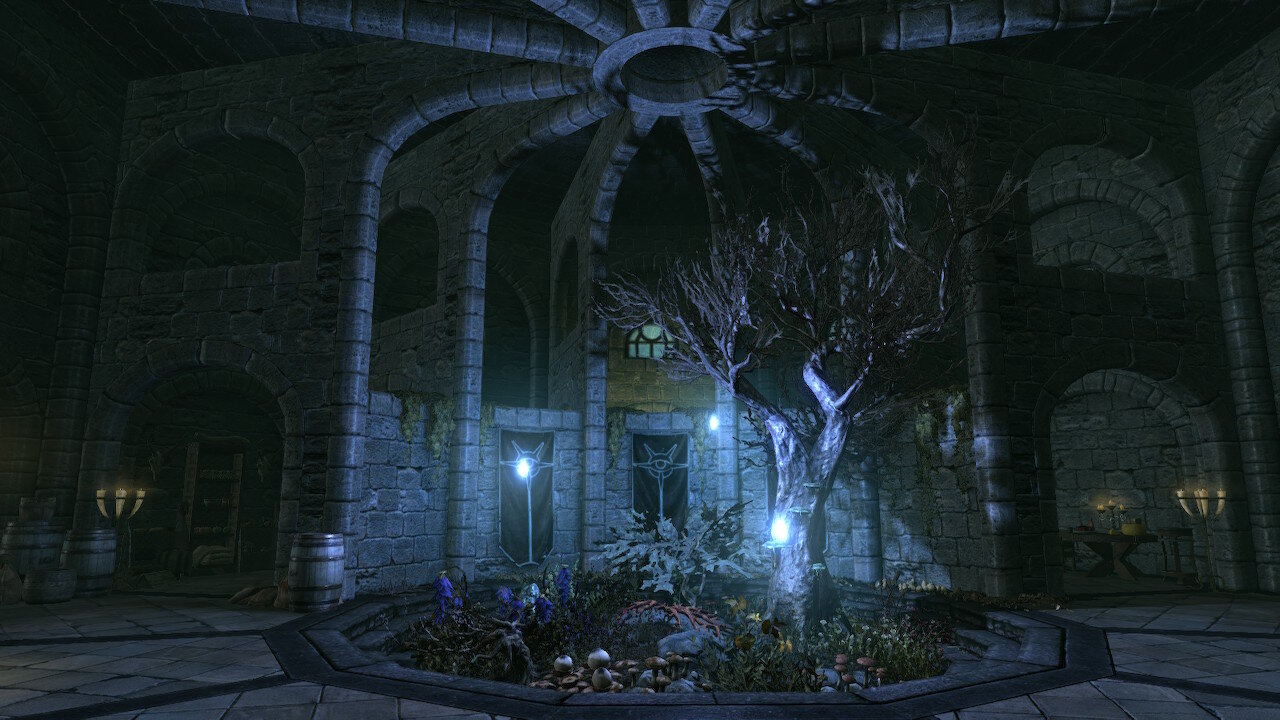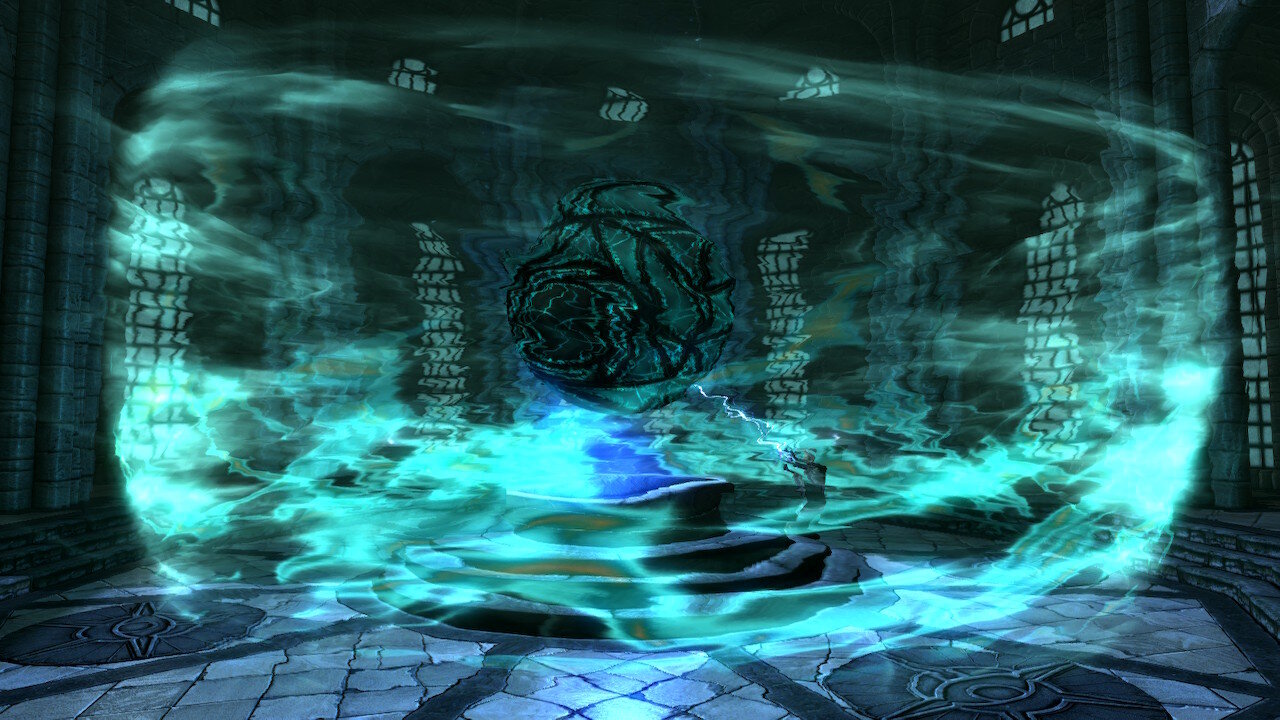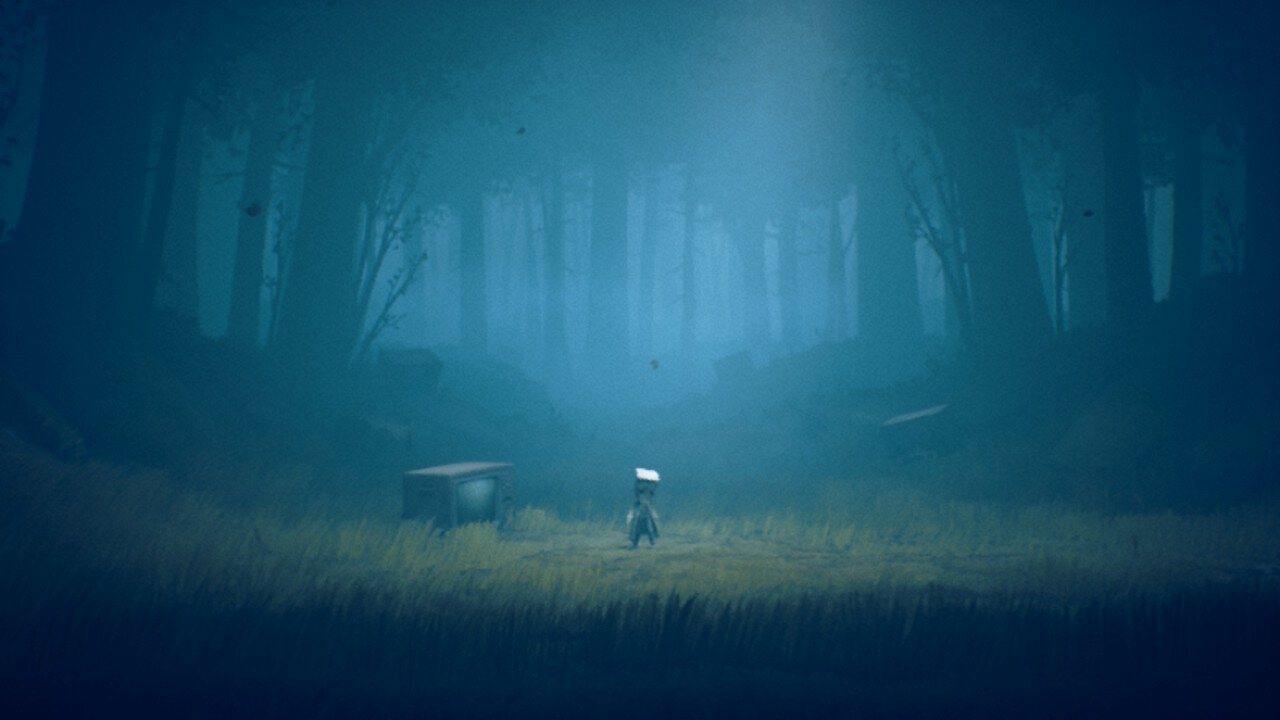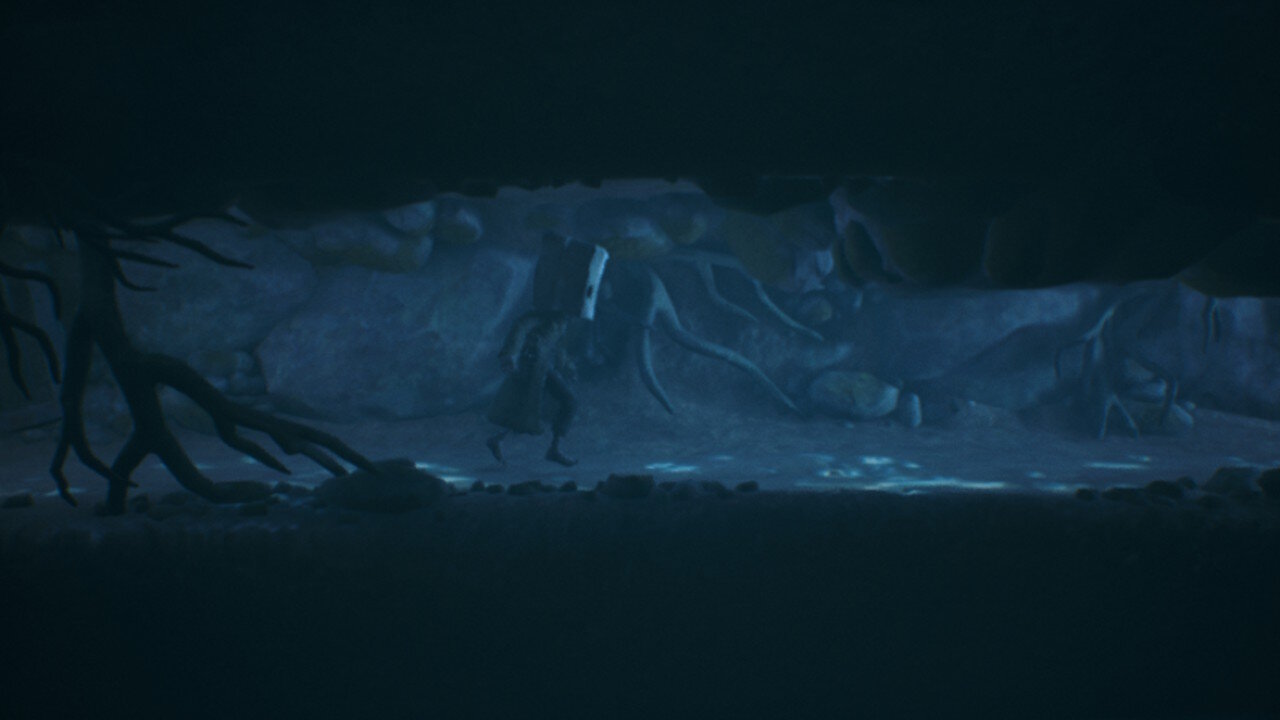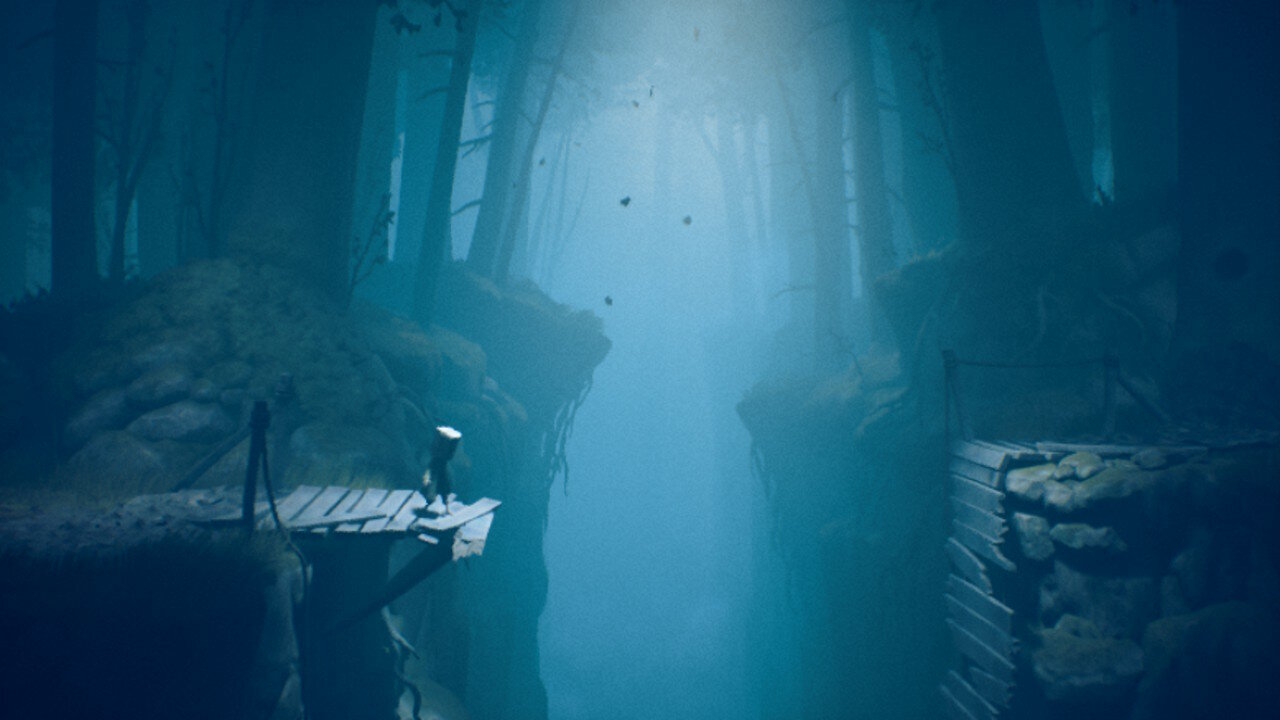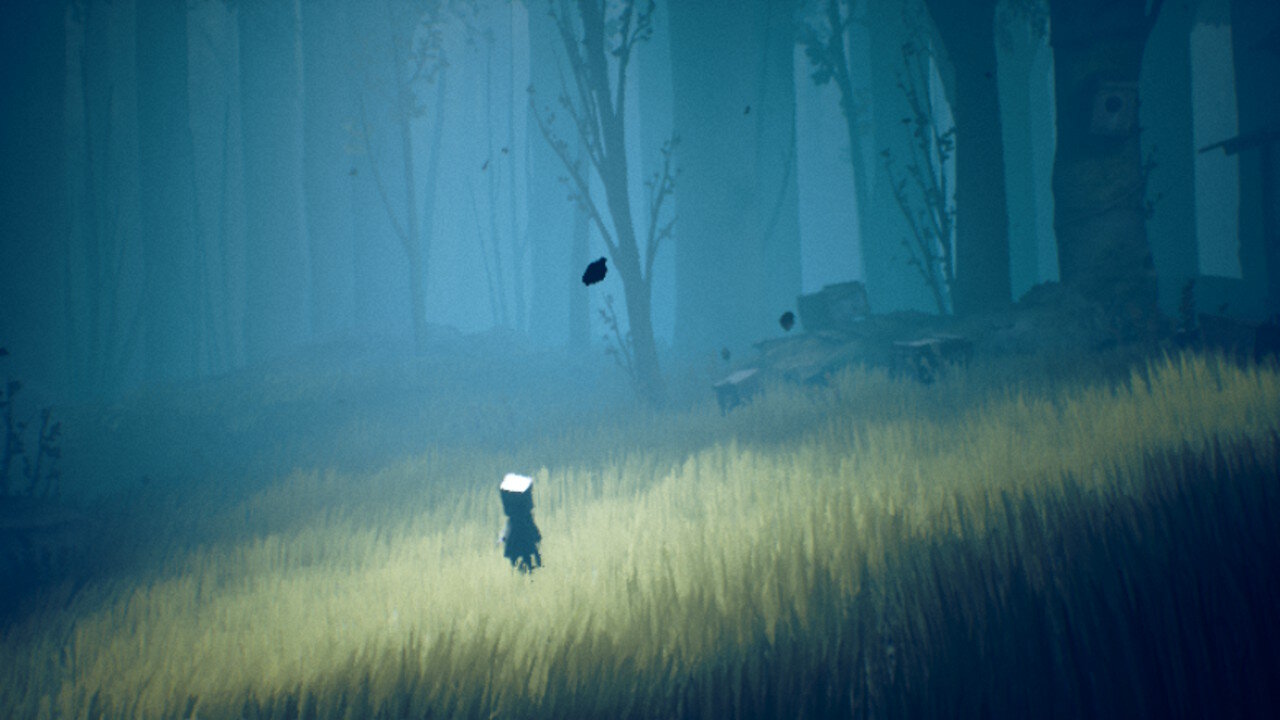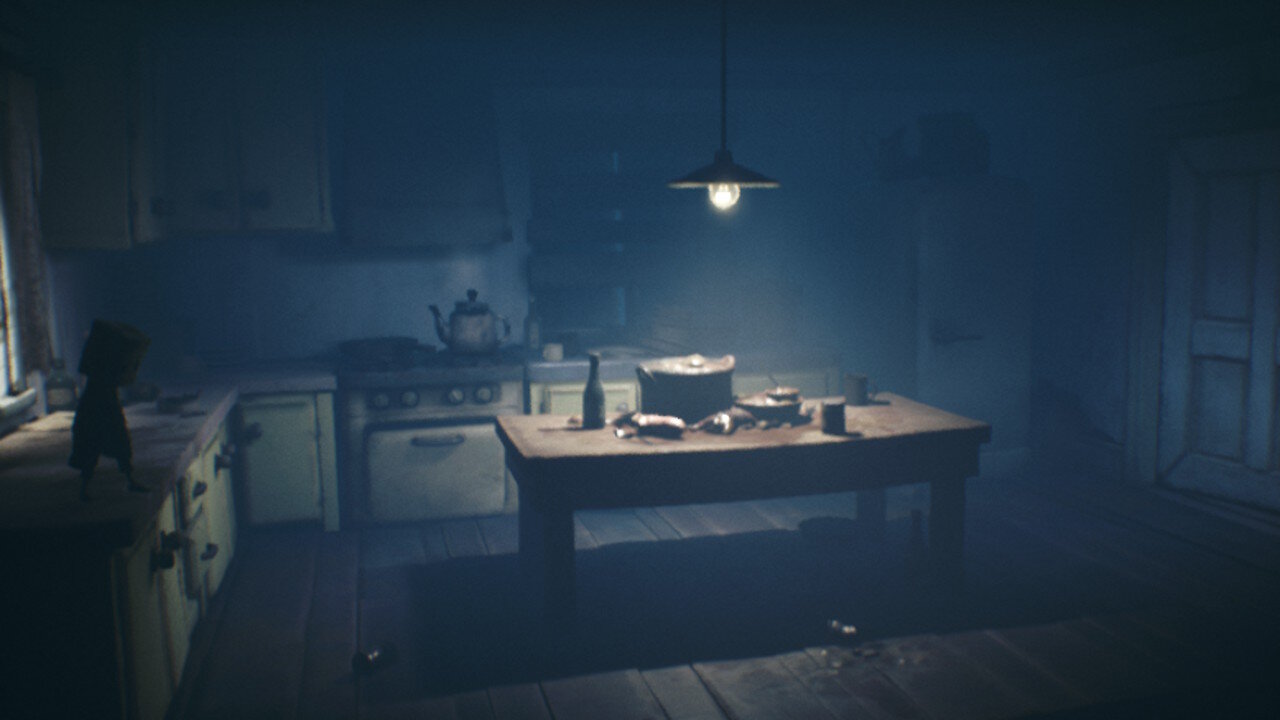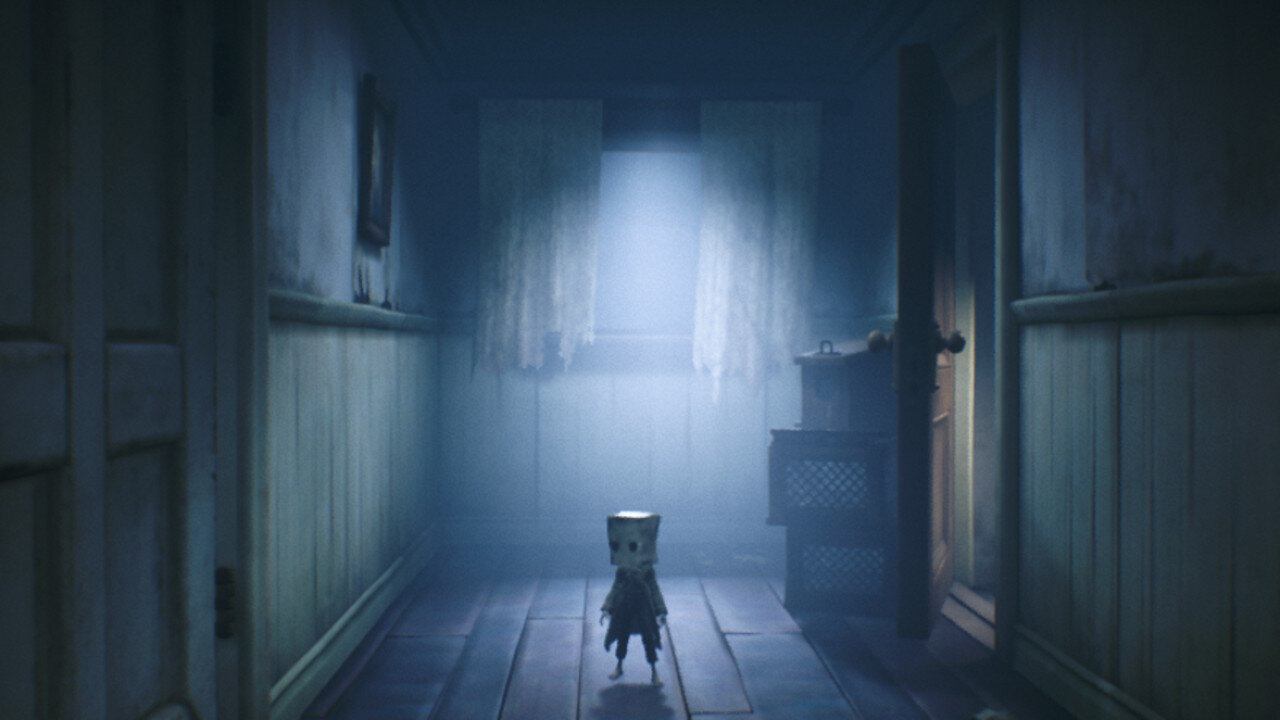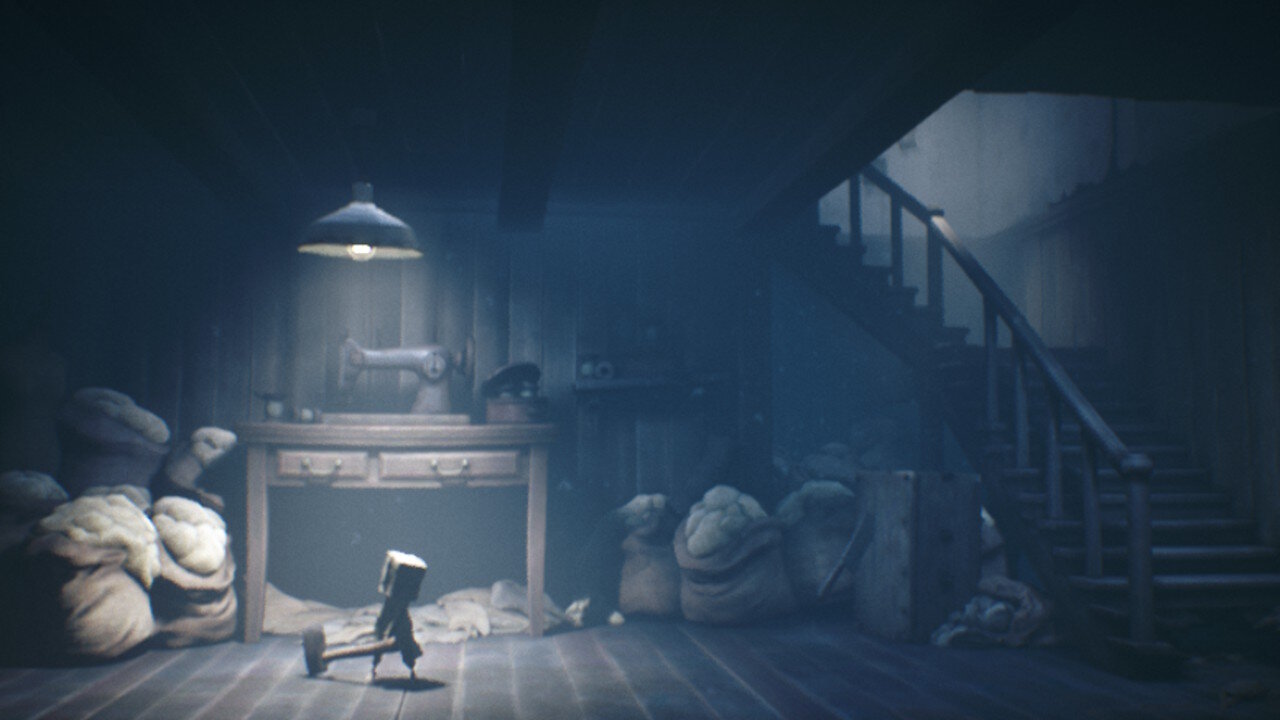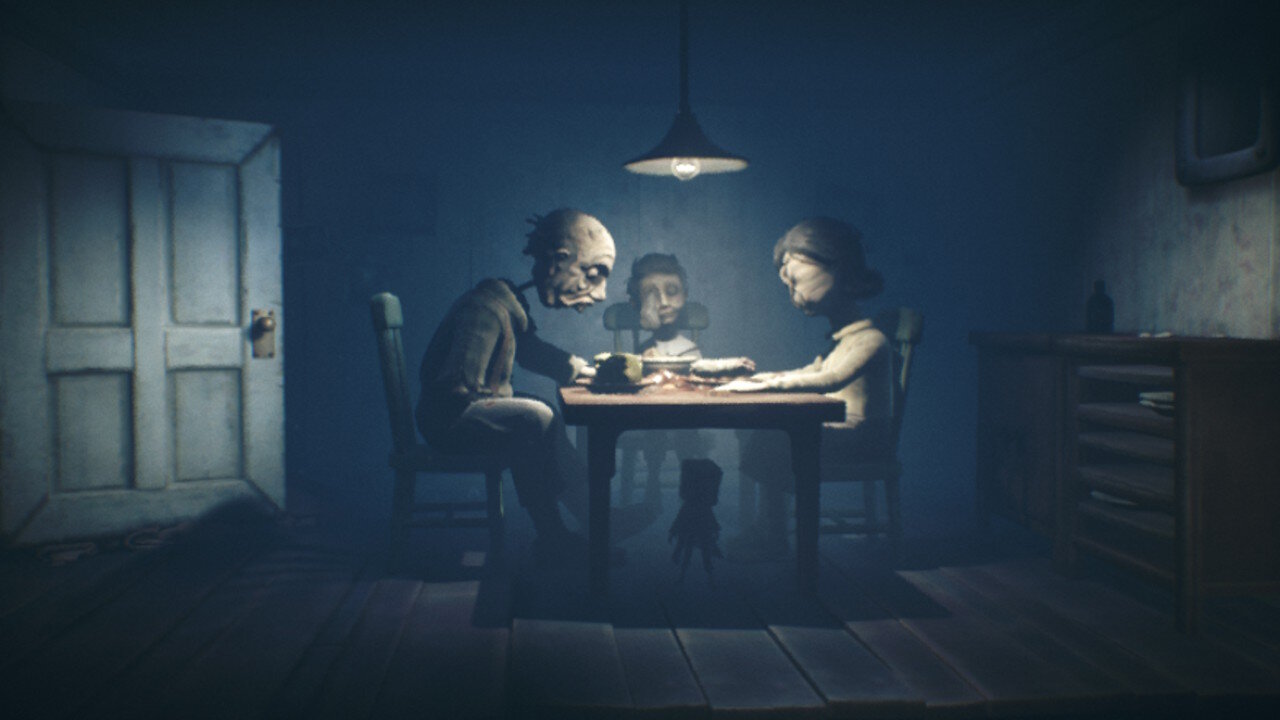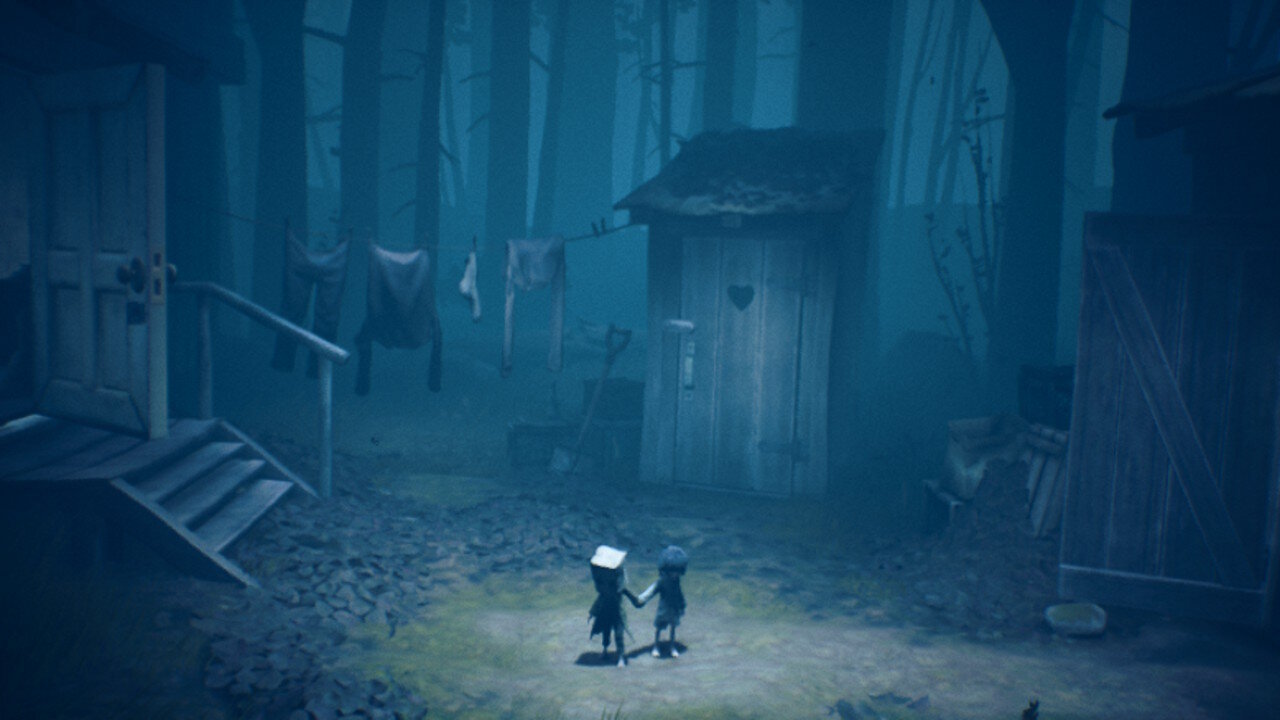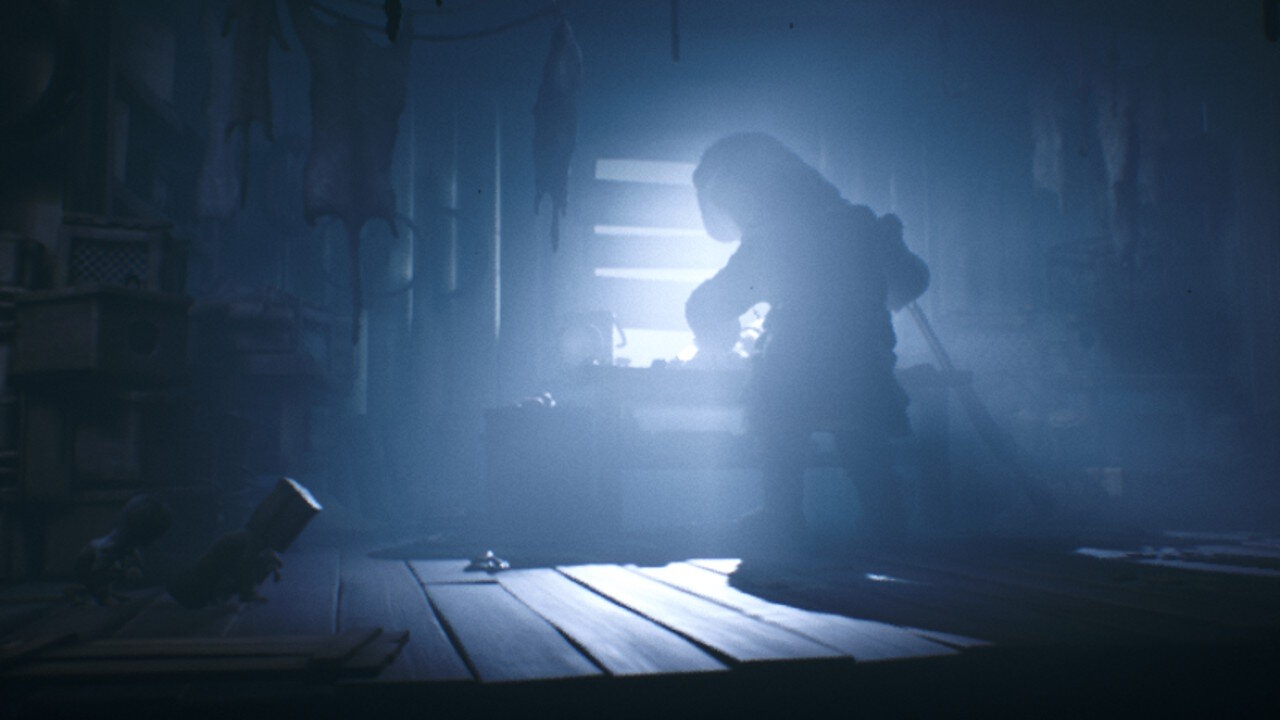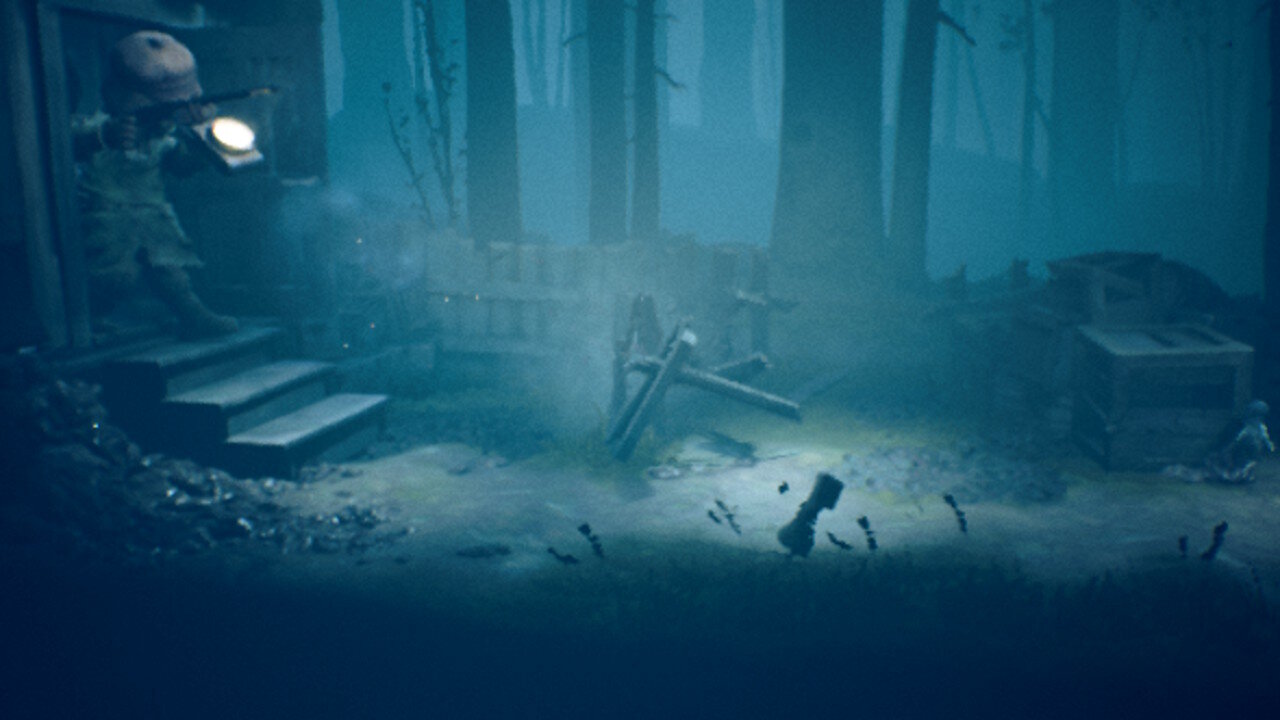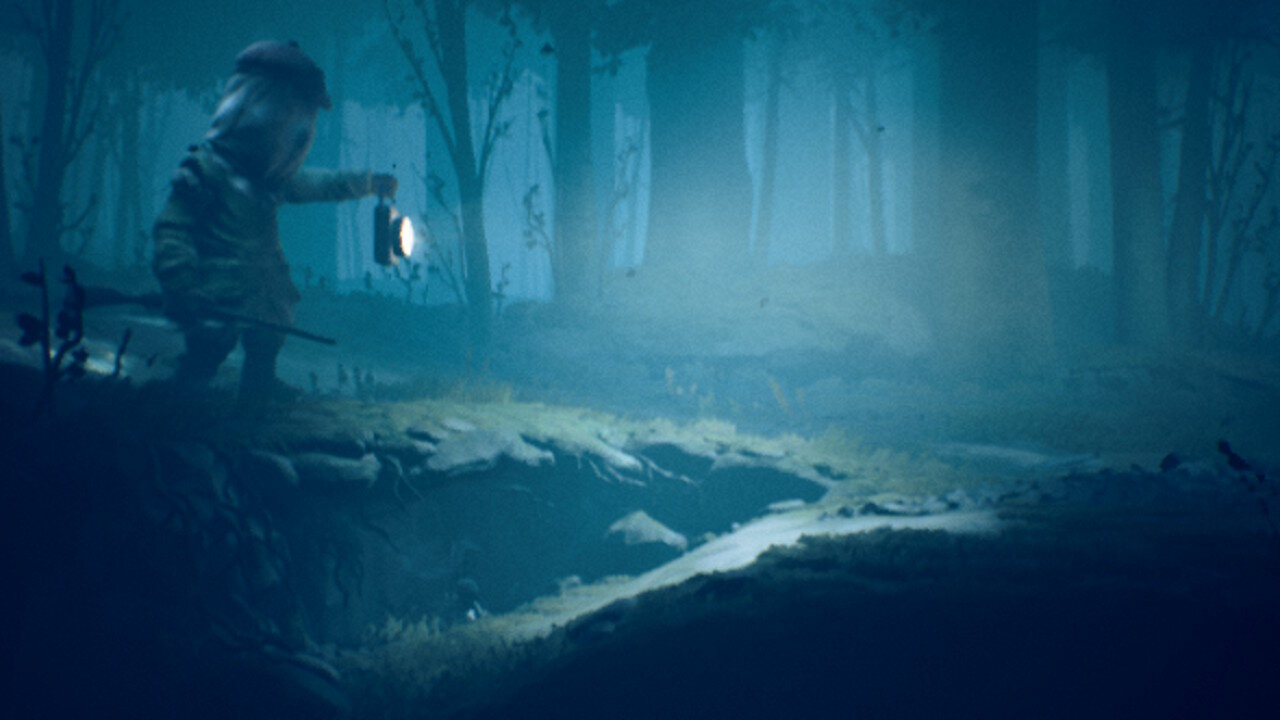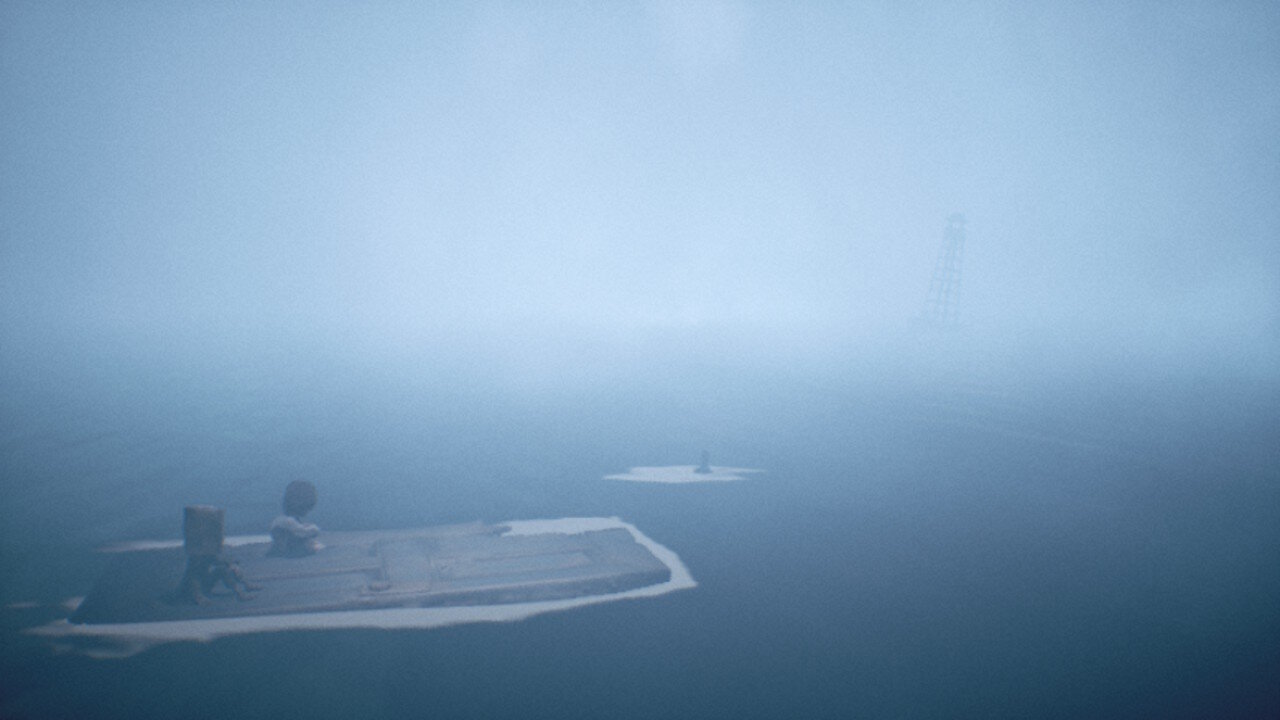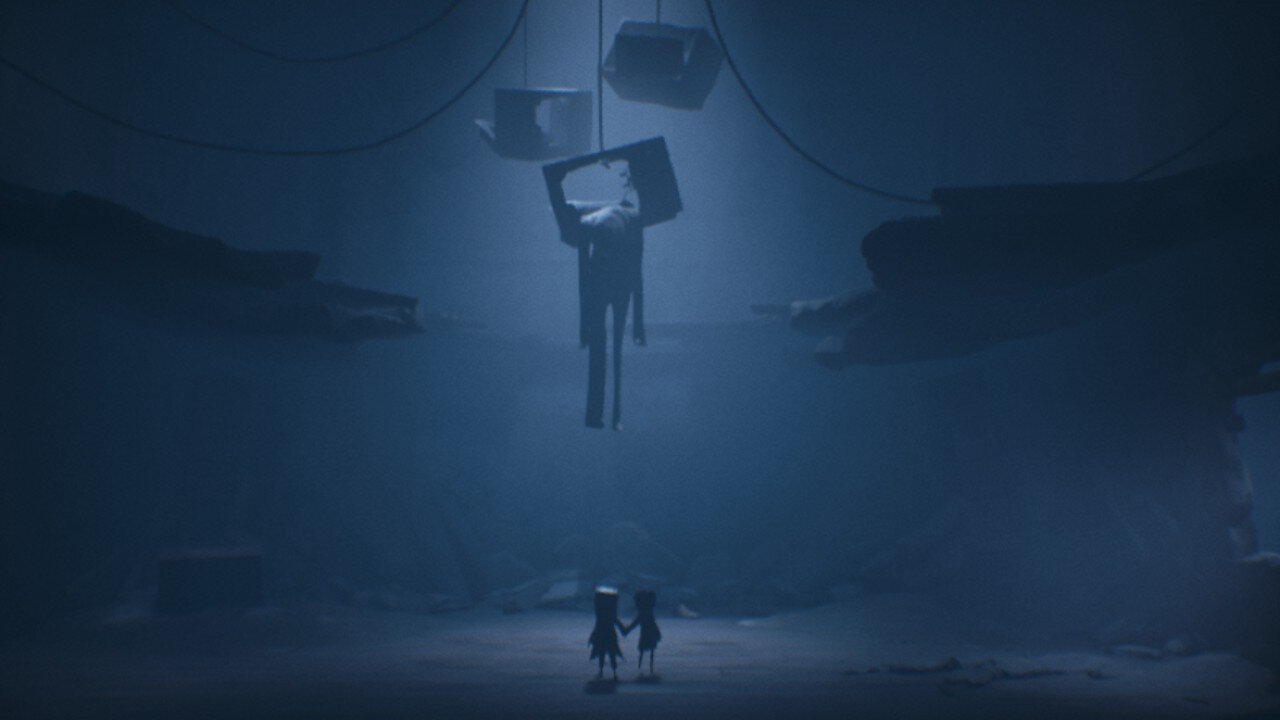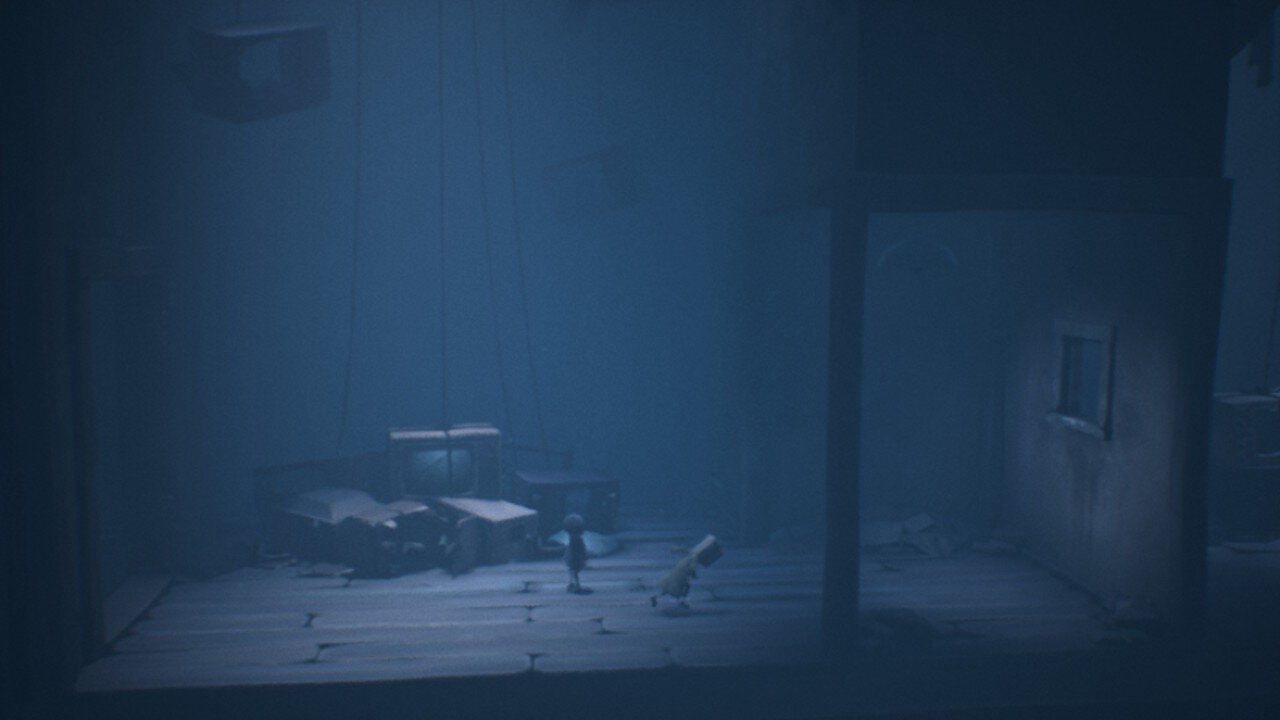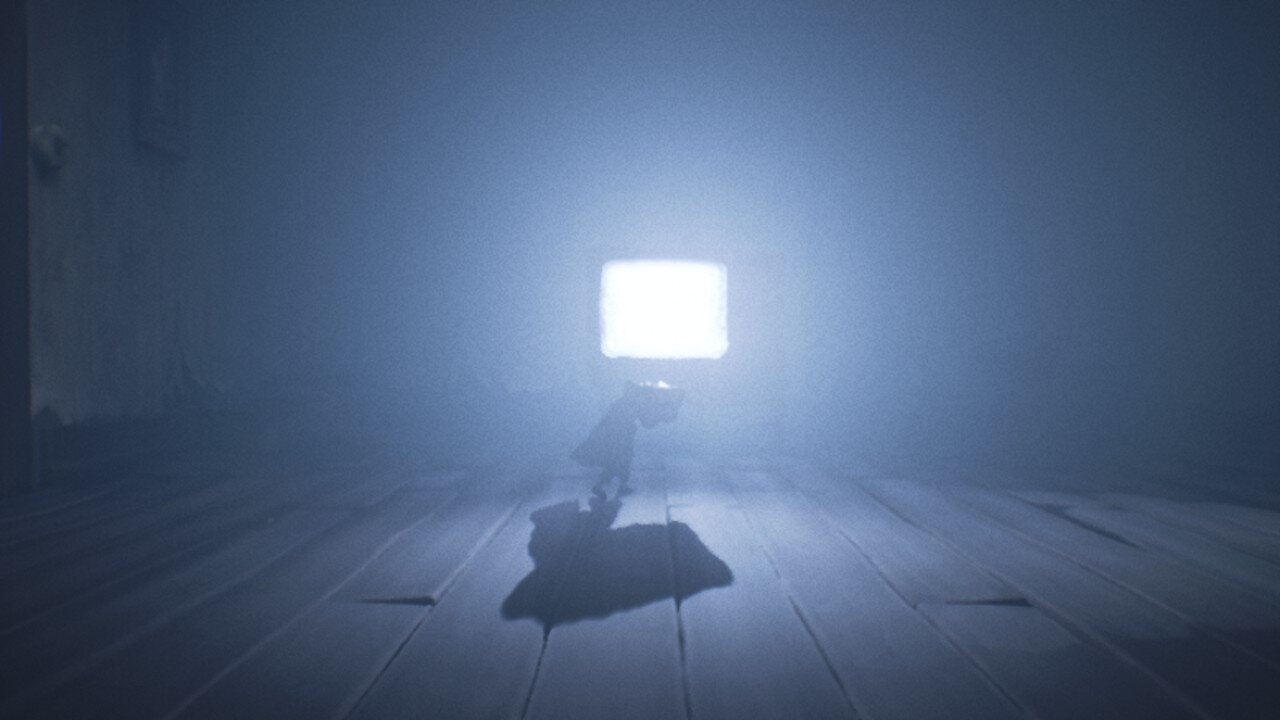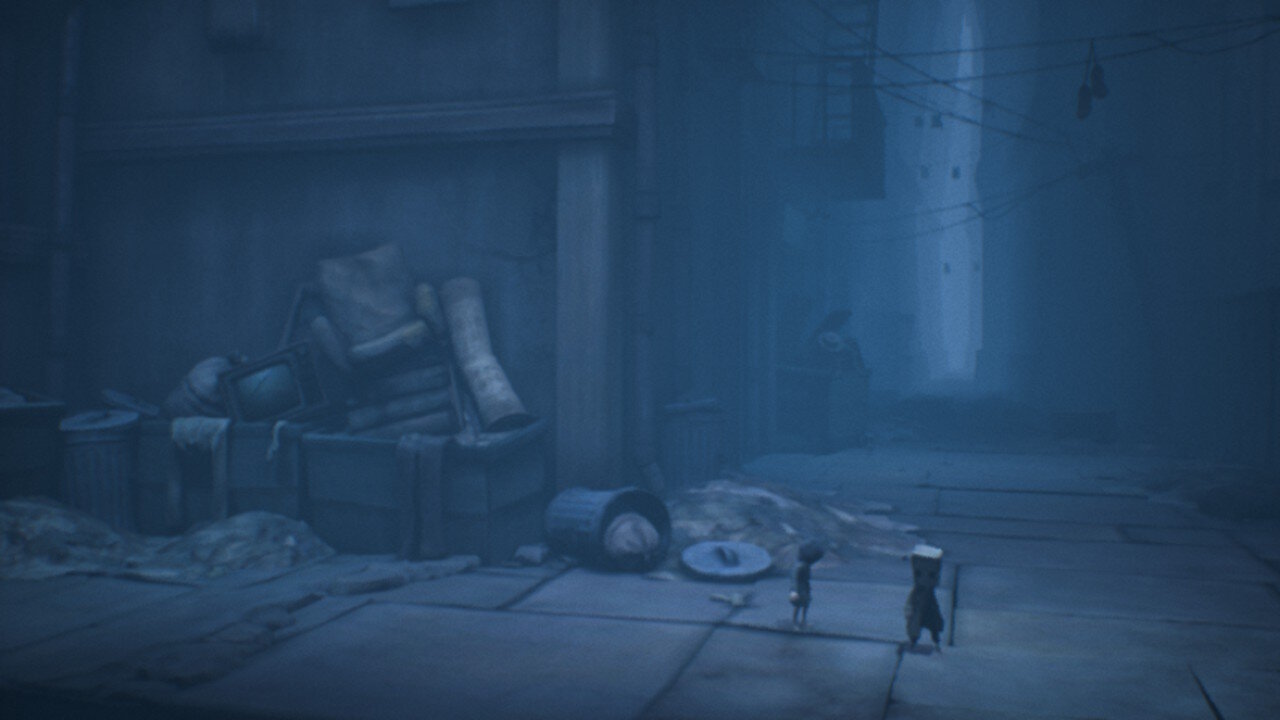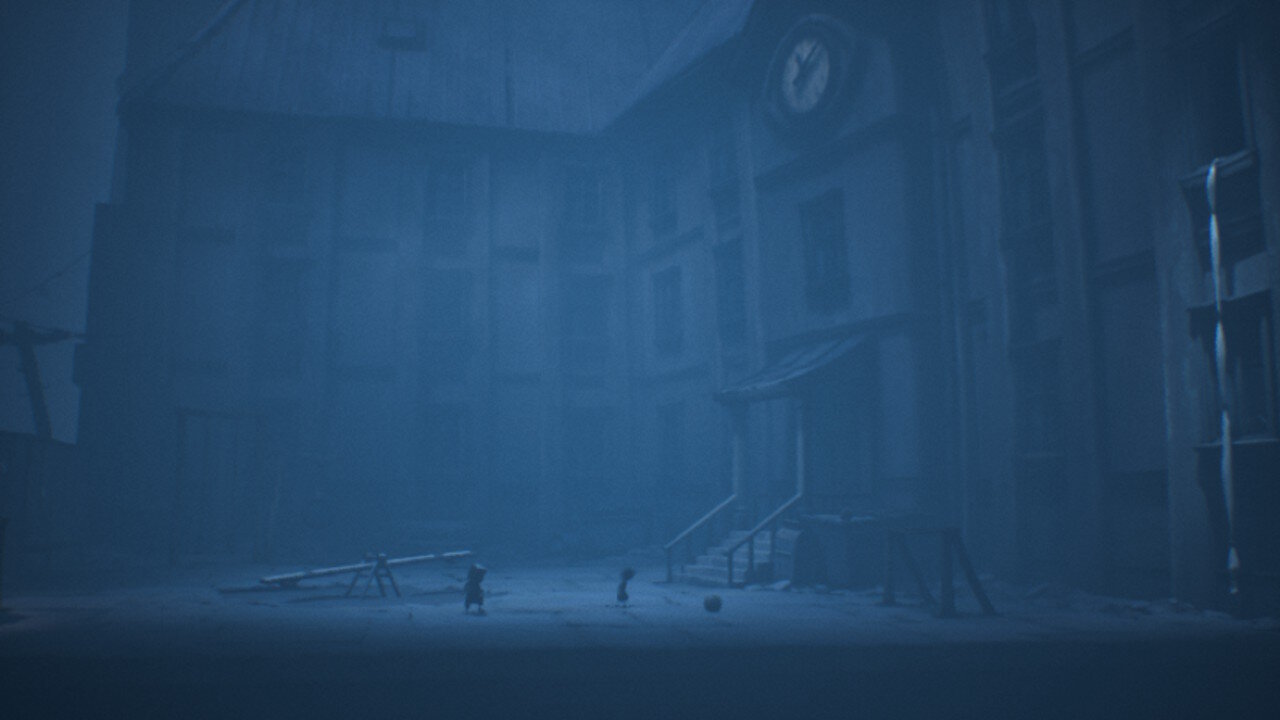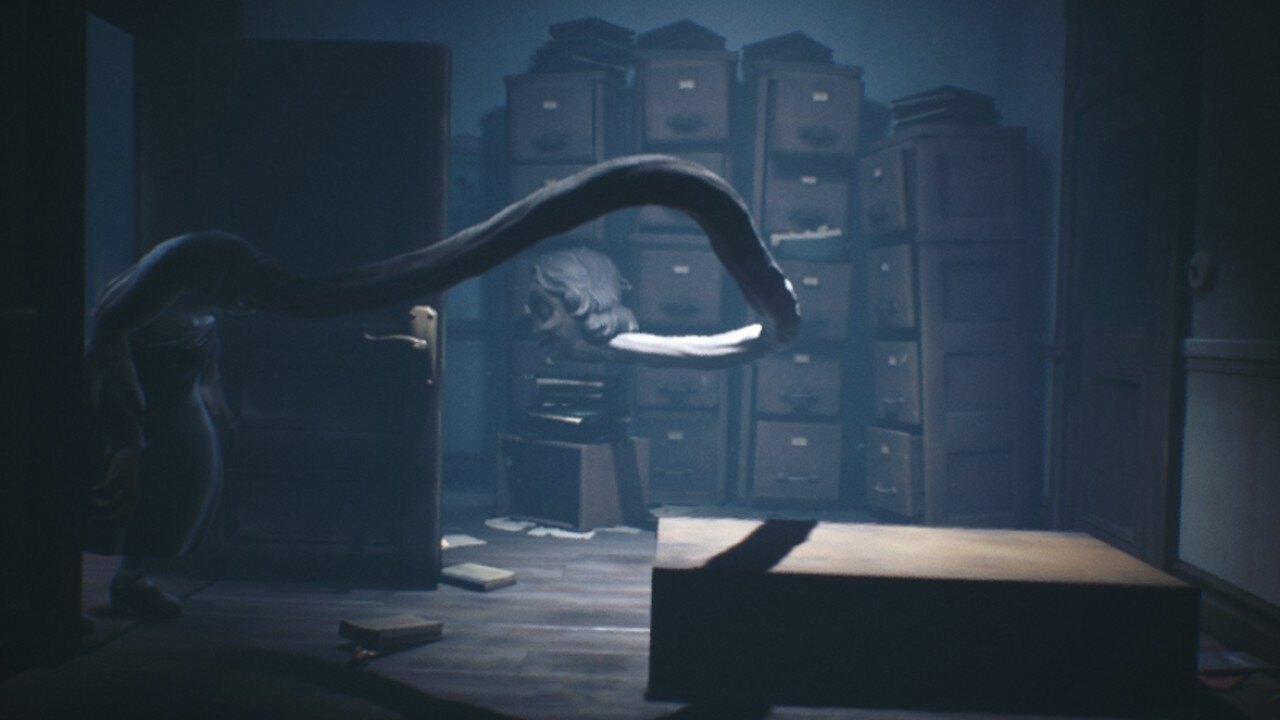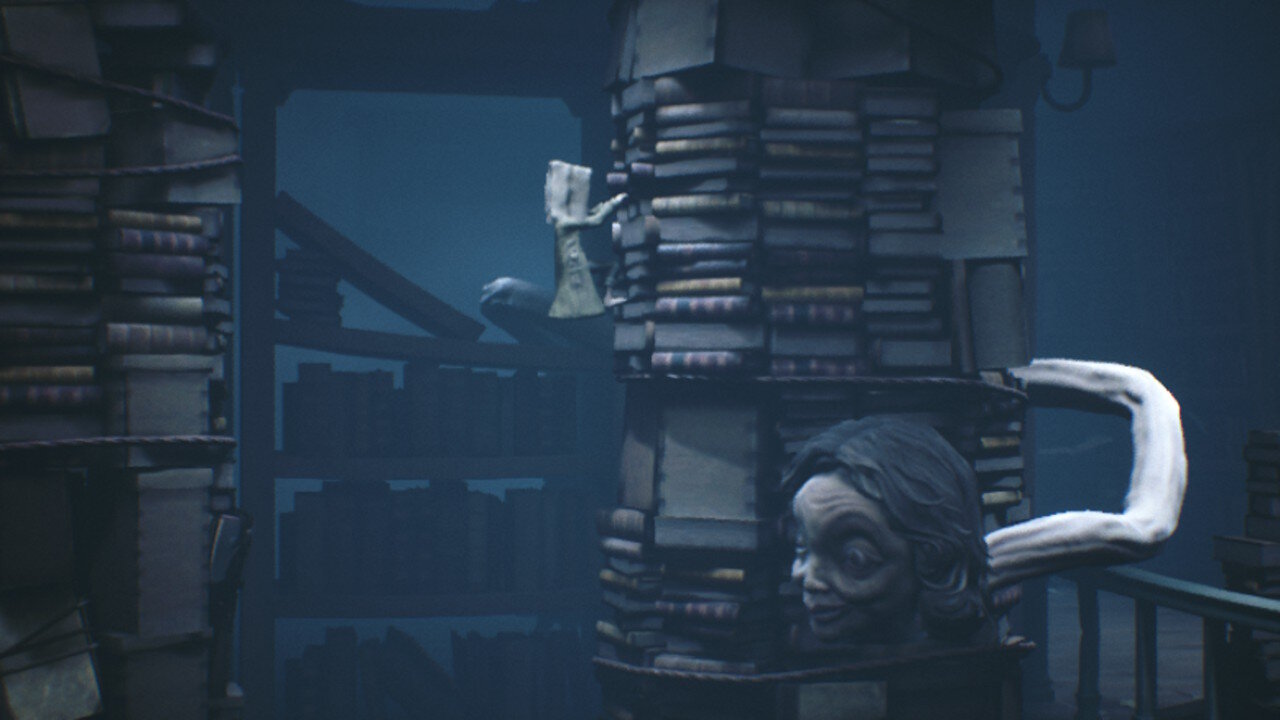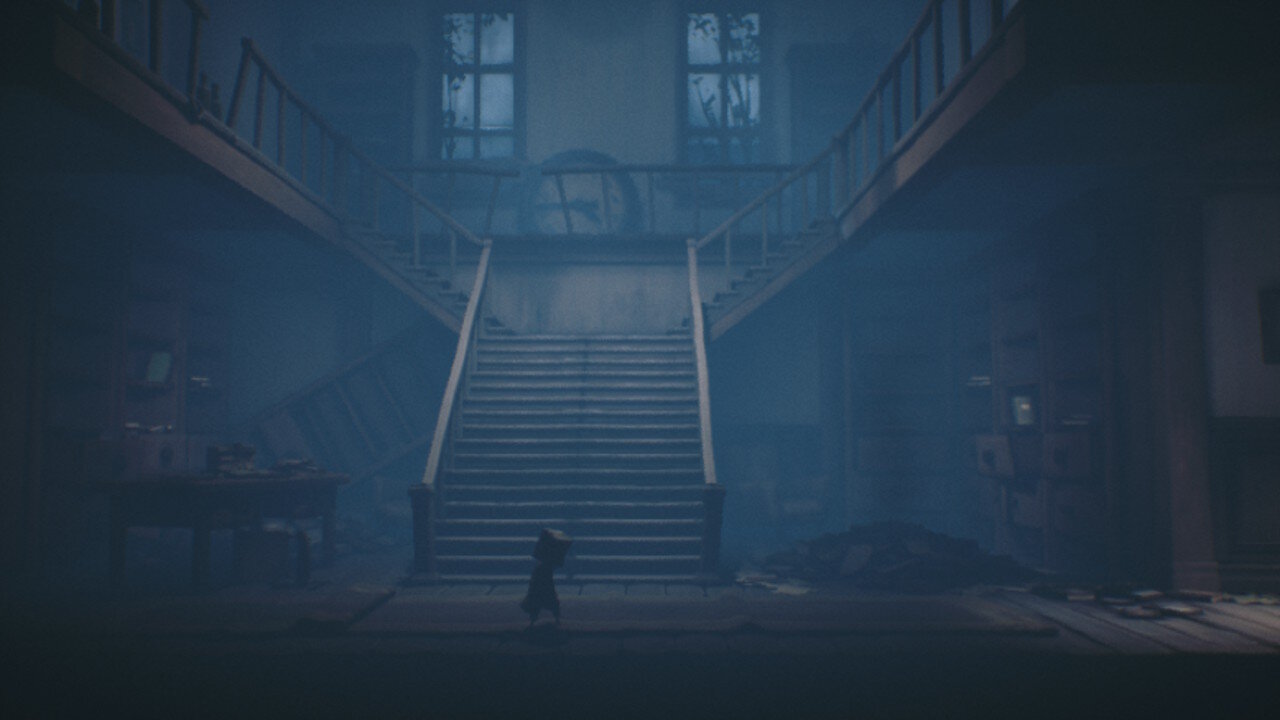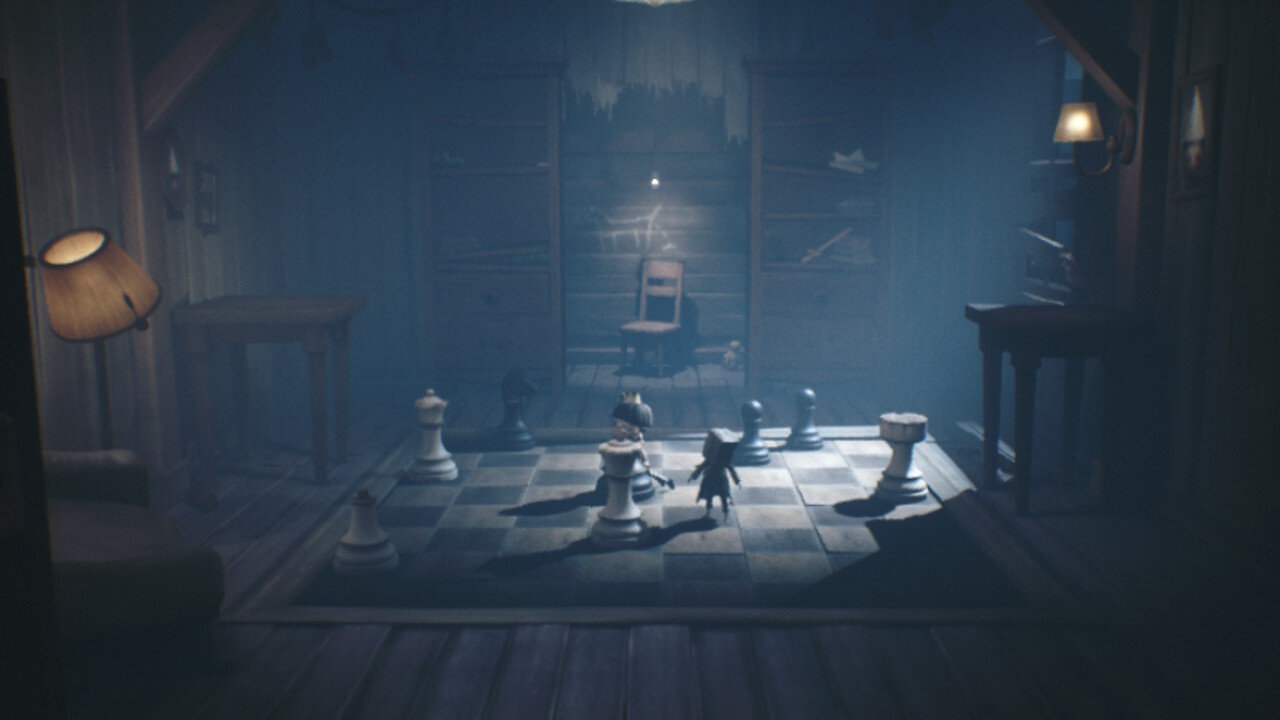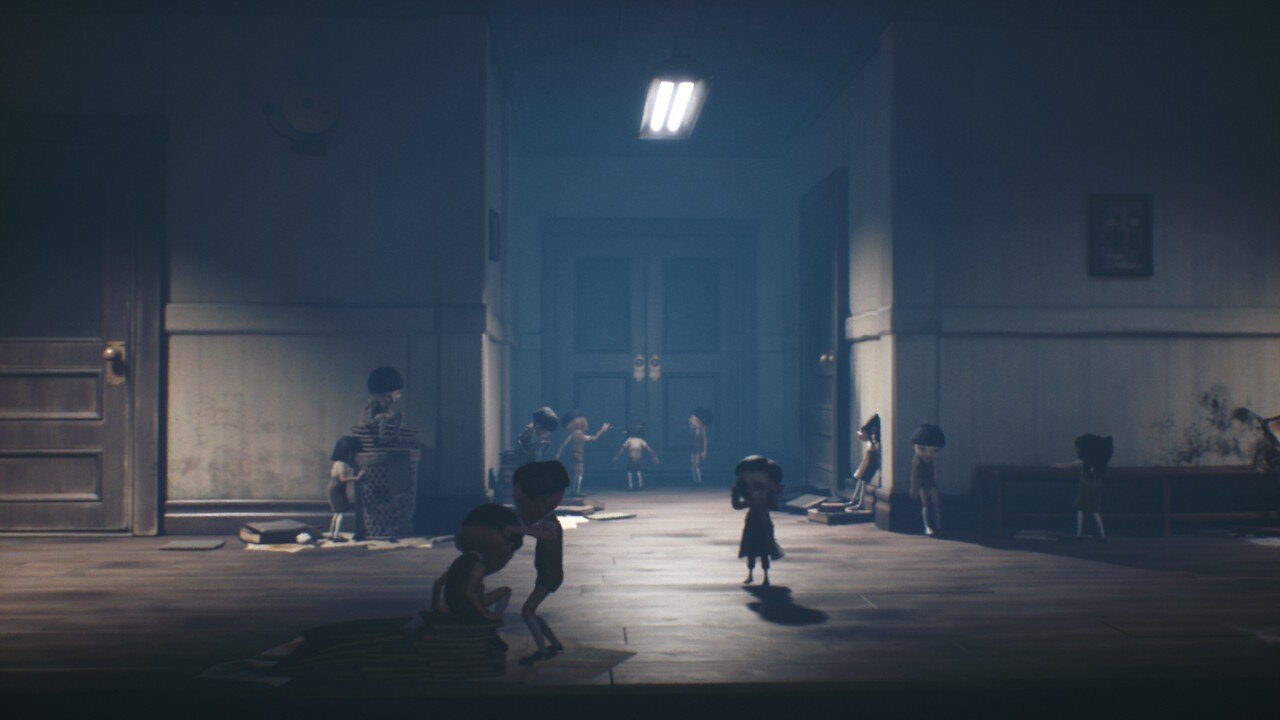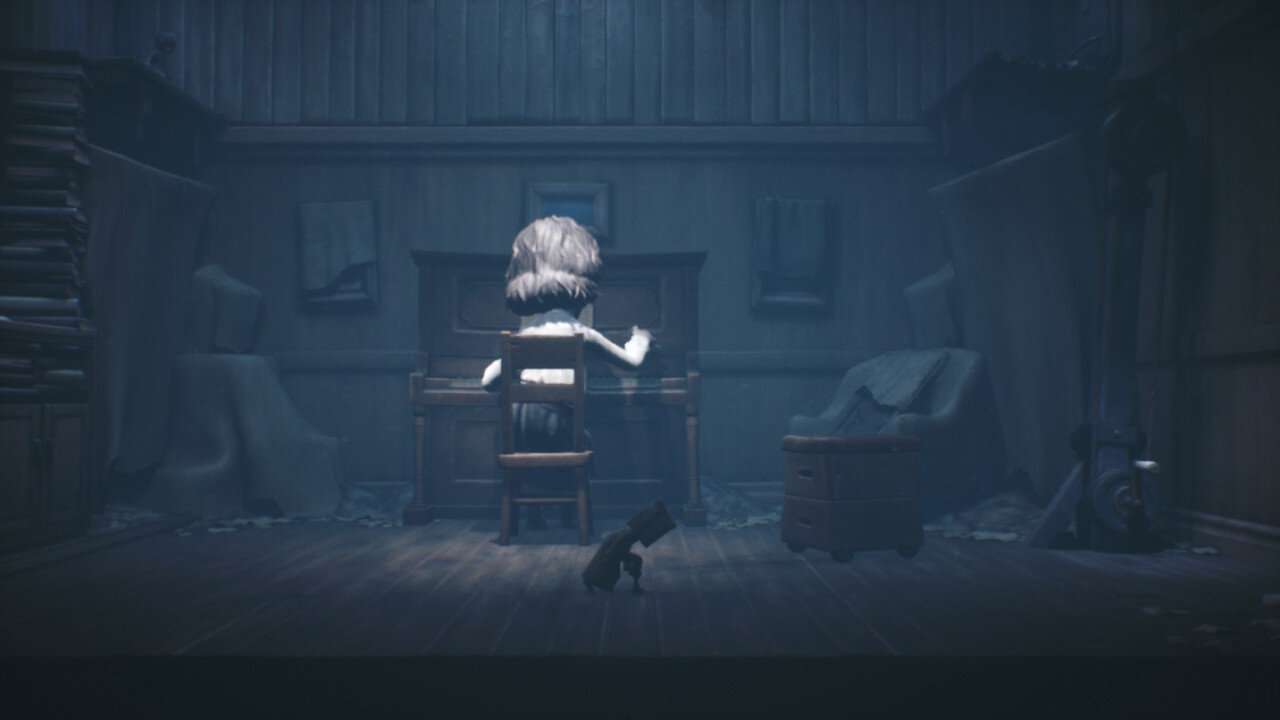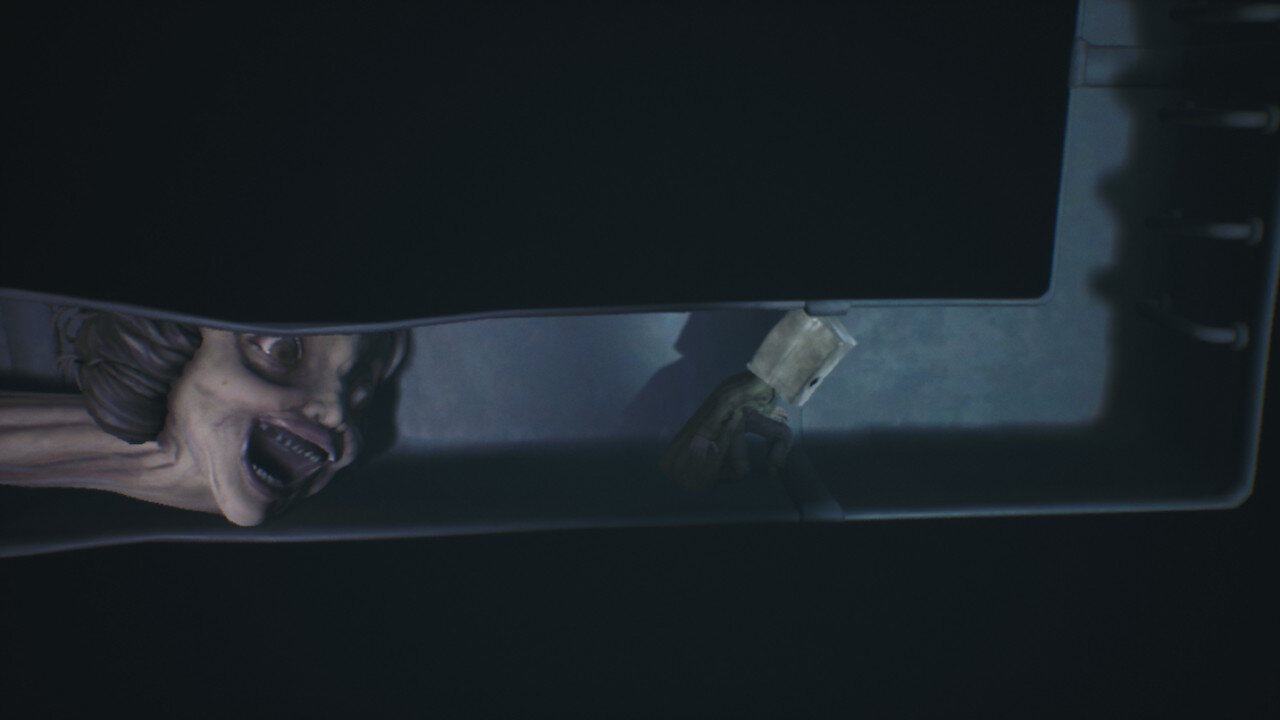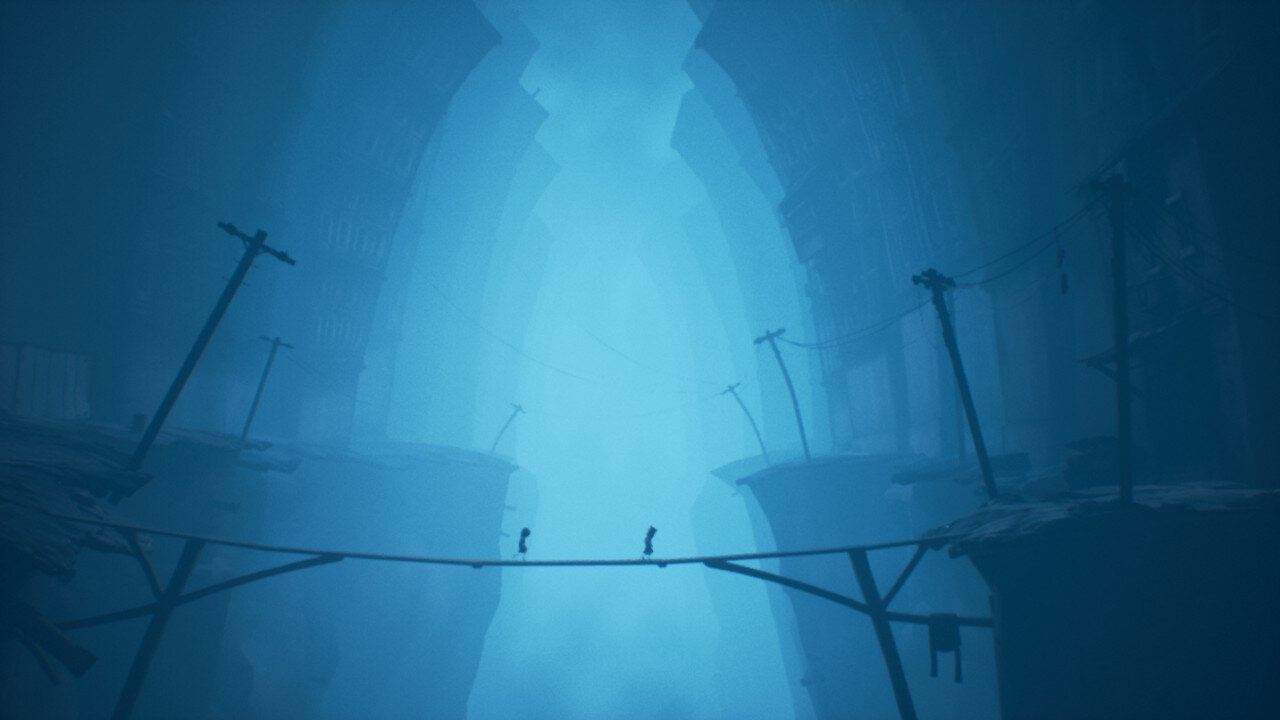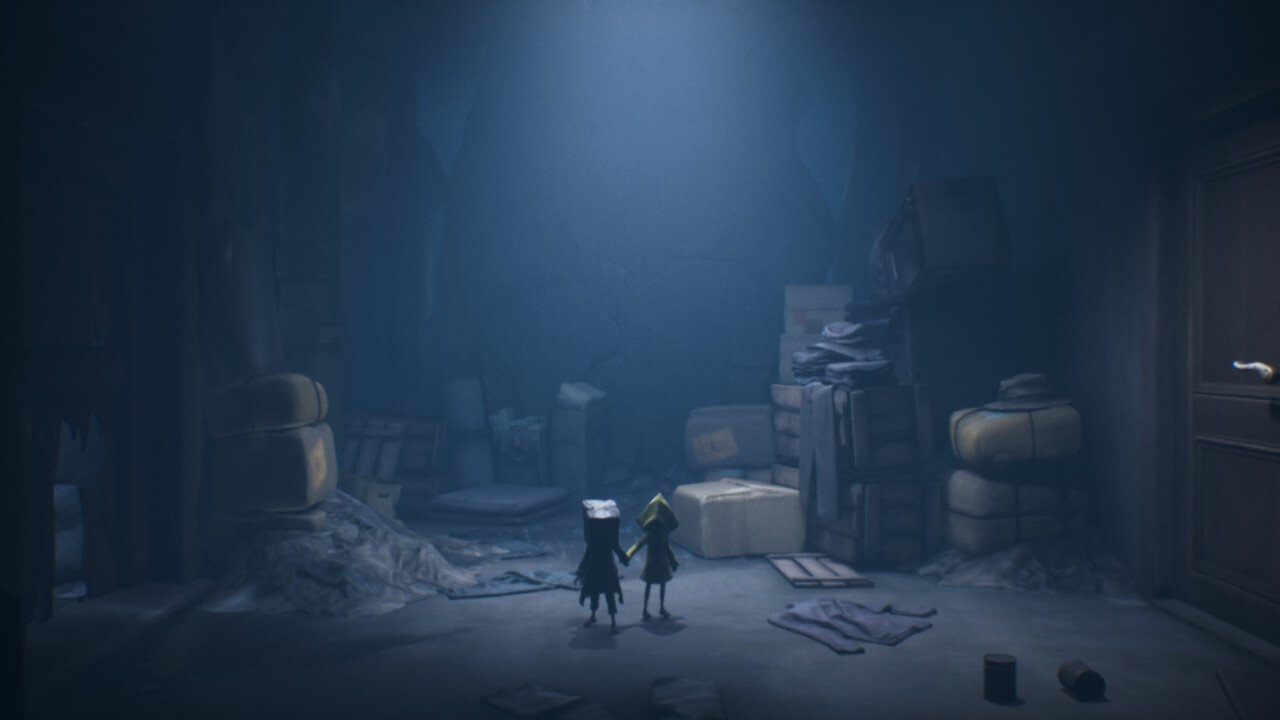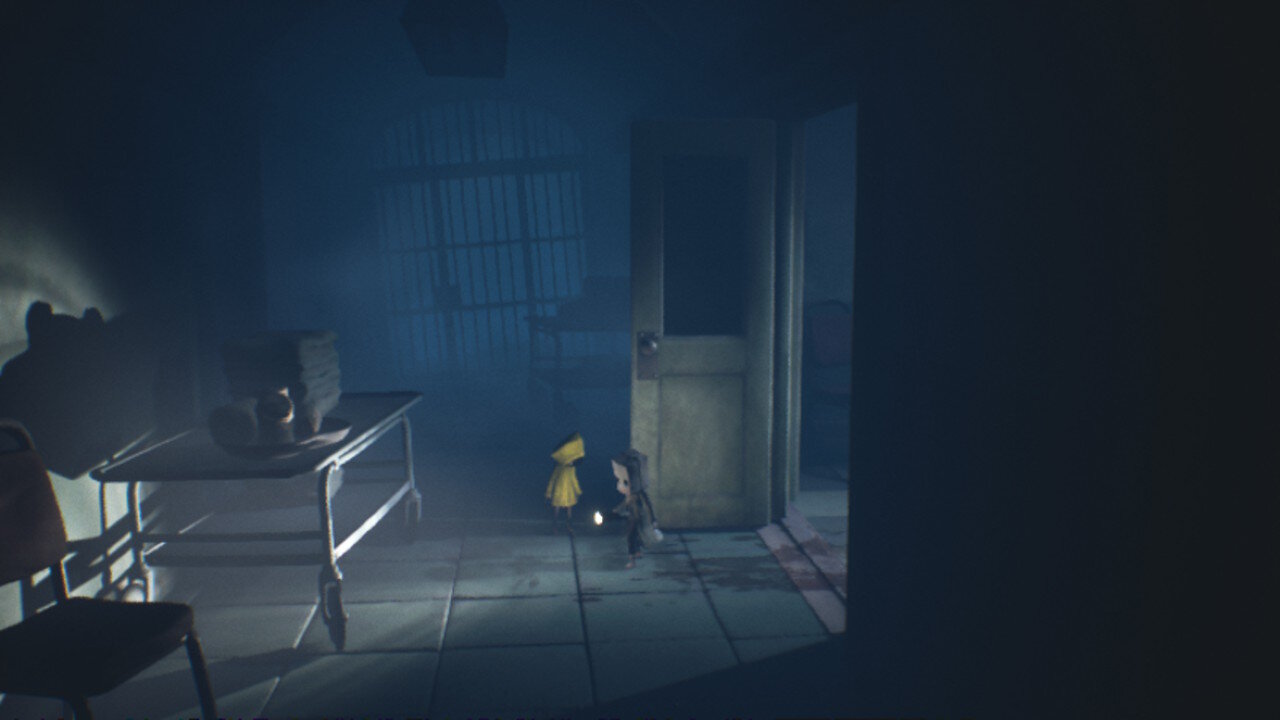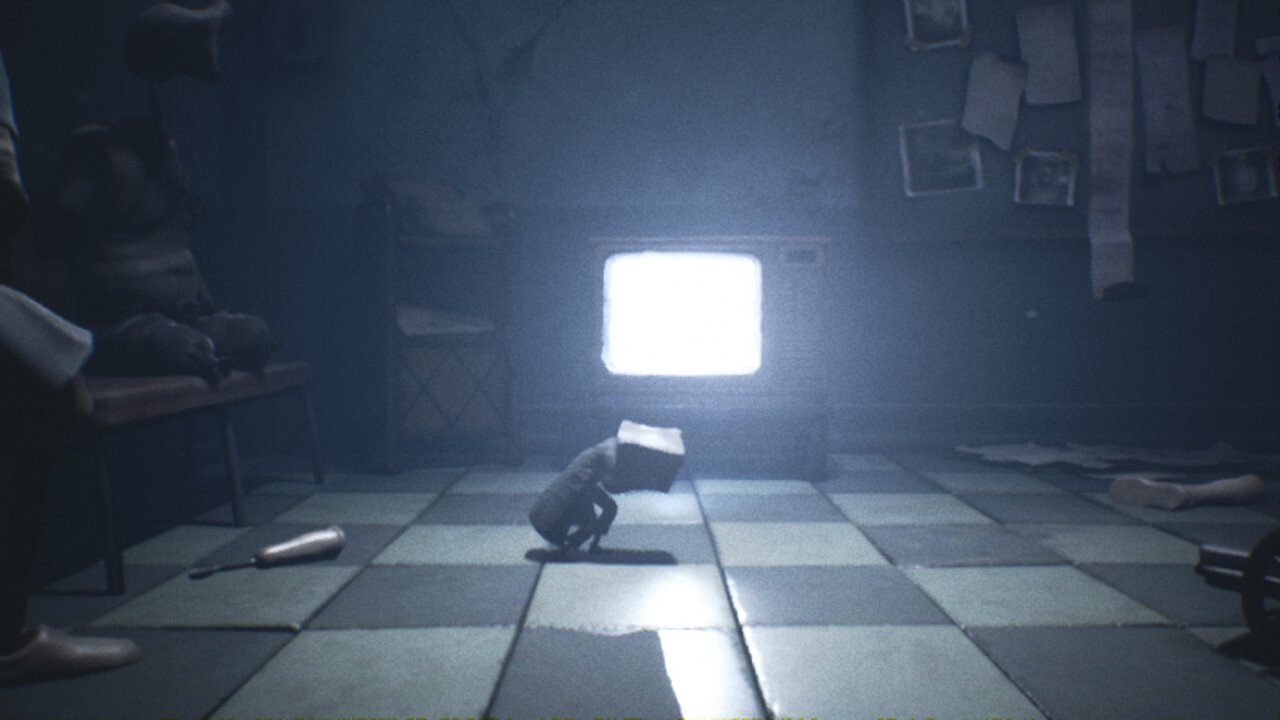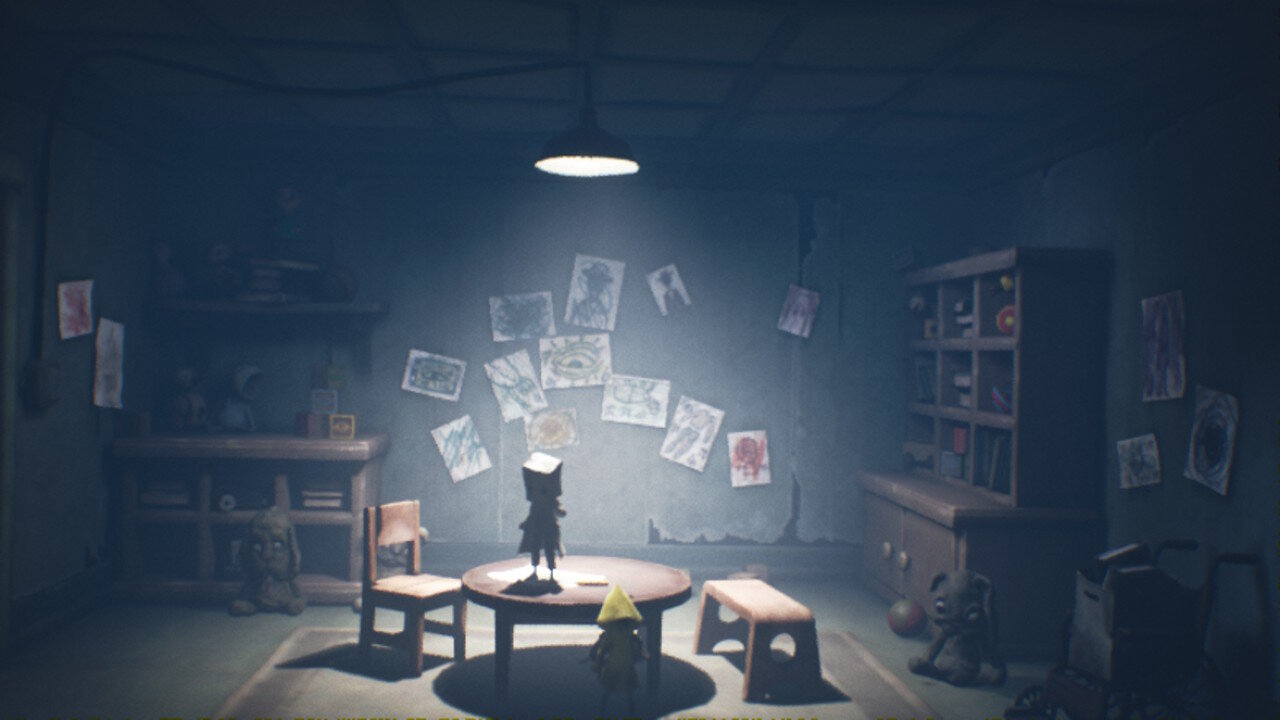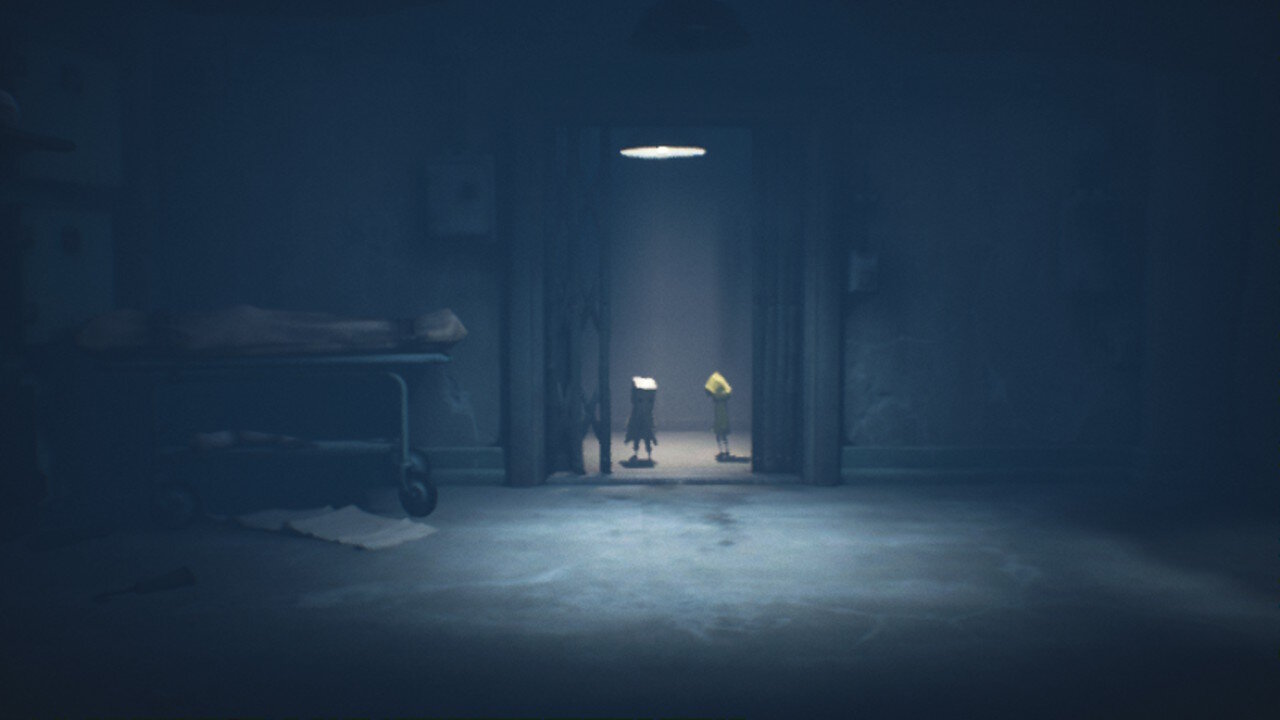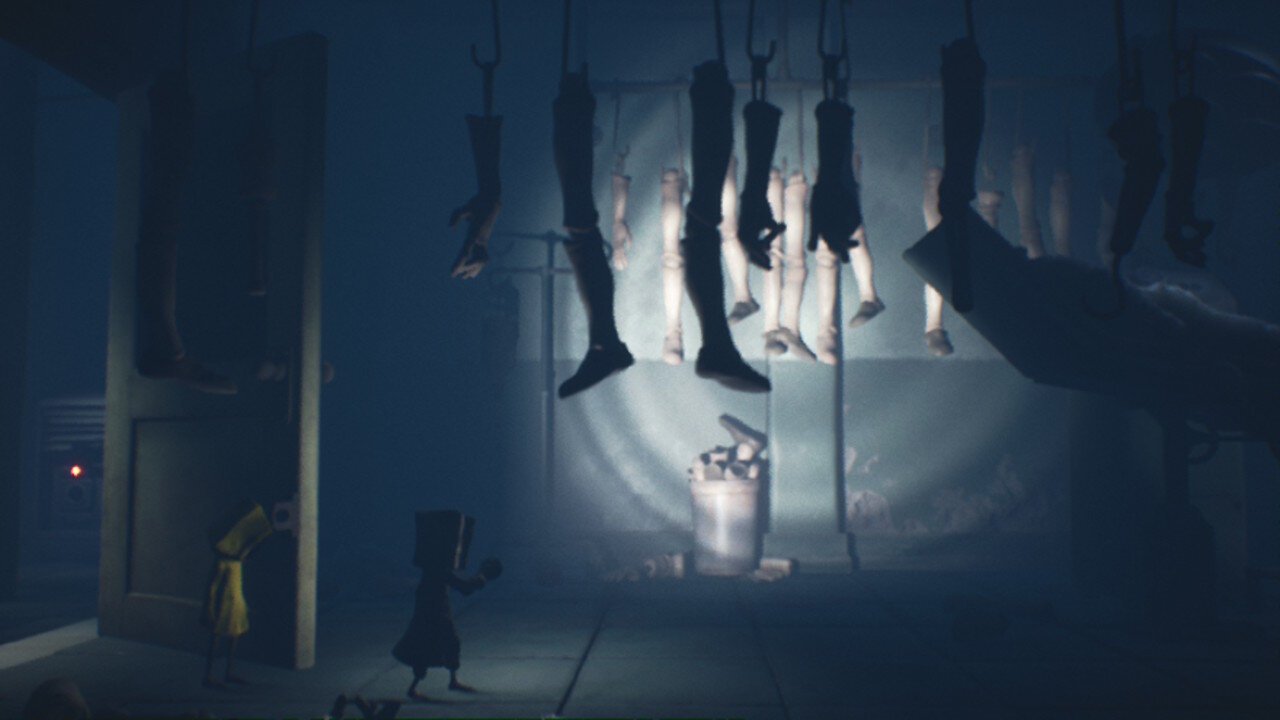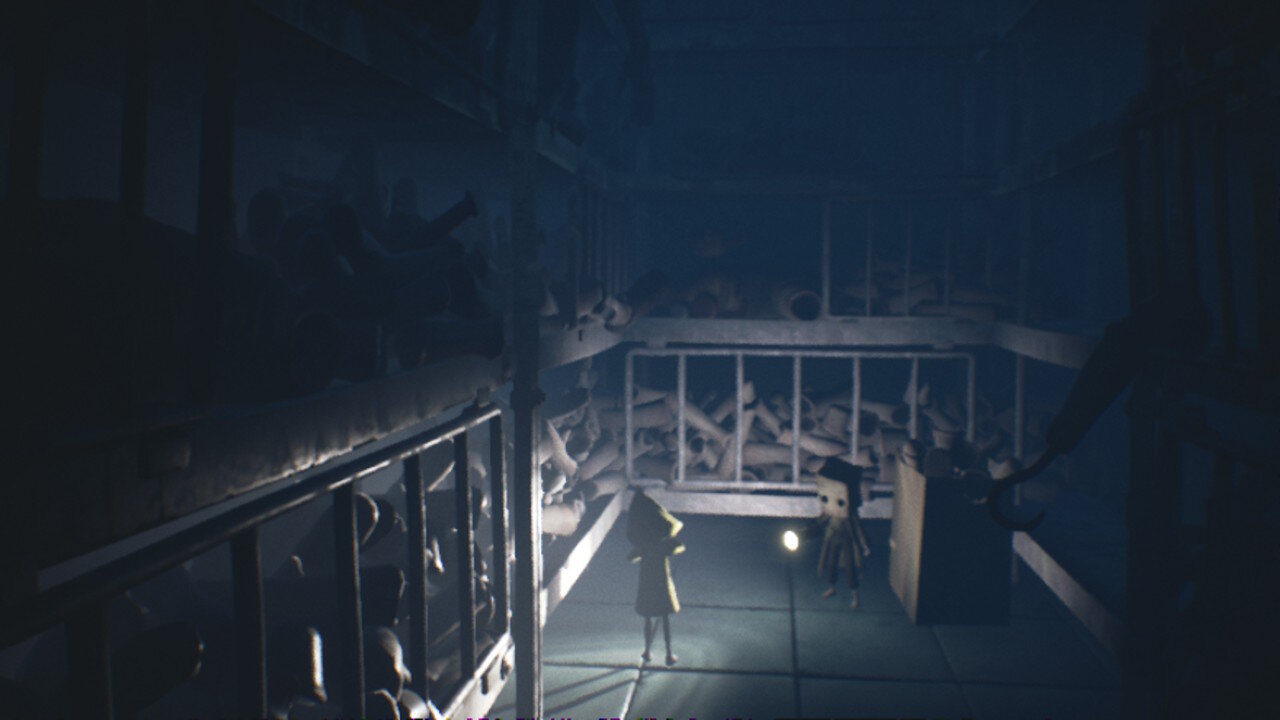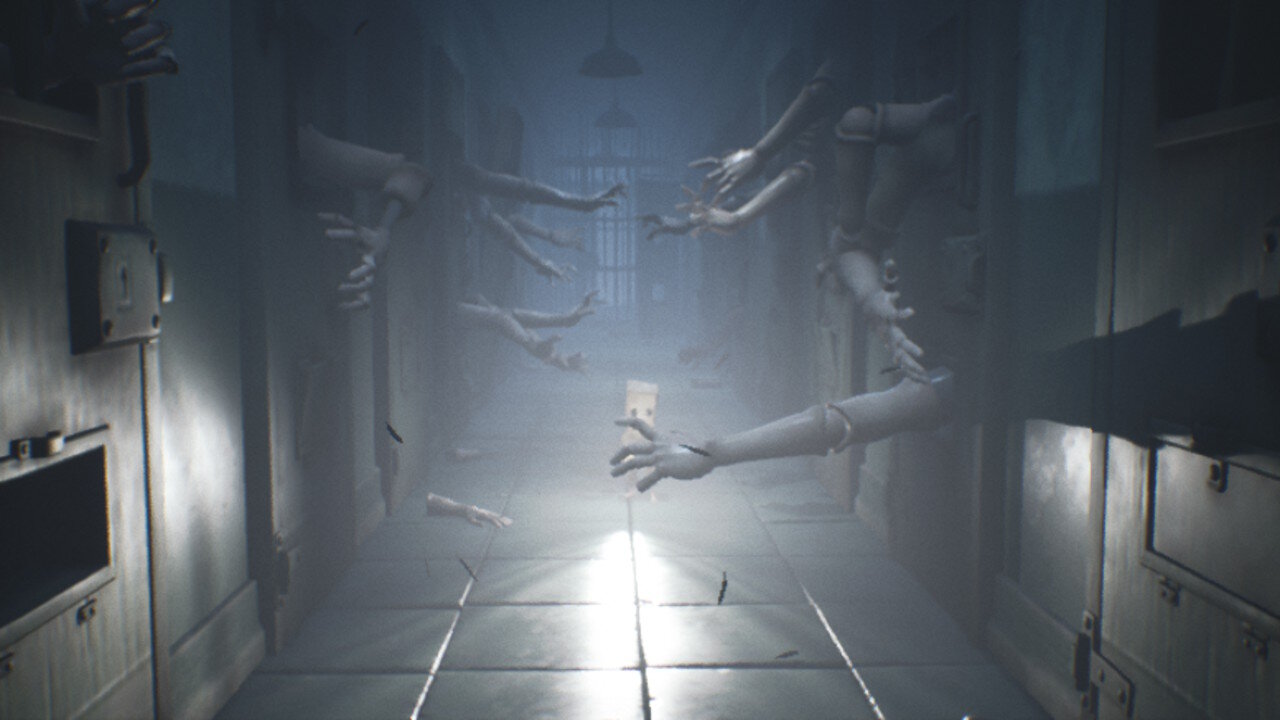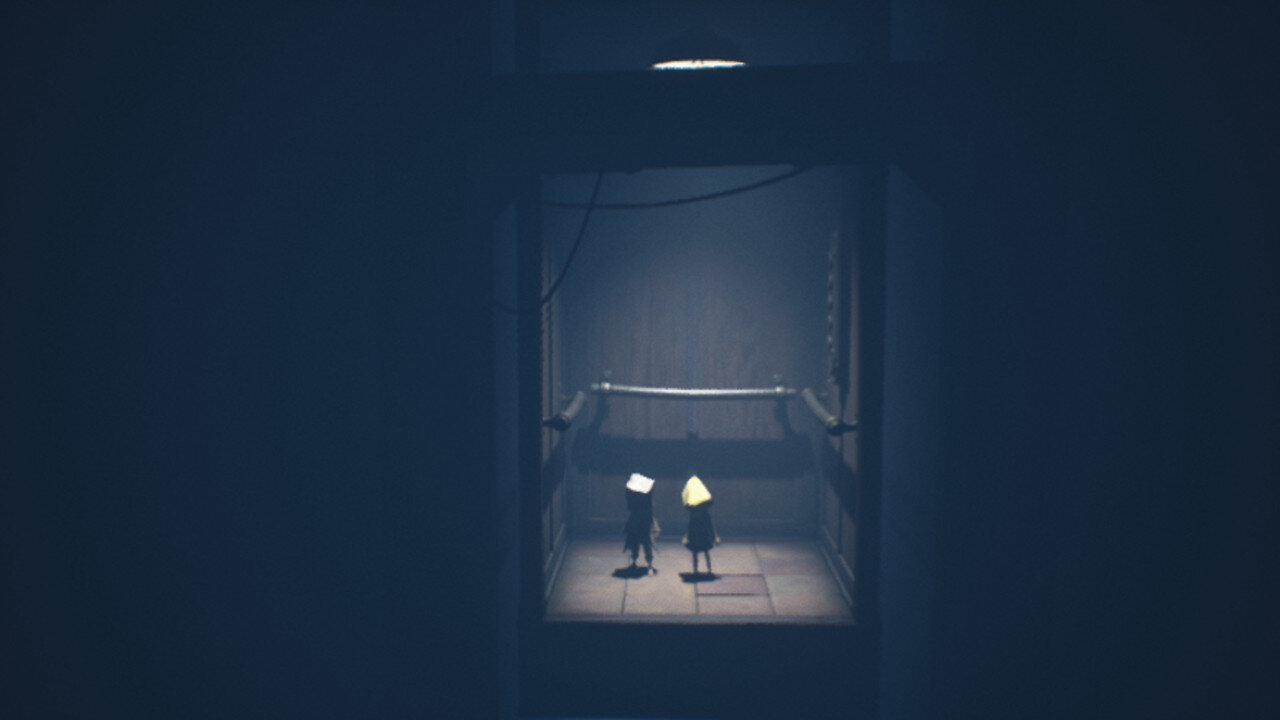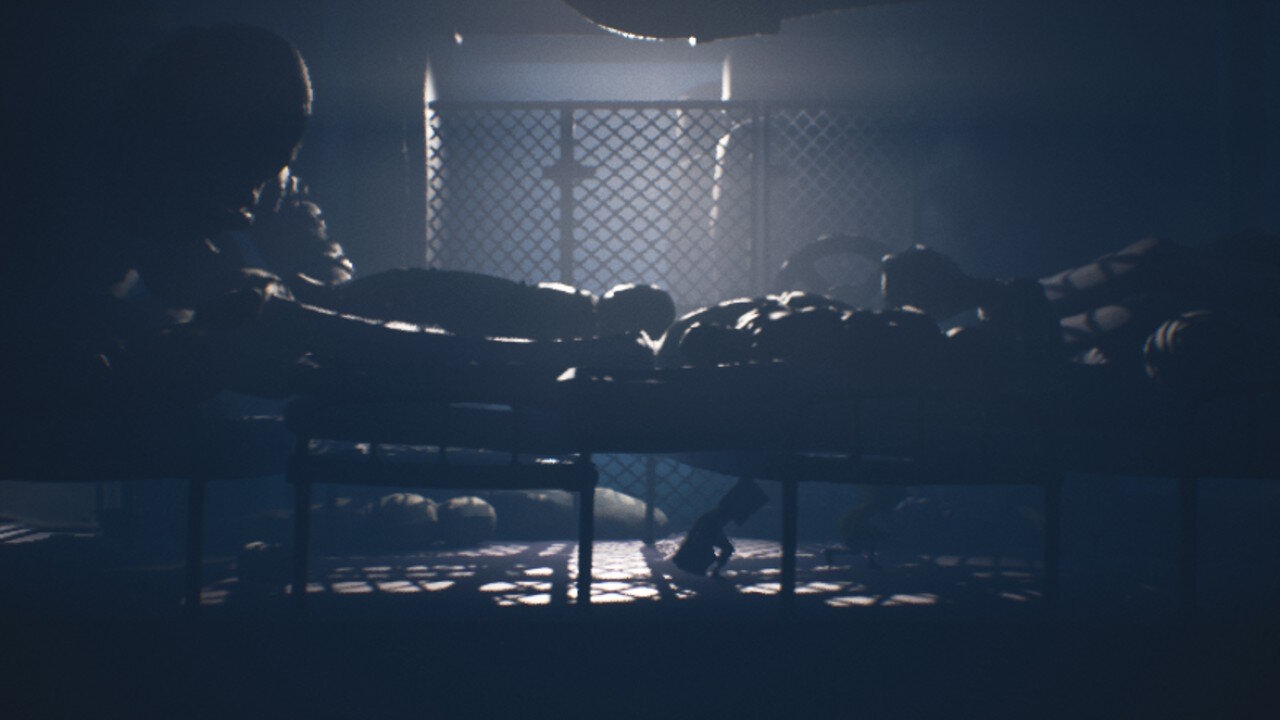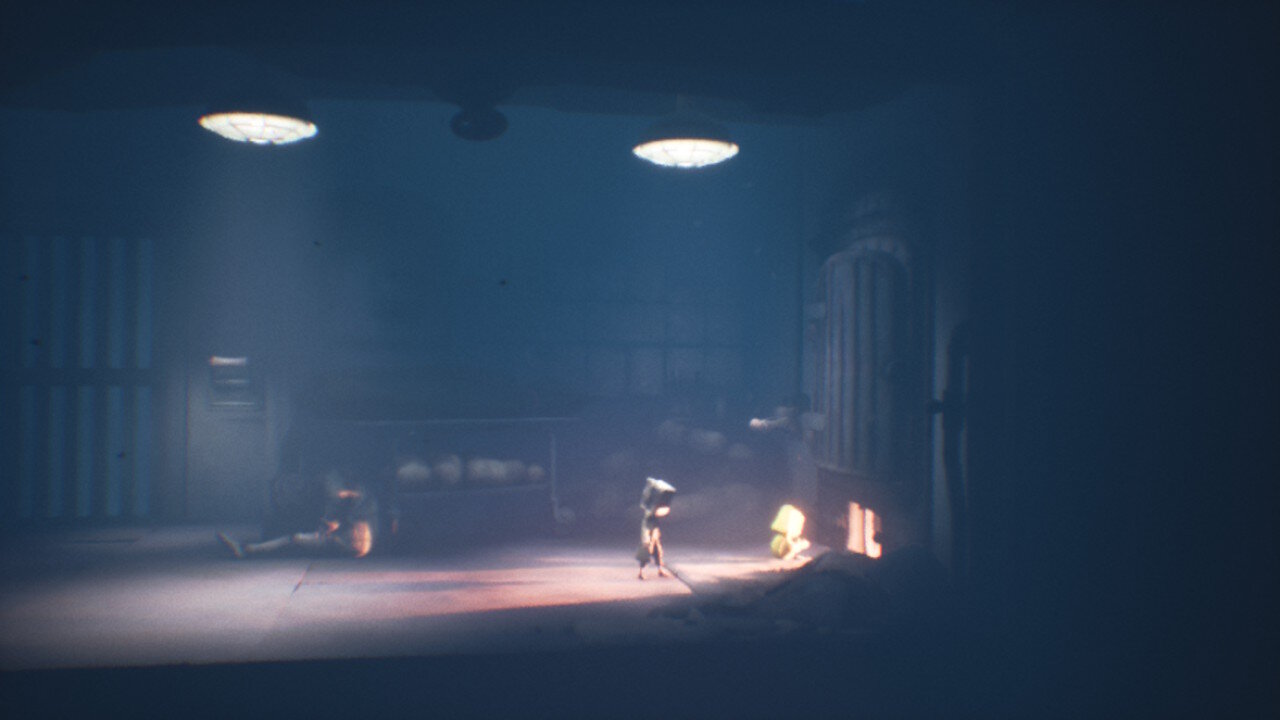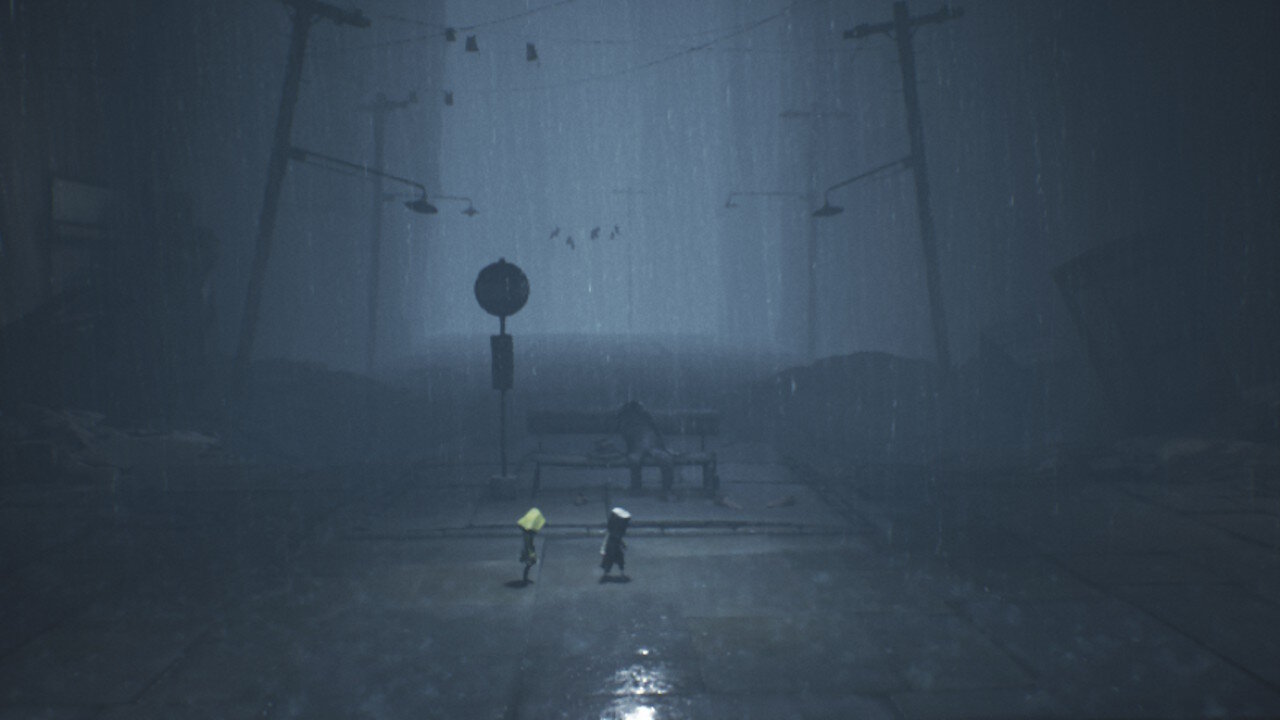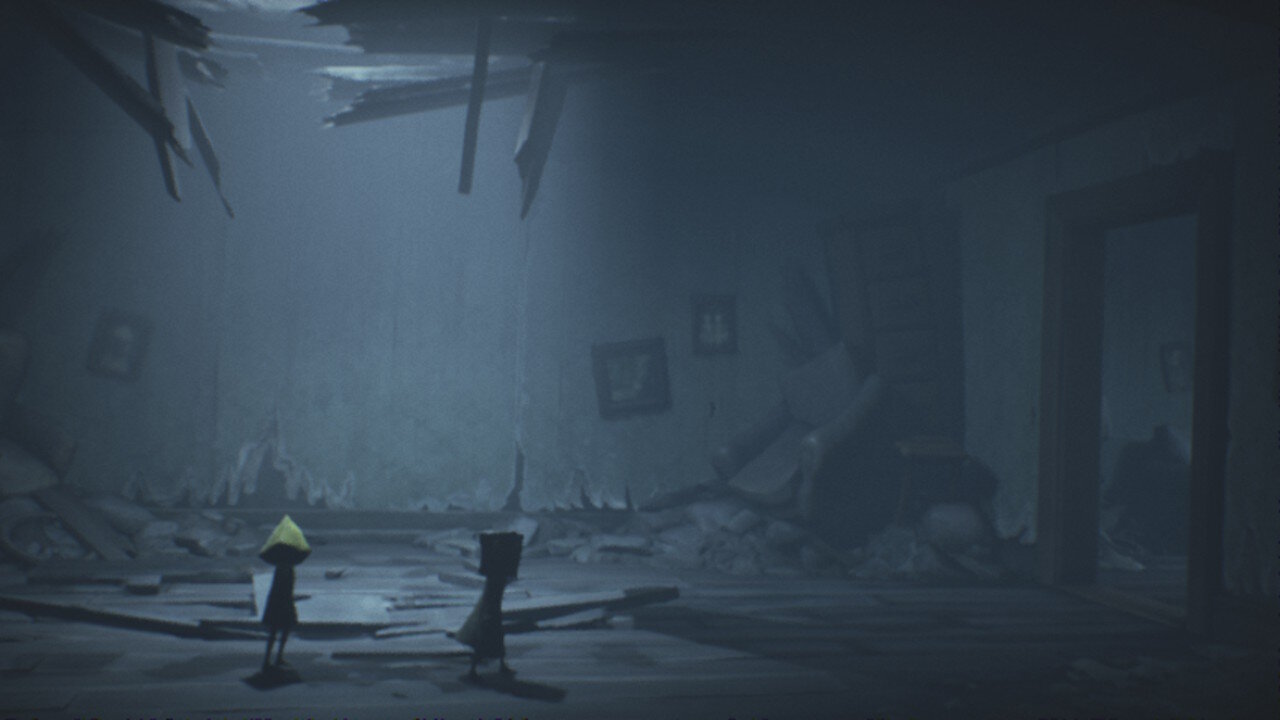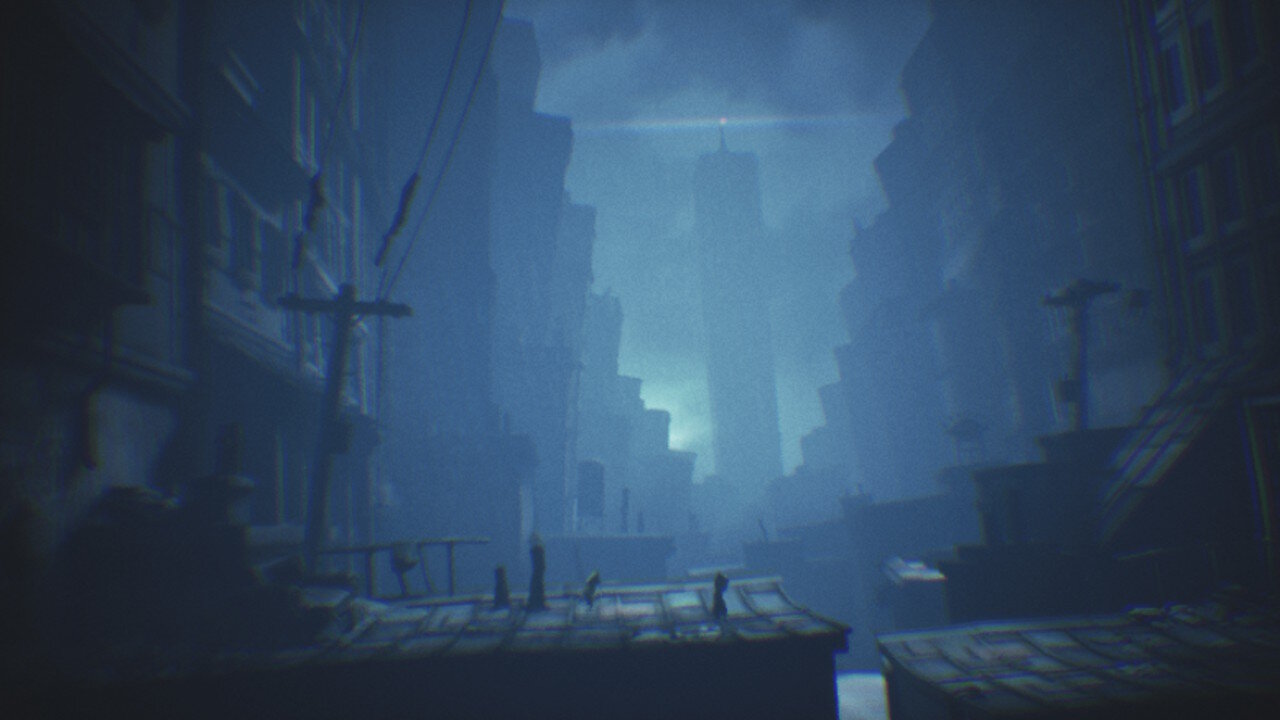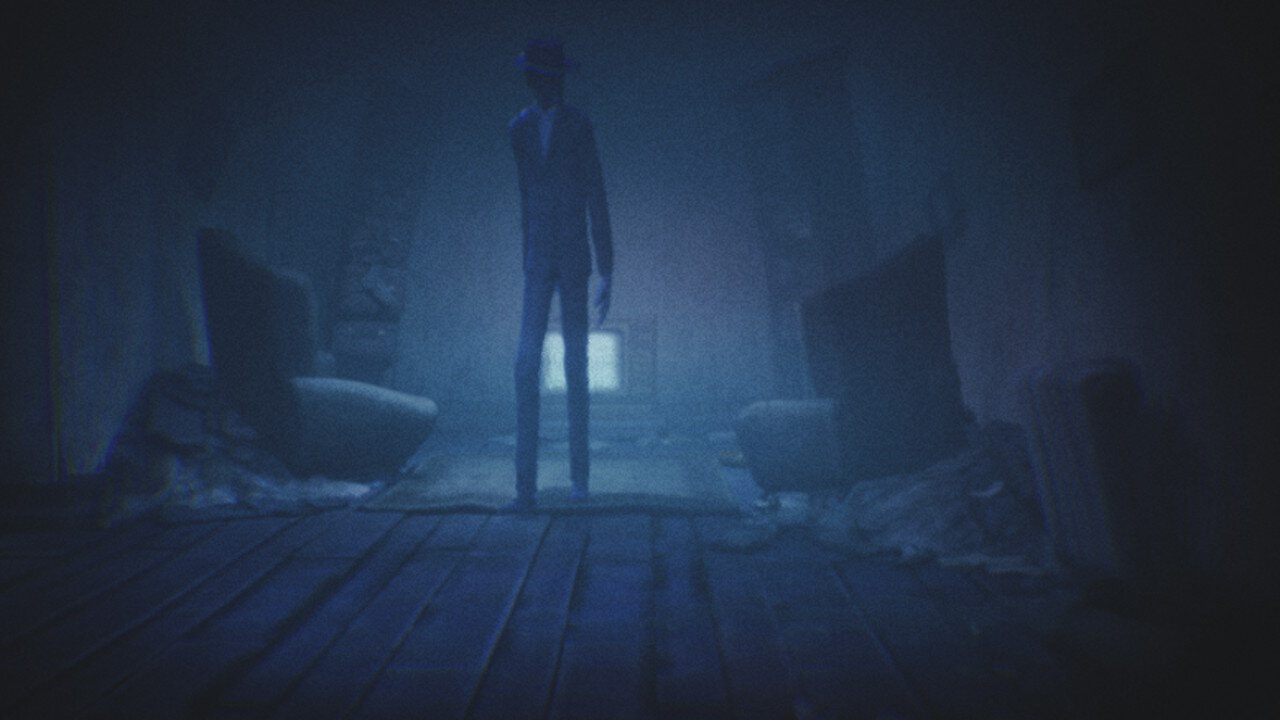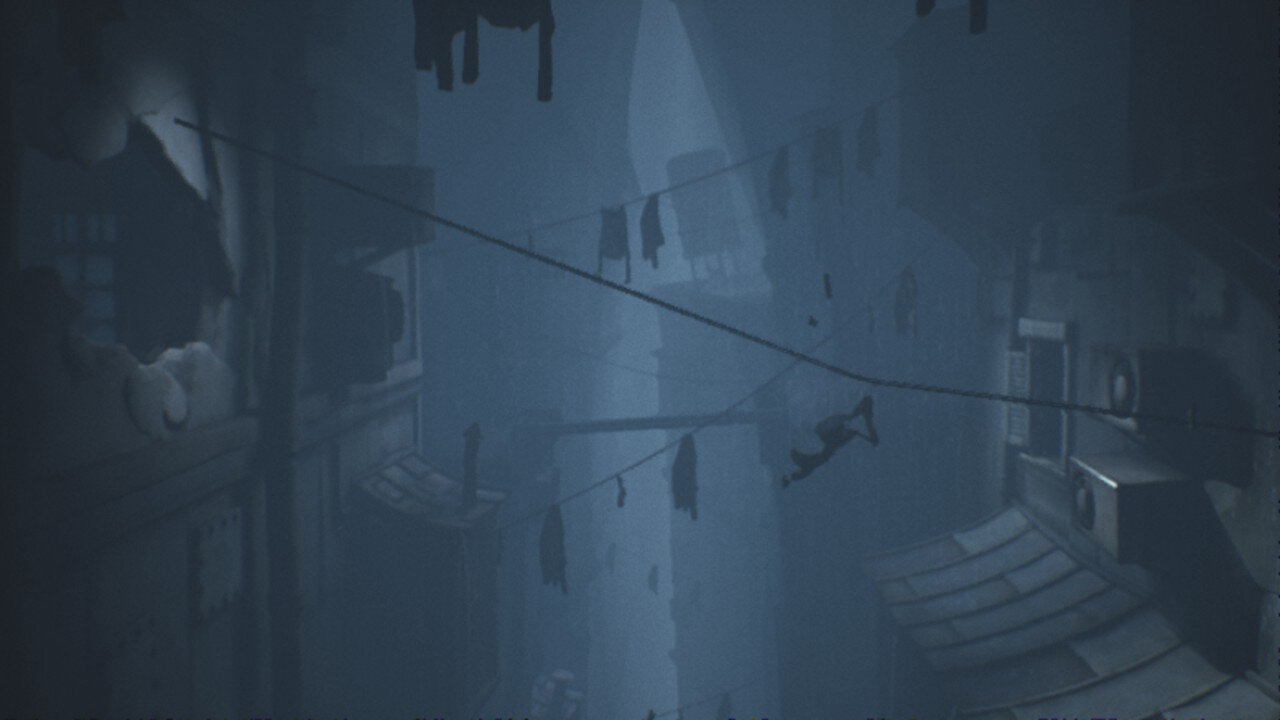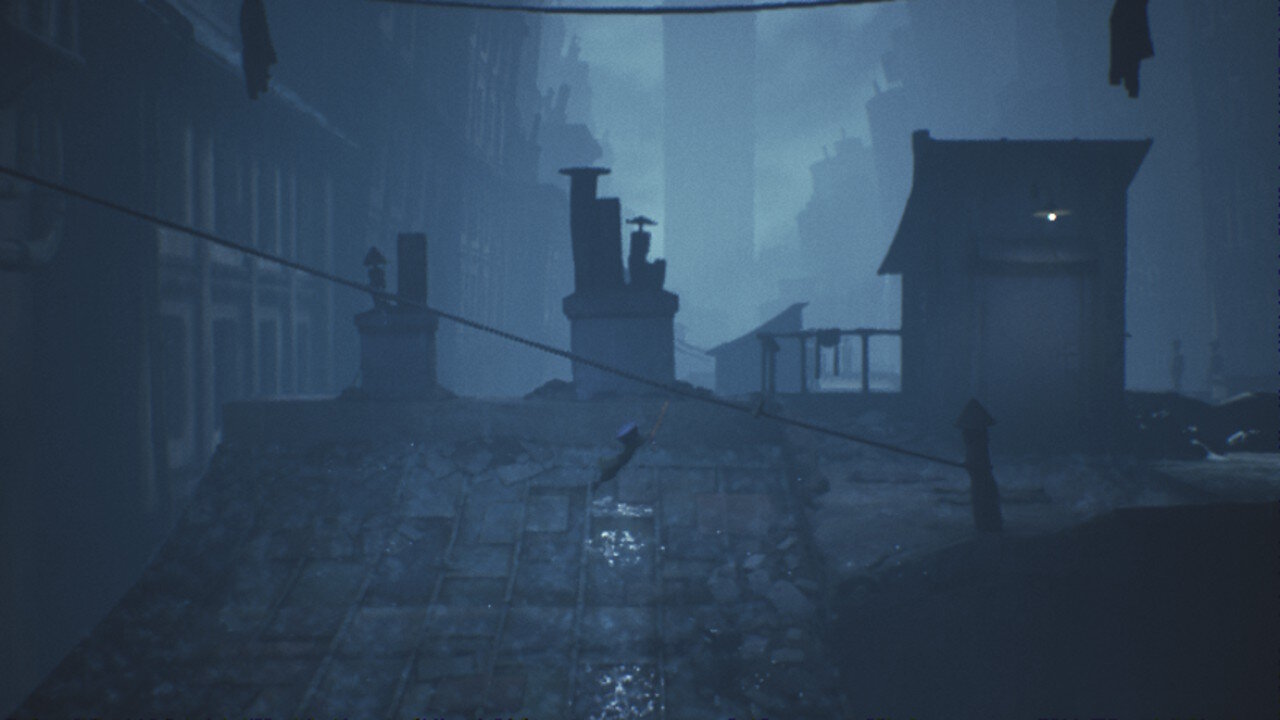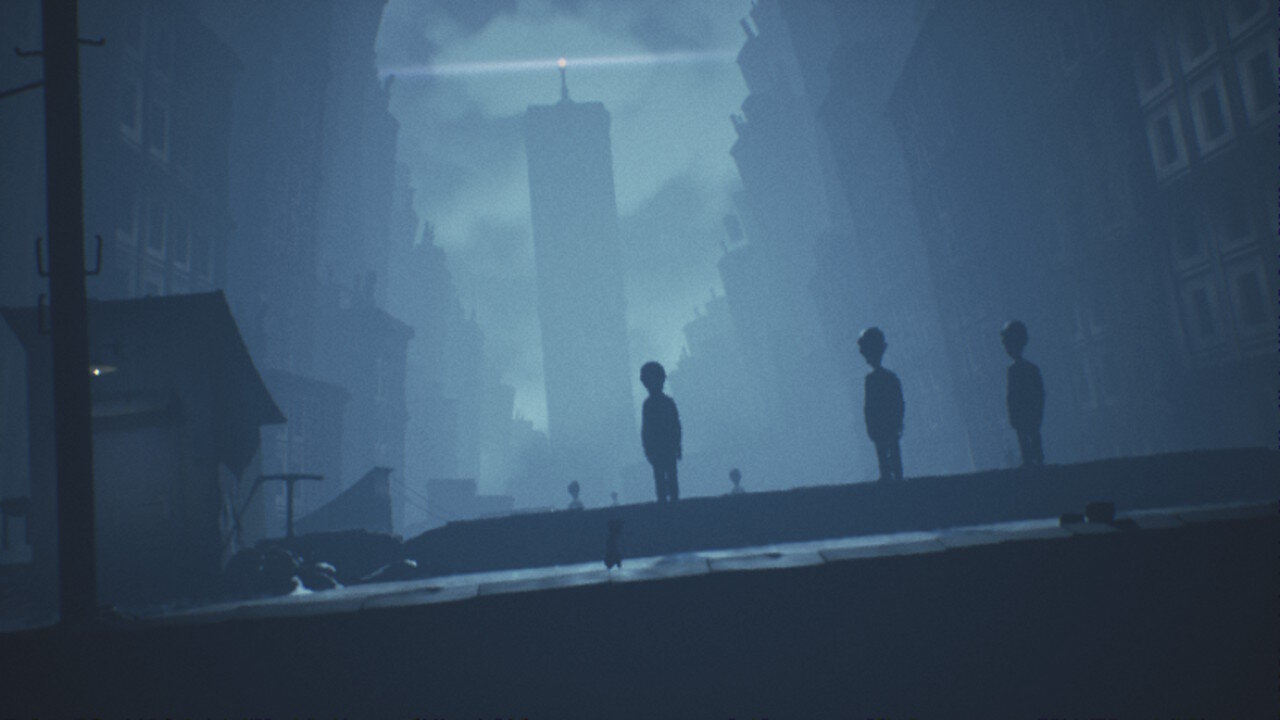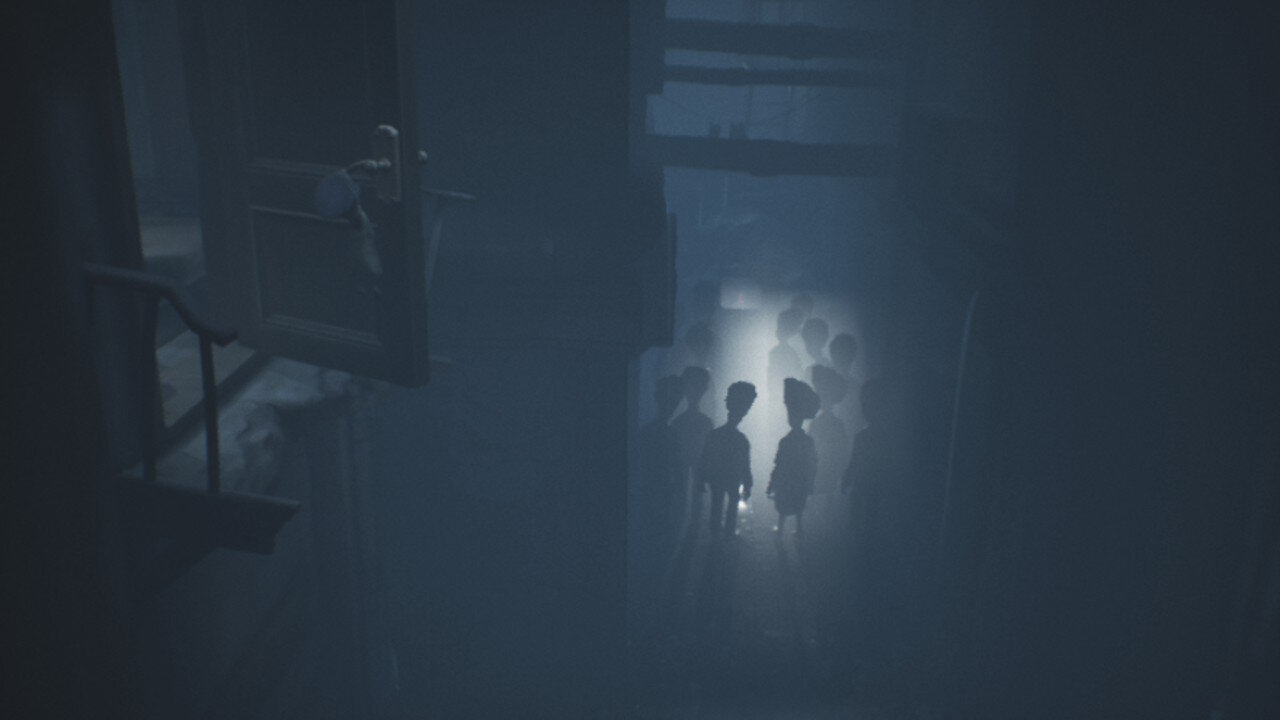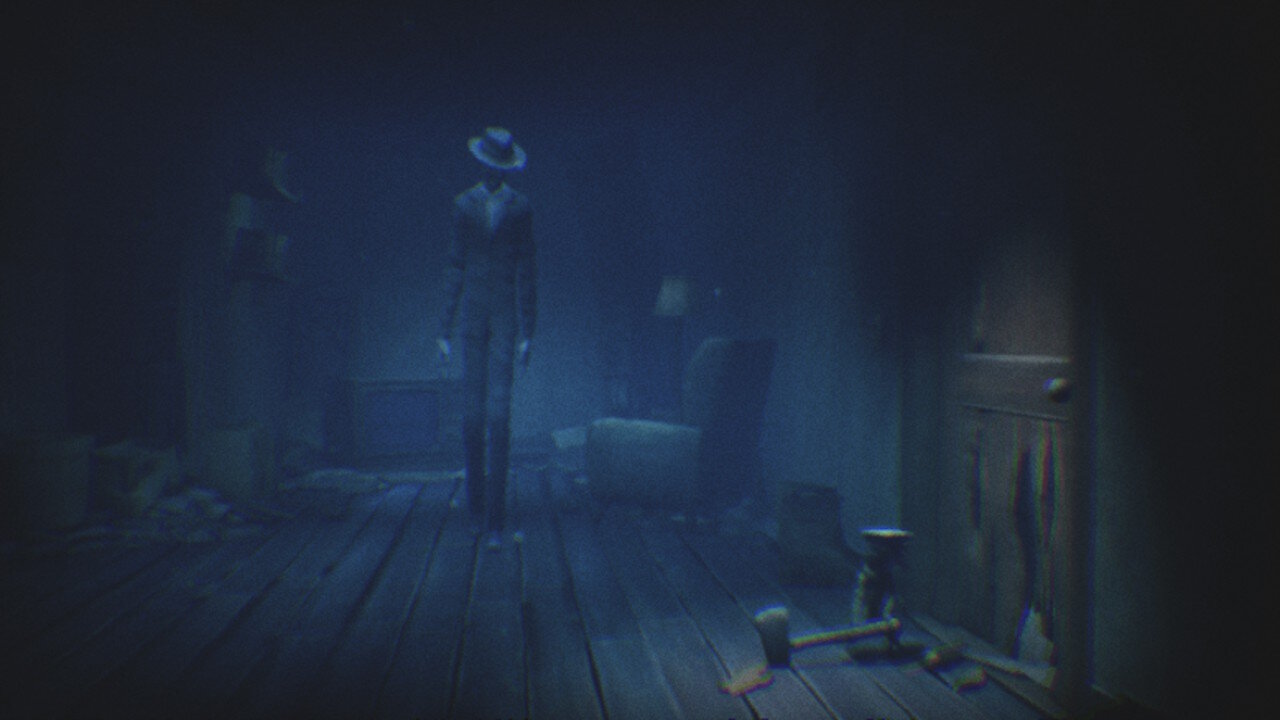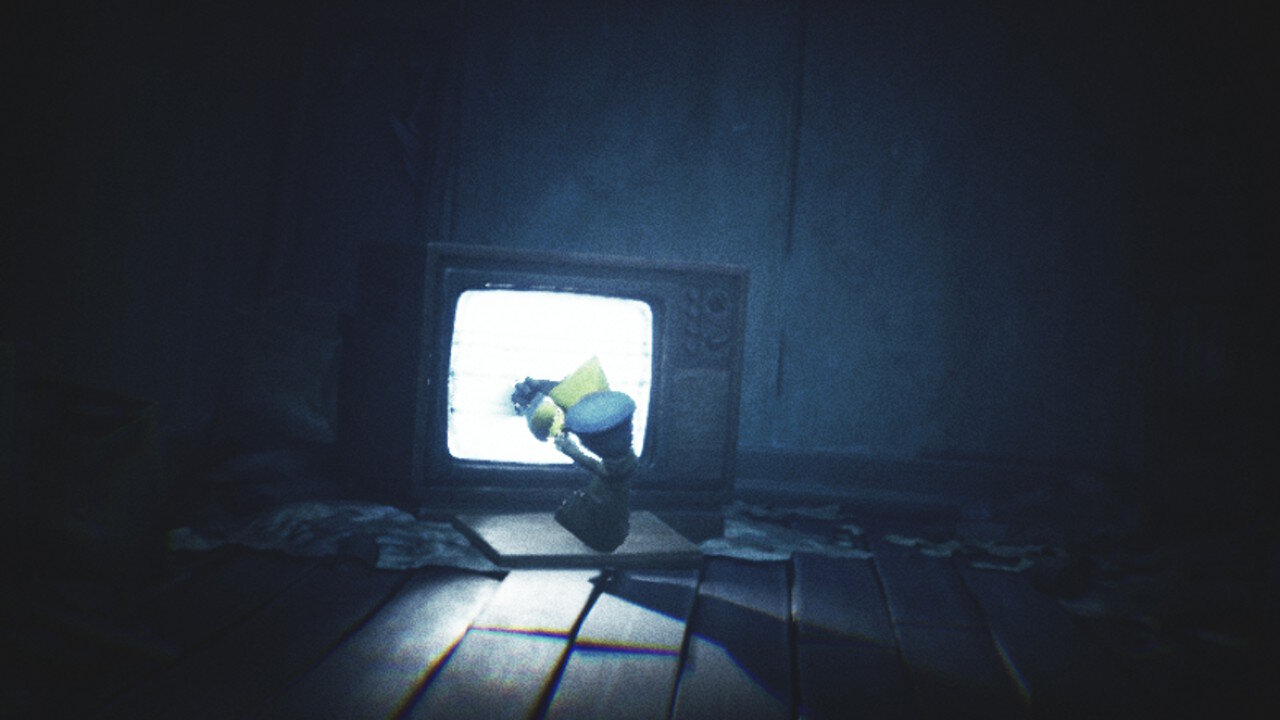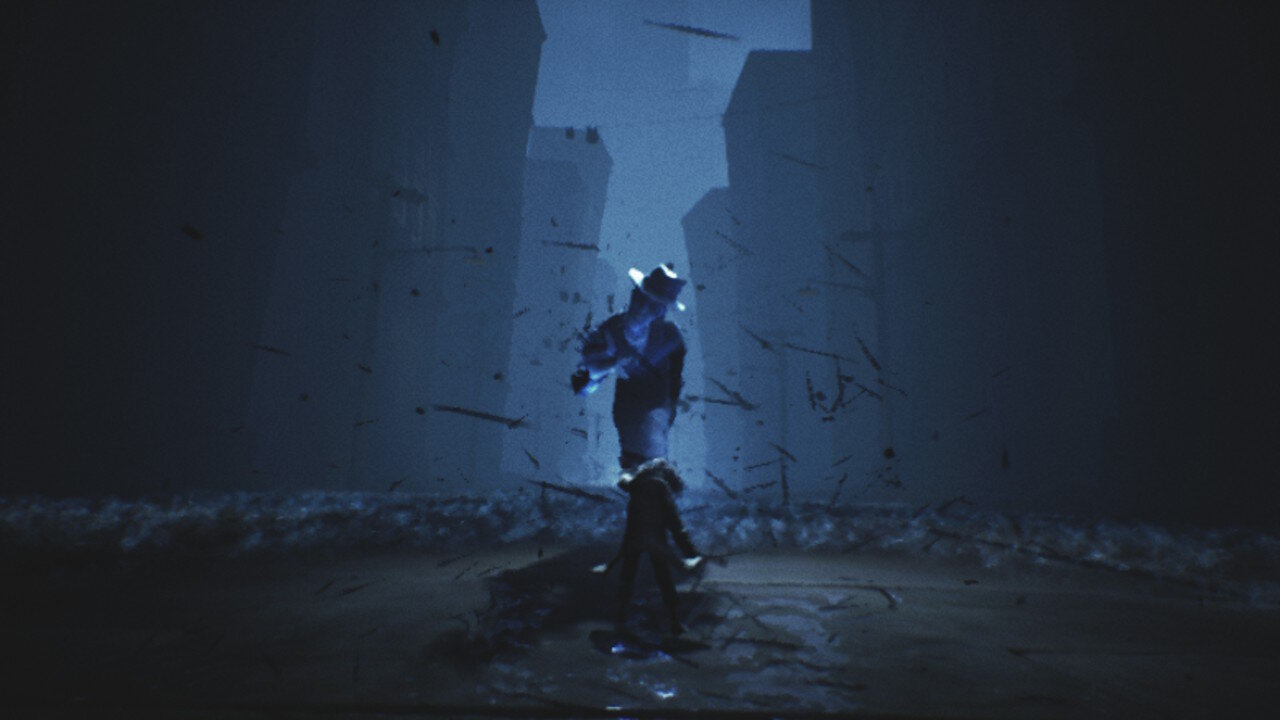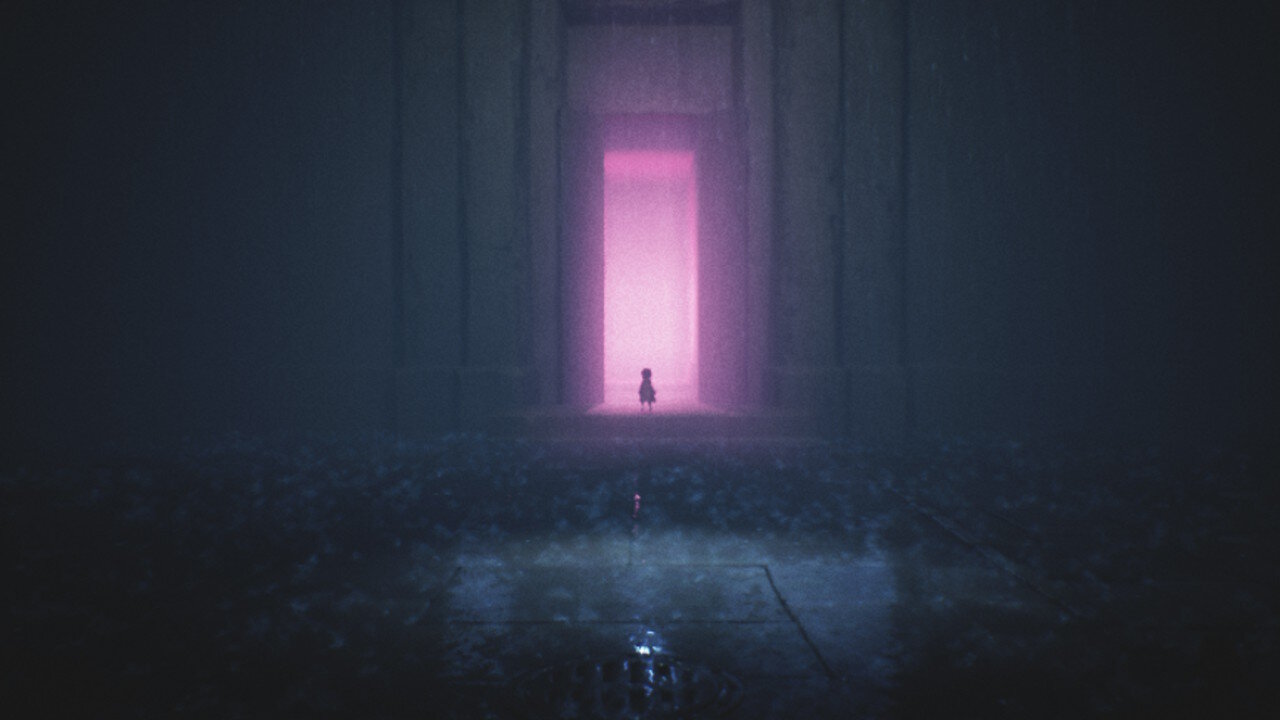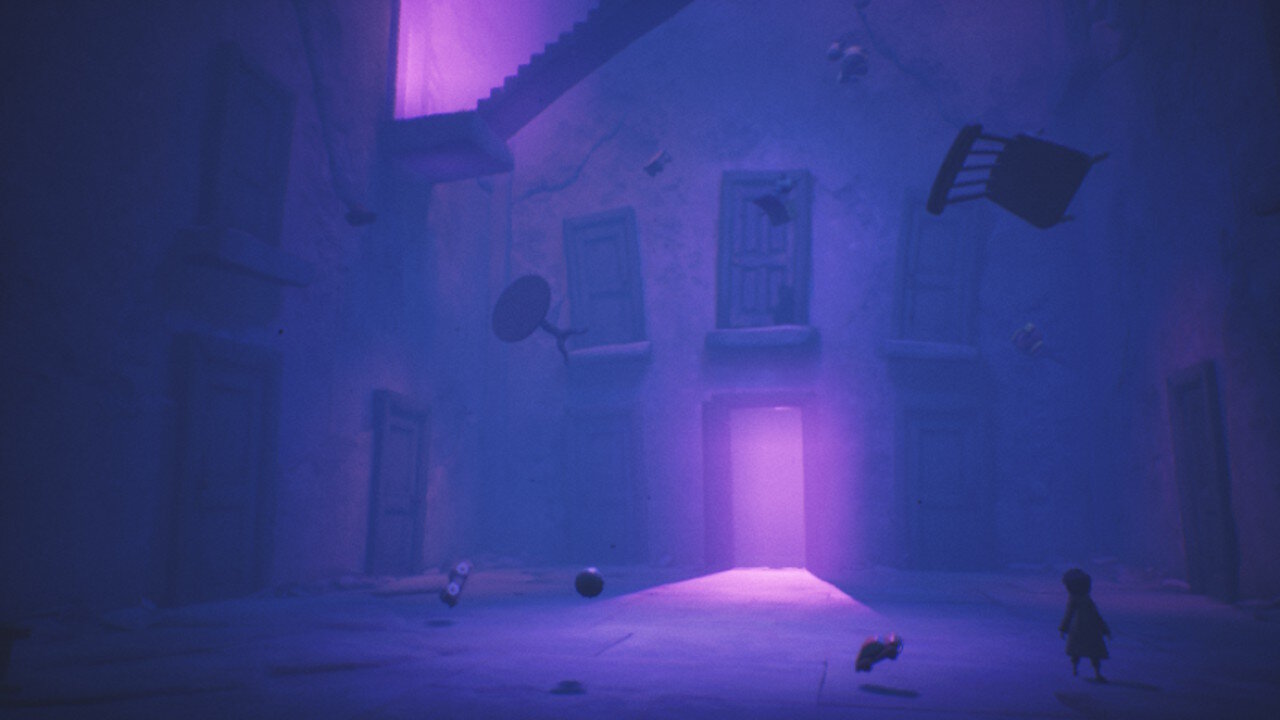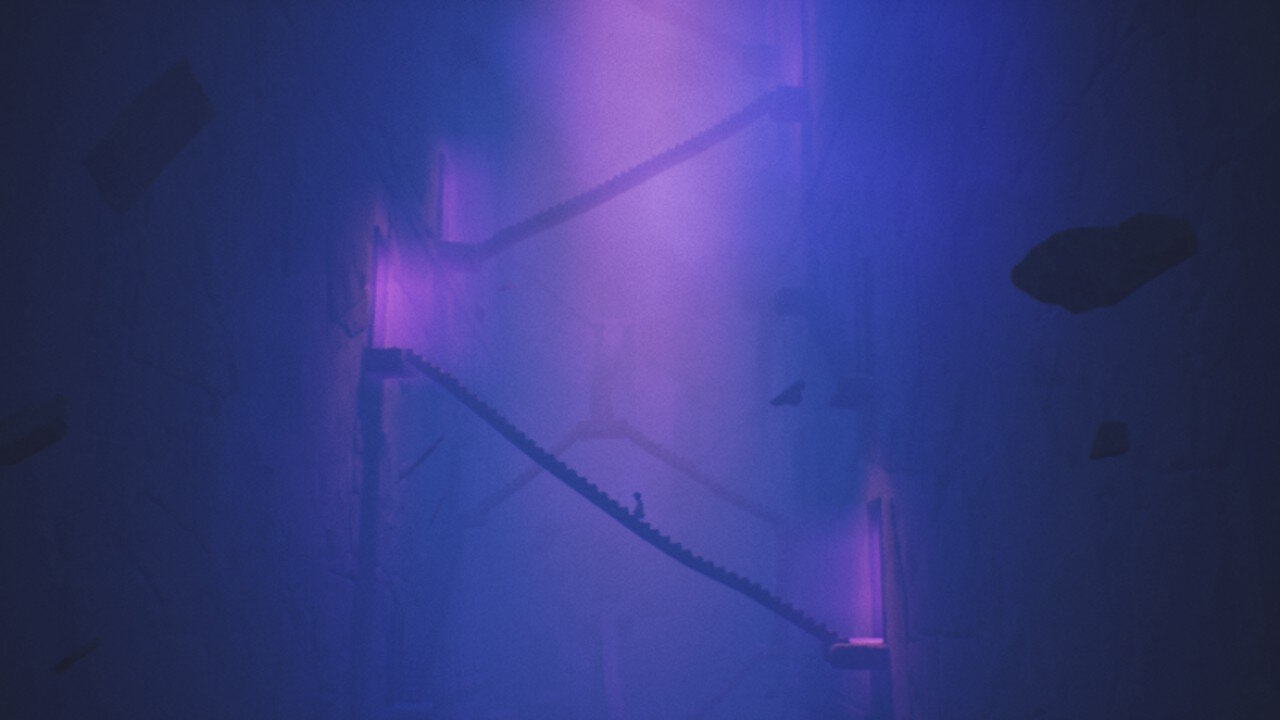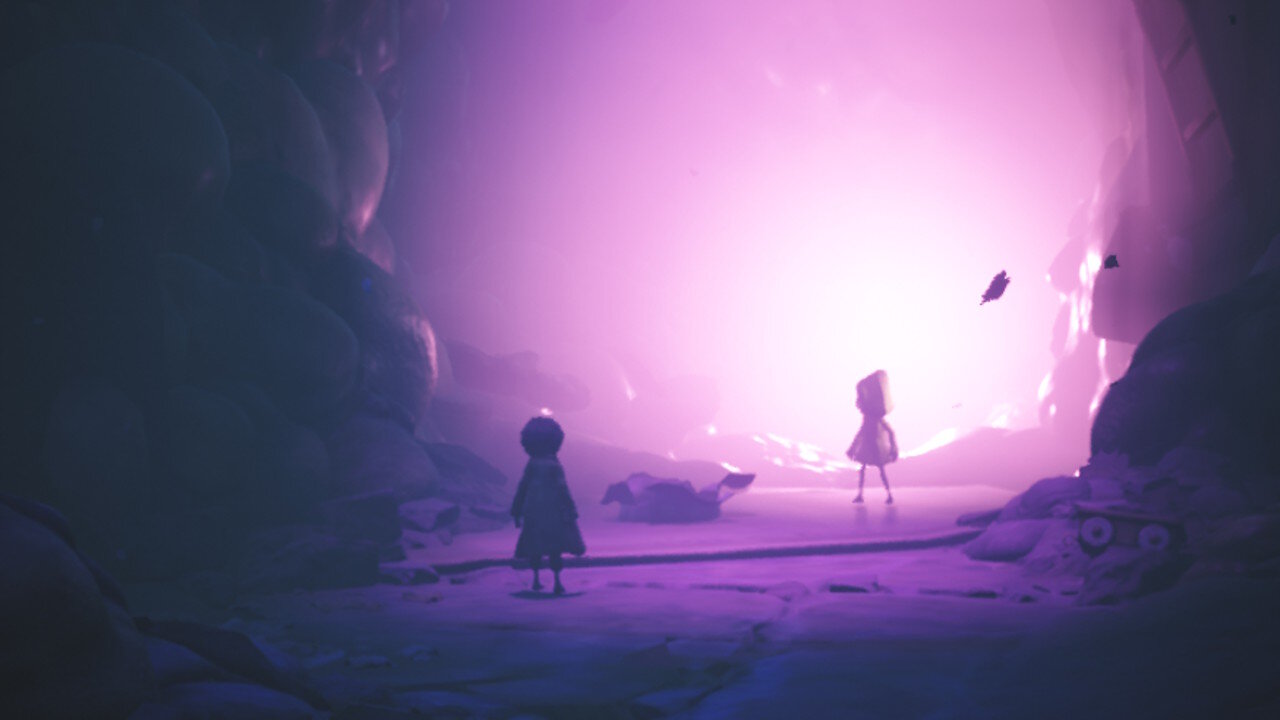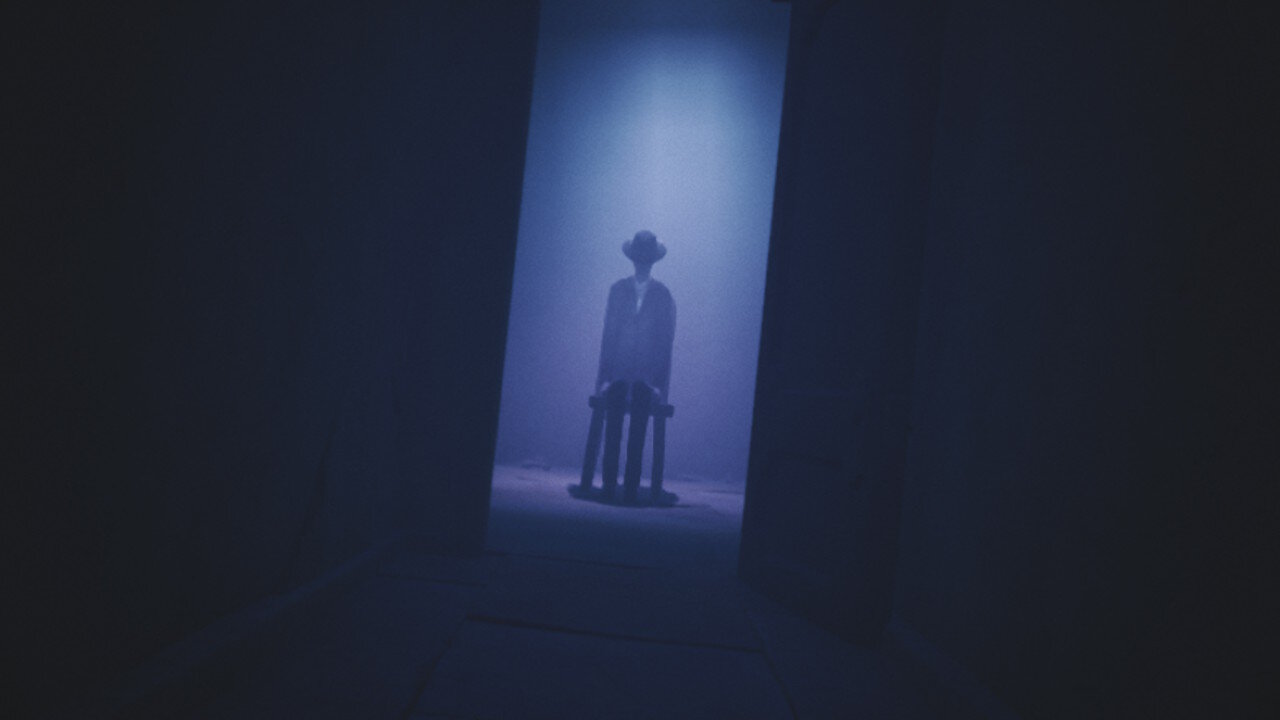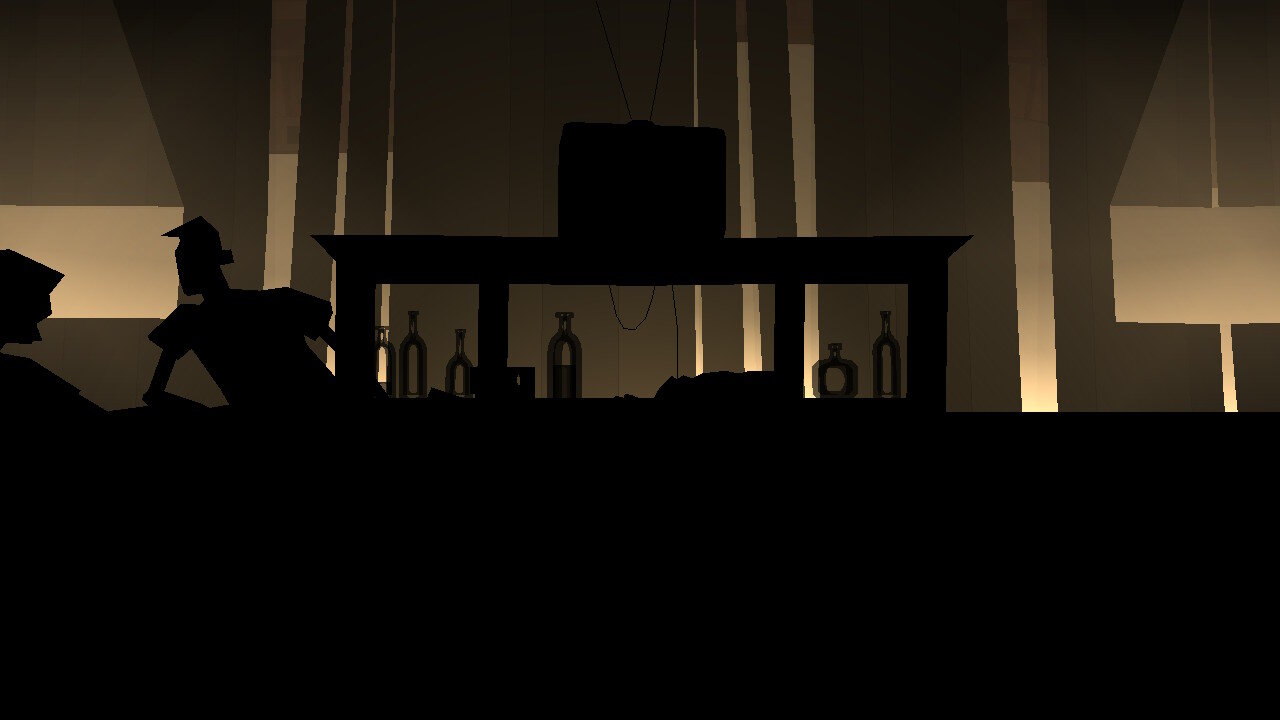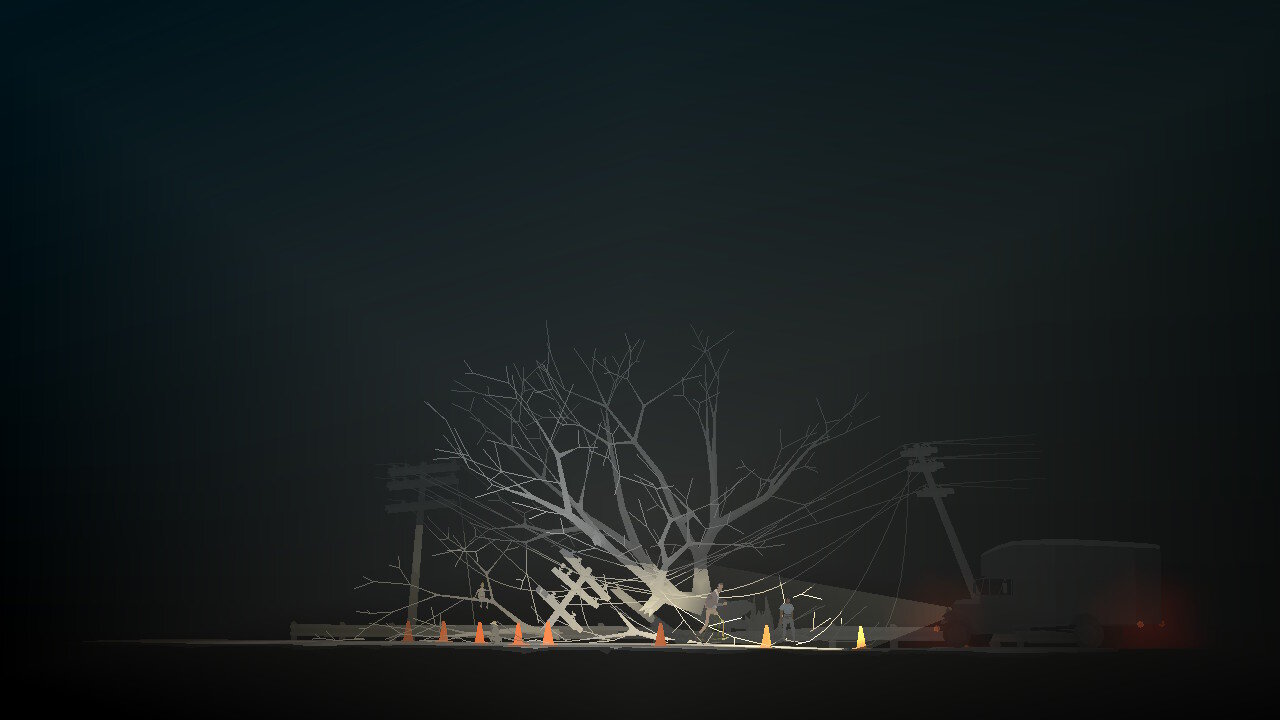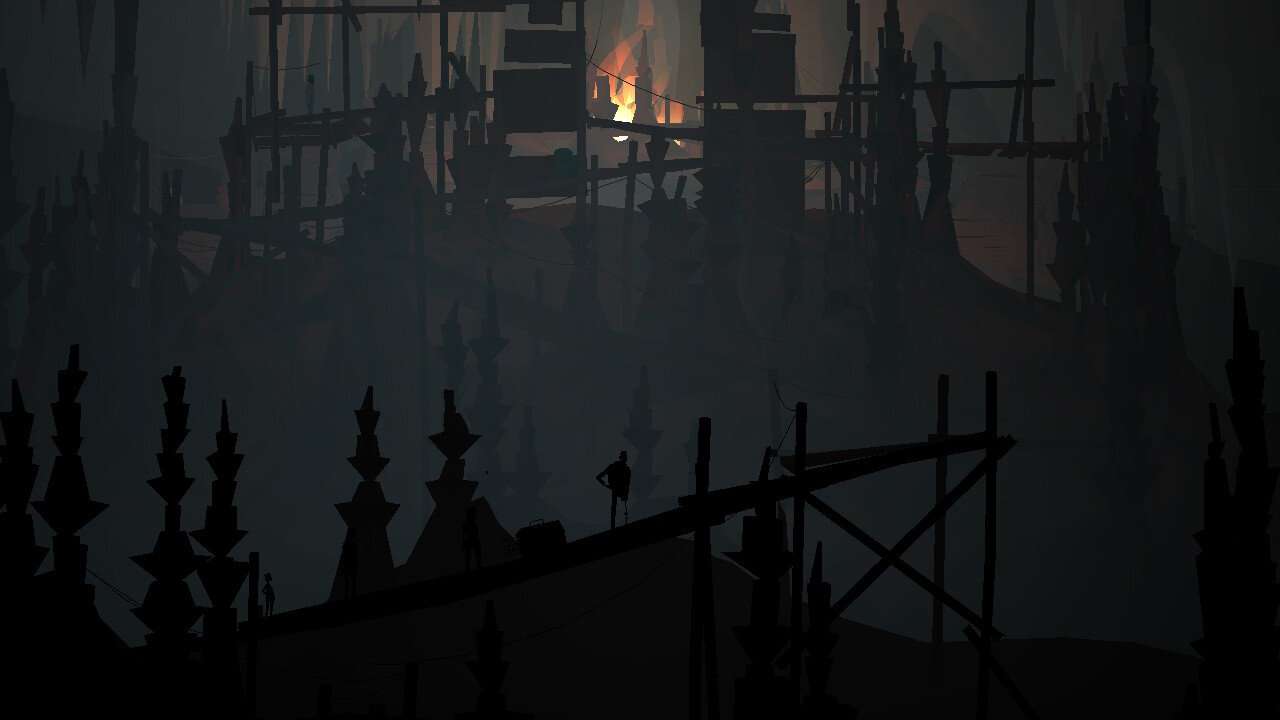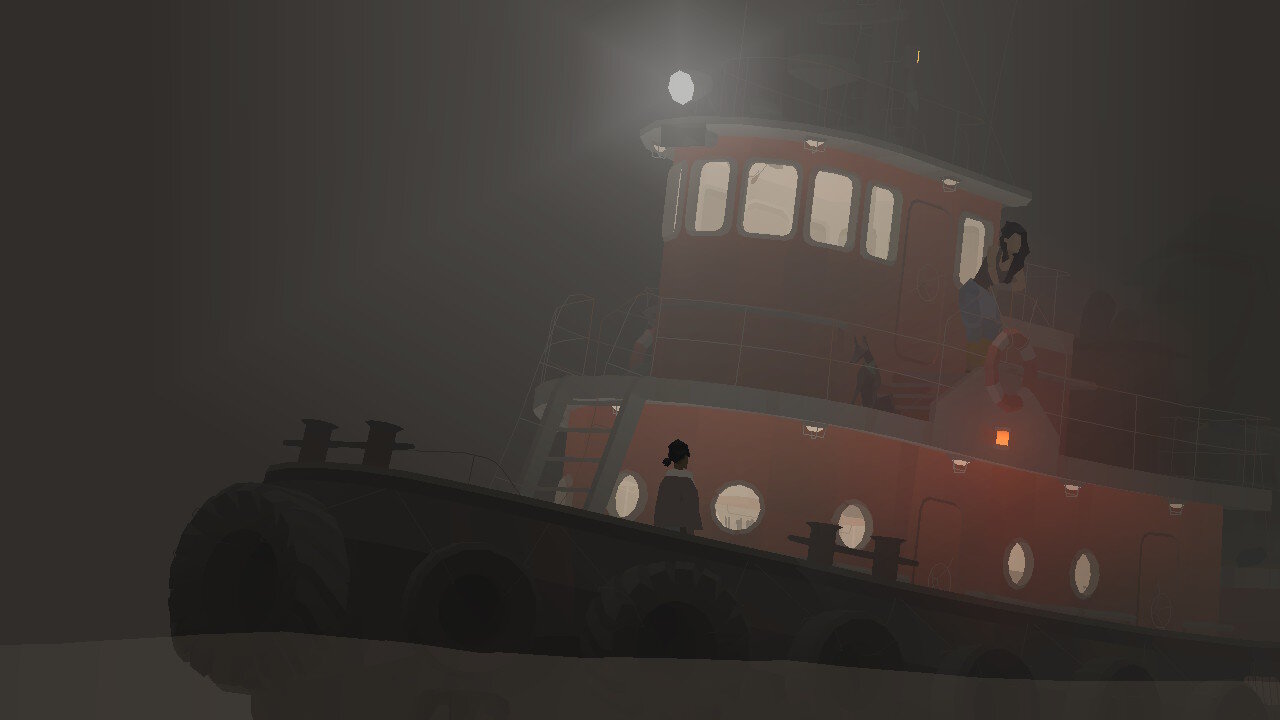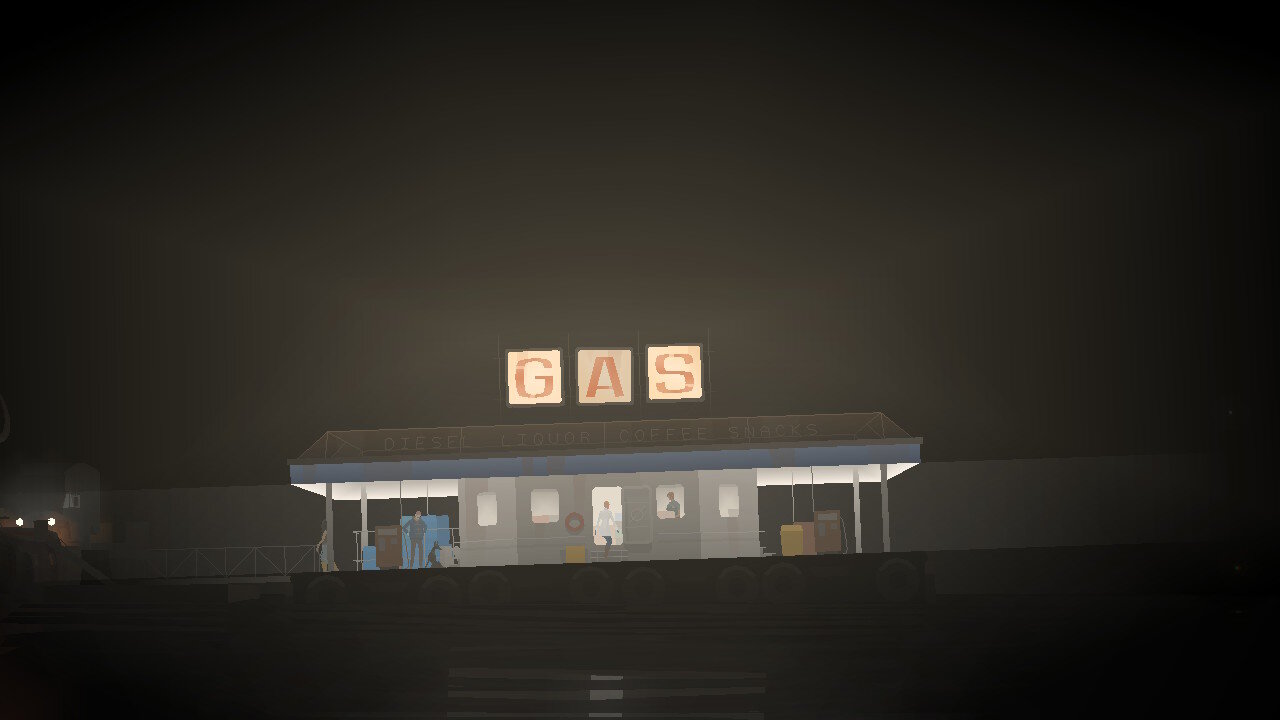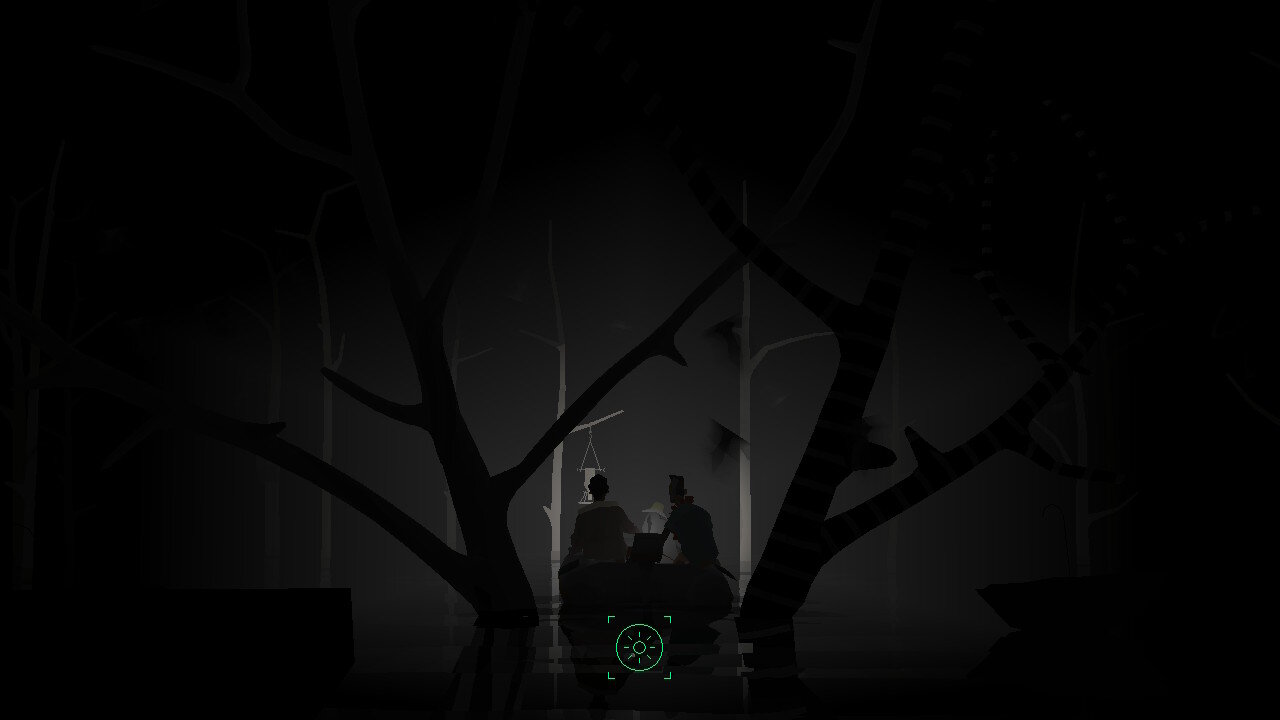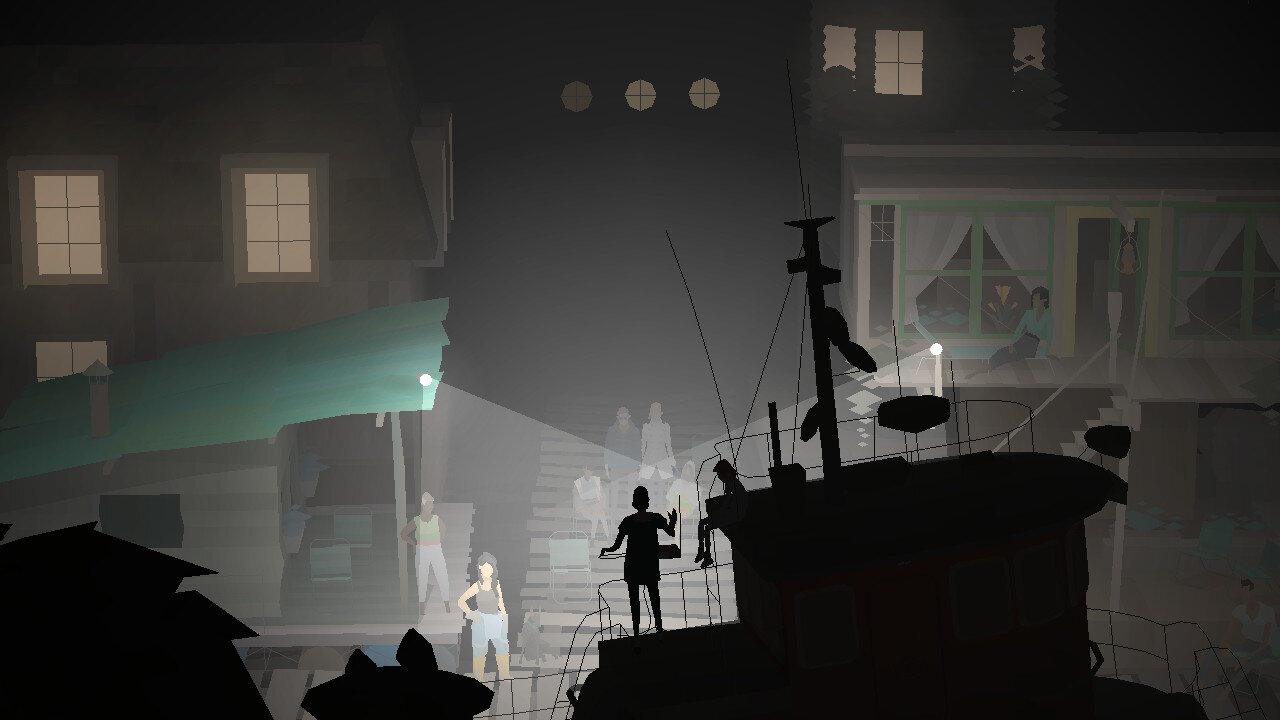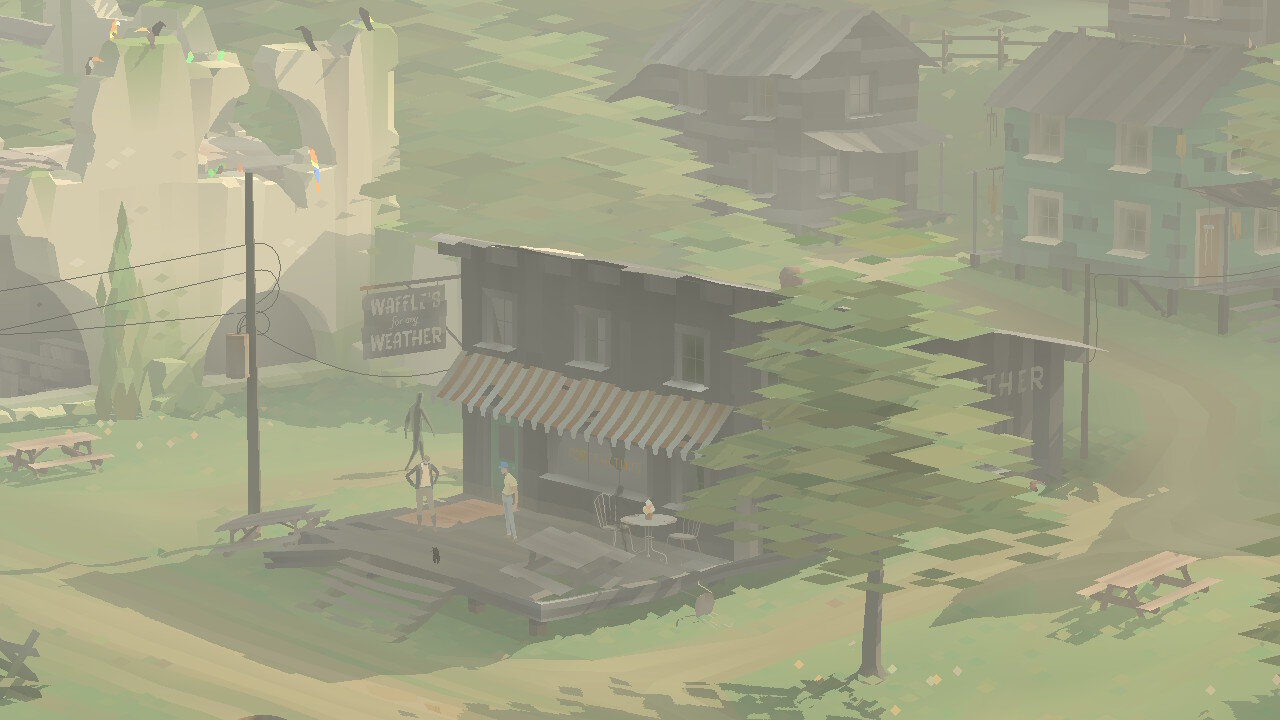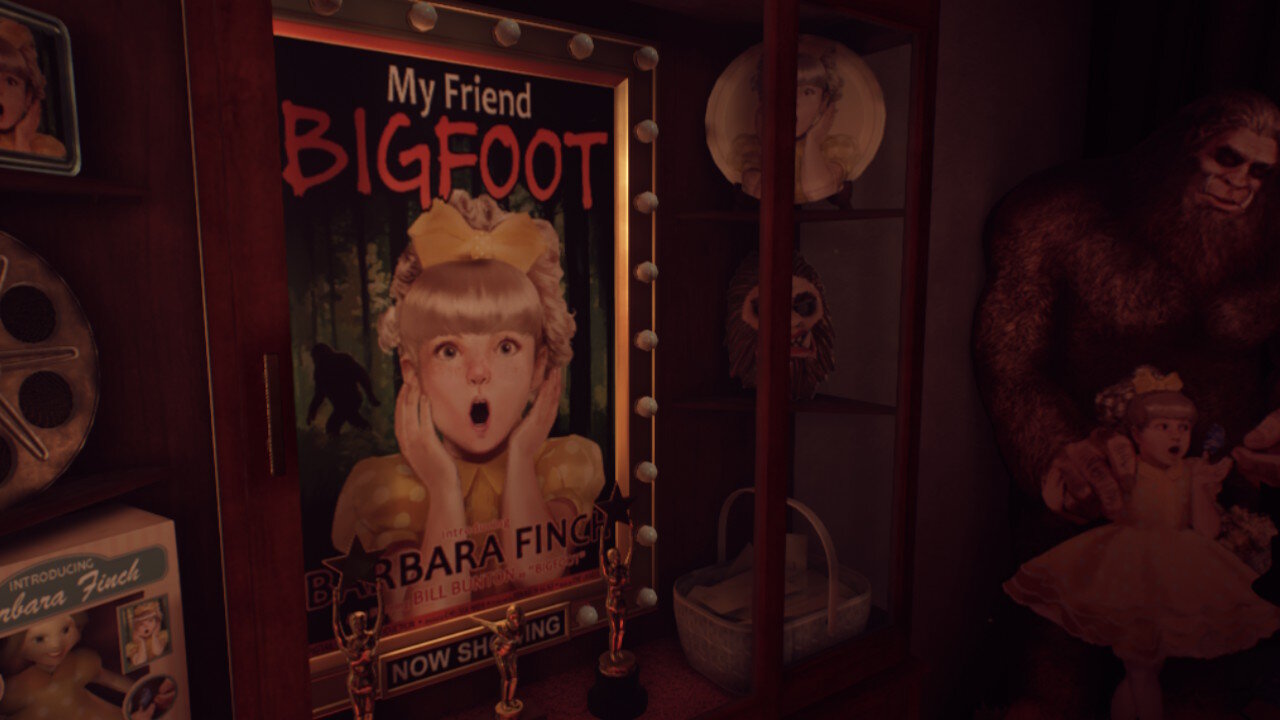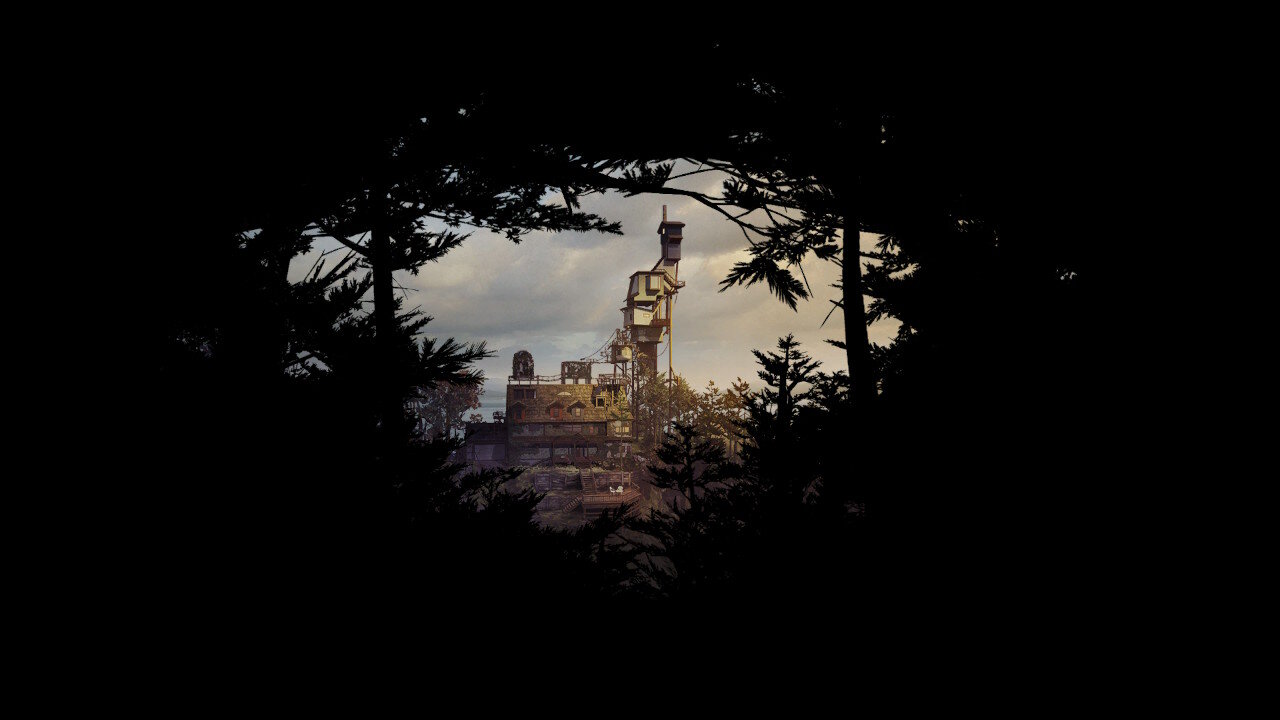He kicks off with the negative thoughts we often have about our peers by discussing the Mean World Syndrome brought about by the rolling 24 hour news coverage of terrible events. Even though we are currently living in one of the most peaceful times, where poverty has dropped substantially and the average life expectancy has increased, we think the world is going to ‘hell in a handcart.’ This is similar to the Blue Dot Effect I've spoken about in my BLM article where poorly placed misconceptions affect the real world.
He argues that where people see the norm of human nature being 'Lord of the Flies' or Hobbesian, actually it's more positive like the philosophy of Rousseau and the real life story of the 6 lost Tongan boys, who actually survived and thrived on an island for over a year after becoming shipwrecked in 1966.
In Part 1, The State of Nature, The Rise of Homo Puppy chapter looks at how wild animals can be domesticated if selected carefully for traits, such as friendliness, and breed. He uses the example of wild silver foxes bred in Siberia by Dmitri Belyaev, which was selectively bred and domesticated in just a couple of decades. He says that this may be what happened to homo sapiens compared to our ancestors, the Neanderthals. By working together, homo sapiens evolved and developed the skills to learn collectively whereas Neanderthals may have been individualistic and didn't work together- thus dooming them when the world went through a deep freeze. Homo sapiens were able to adapt quickly due to collective education which built on the shoulders of previous giants whereas lone Neanderthals couldn't develop quickly enough, even though they had a bigger brain size.
He also argues that the mainstream books which popularised and backed the violent nature of human ancestors sold significantly better this those texts that were less lurid and more restrained in their bold claims.
Part 2, After Auschwitz, looks at one of the most extreme examples of human horror, the holocaust, by examining the social psychology experiments that underpin most if our current thoughts about human nature. Bregman looks at William Golding and his ‘Lord of the Flies nihilism,’ Richard Dawkins Selfish Gene, Jared Diamond’s cautionary tale of Easter Island, Philip Zimbardo's Stanford Prison Experiment and finally, Stanley Milgrims Shock Machine Experiment.
Bregman breaks down how the data or experiments were manipulated to fit an agenda or to make the results tell a different tale from what was being presented, that is all except for Milgrim's where the experiment has been replicated with similar results each time. Looking into this, Bregman reached the conclusion that people can do terrible things if they believe that they are doing good, in other words the road to hell are paved with good intentions. The people who pushed the electric shock button causing pain to others felt that even though they were doing wrong, if it was for the benefit of science and humankind so that was alright. Chillingly, Eichmann, the Nazi, told the Nuremberg courts that he felt fine with killing 5 million people as it was for a higher purpose and he felt he’d achieved that.
If we look at current world conflicts no-one believes that they are the bad guy, in fact many would believe they are on the side of good and right (discounting for people with identified serious sociopathic behaviours that is). That's the problem, Bregman argues; we are not mindless robots but we can be misled and do heinous things when we believe in what we are doing- a skewed Moral Imperative and Purpose if you will. Philosopher Hannah Arendt believed this too but has been lumped in with Milgrim's 'We are born sinners and evil' etc.
Part 3, Why Good People Turn Bad, looks to turn over the theory of 'pure evil' as it seems to be an easy answer to think that the people who do bad things are not like us but something apart. The problem is, they often aren't, except in ideology or mindset. One of the big names in deception and lies is Machiavelli, with many world leaders - including Churchill, Mussolini, Hitler, Stalin, Charles V and Napoleon- having the book, The Prince in their library. Machiavellianiasm is considered to be an inherent truth about human nature; cheaters DO prosper. In fact, much of the world believes that this is the only way to get ahead, however experiments have found that this is counter to evidence. In fact, Survival of the Friendliest seems to work best... except when it doesn't and this is usually as we climb up the corporate ladder. In fact, under the criteria for diagnosable sociopathy, CEOs are at 4 to 8% compared to the average of 1% in the general population.
The other area Bregman looks at is myths and how belief in religion, states, companies, nations create a narrative for the stories we tell ourselves e.g. The notion of the British stiff upper lip. The idea that the ‘Enlightenment’ introduced ‘Reason’ and this did away with misconceptions about human selfishness is untrue as institutions were created with the notion built in that humans are selfish, irrational and require taming for the good of society.
Part 4, A New Realism, has Bregman consider a world where the dominant human thought is that humans are kind and want to do good. He argues that we live in a world where the current thinking is based on the Pygmalion Effect, the idea of placebo and where high expectations in people lead to improved results AND the inverse, which is the Golem Effect, where low expectations and it's insidious cycle of negativity can have long lasting effects. We oscillate between these two and it causes problems that seem cyclical, like boom and bust economics (or the reproductive rights of women, BAME rights etc)
This situation is perpetuated by Pluralistic Ingnorance, where people don't want to admit that they have a knowledge gap or will even admit to not knowing about something for fear of seeming ignorant or lesser. The problem is we increasingly live in a world where people feel they cannot be honest lest they be condemned for their ignorance. It's disheartening but there is another, more hopeful way; 'The Will to Believe' in the inherent goodness of people.
The current model that is used across the world, which applies irrespective of political leaning, is of extrinsic incentives bias- the belief that people are solely motivated by material gain. This was popularised with mechanisation of industry in the 1900s by Fredrick Taylor and is called Taylorism. The idea is people are lazy and feckless and only money motivates them. That is why they need to be monitored, watched and their performance scrutinised. However, behaviouralists in the 1970s kept finding research that showed for most people it was the intrinsic value in their work that they found most important, irrespective of financial inducements. Money was essential of course but there was a limit as to how much money could motivate, there was generally a ceiling on how much it would yield 'better results, more productivity' etc. Research has shown that if people do something because they want to do it they will often do it better than when they are paid to do so.
The idea of intrinsic value is the focus for the chapter on education and the streamlining of learning to the core lessons of Maths, English and Science. Bregman argues that play is key to encourage pupils to think big and be creative but has been limited by pressure of exam and education boards and league tables.
Chapter 5, The Other Cheek, looks at the Broken Windows theory, where there is an almost zero tolerance approach to crimes and even small misdemeanors. By being firm you set boundaries but the problem, as Bregman points out is increased incarceration and a predisposition for many institutions to malign certain minority groups. Also, the Broken Windows theory doesn't seem to be as successful as Complementary Behaviour which is about being polite and respectful as the other person will mirror that. Added with Contact Theory, the idea that by interacting with other groups you get to develop bonds and to see their lived experience, you develop compassion. Complimentary Behaviour is, well, complimentary. Apparently, more contacts with a diverse range of people means you become more open to ideas and themes of brotherhood, equality and freedom for all.
Bregman ends on a note of hope and offers 10 rules to live by:
1) When in doubt, assume the best,
2) Think in win-win scenarios,
3) Ask more questions,
4) Temper your empathy, train your compassion,
5) Try to understand the other, even if you don't get where they're coming from,
6) Love your own as others love their own,
7) Avoid the news,
8) Don't punch Nazis,
9) Come out of the closet: don't be ashamed to do good, and
10) Be realistic.
